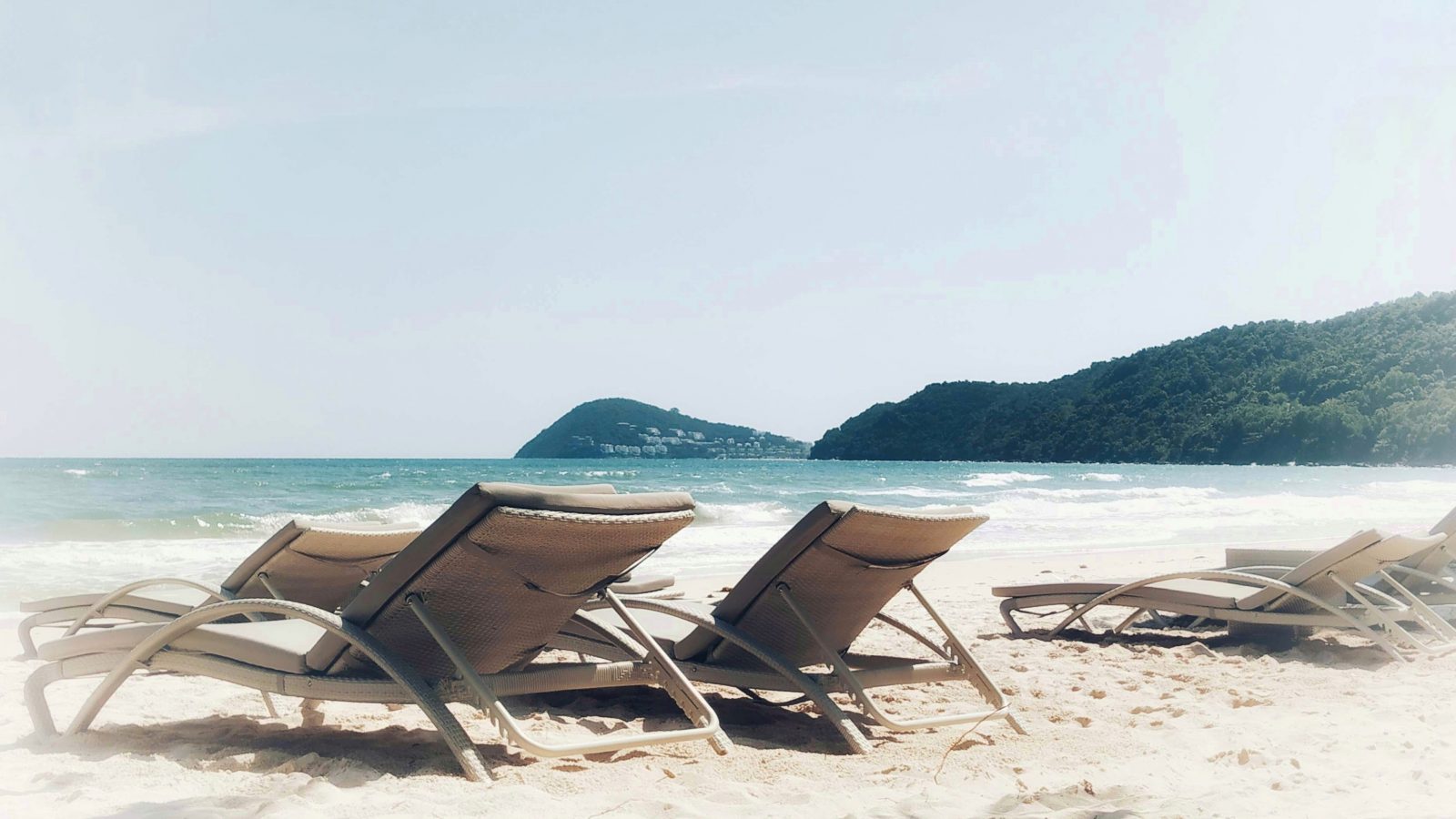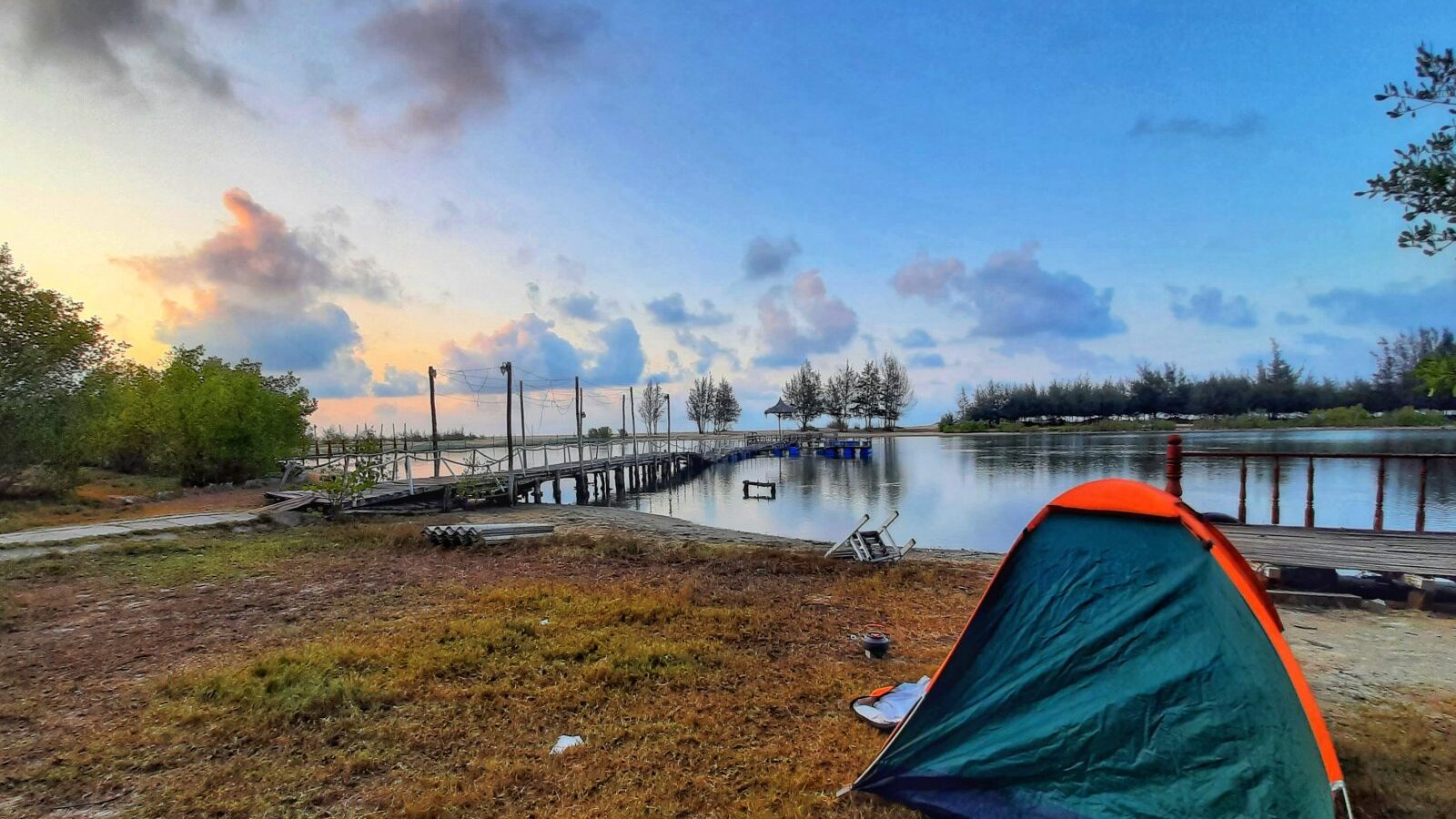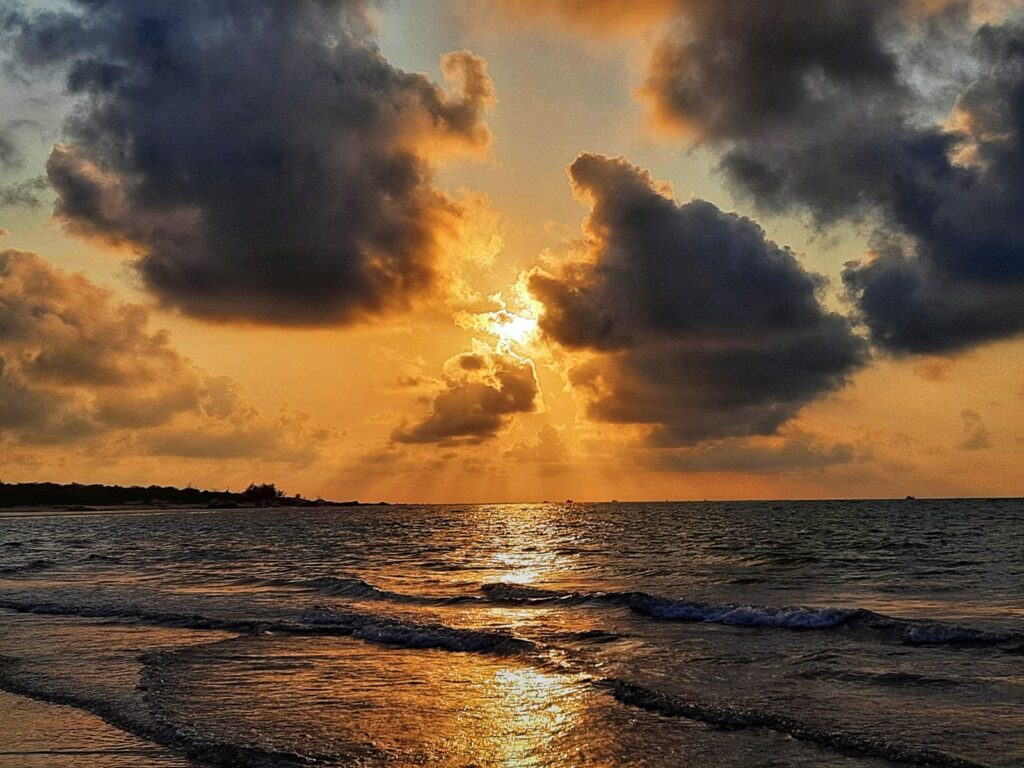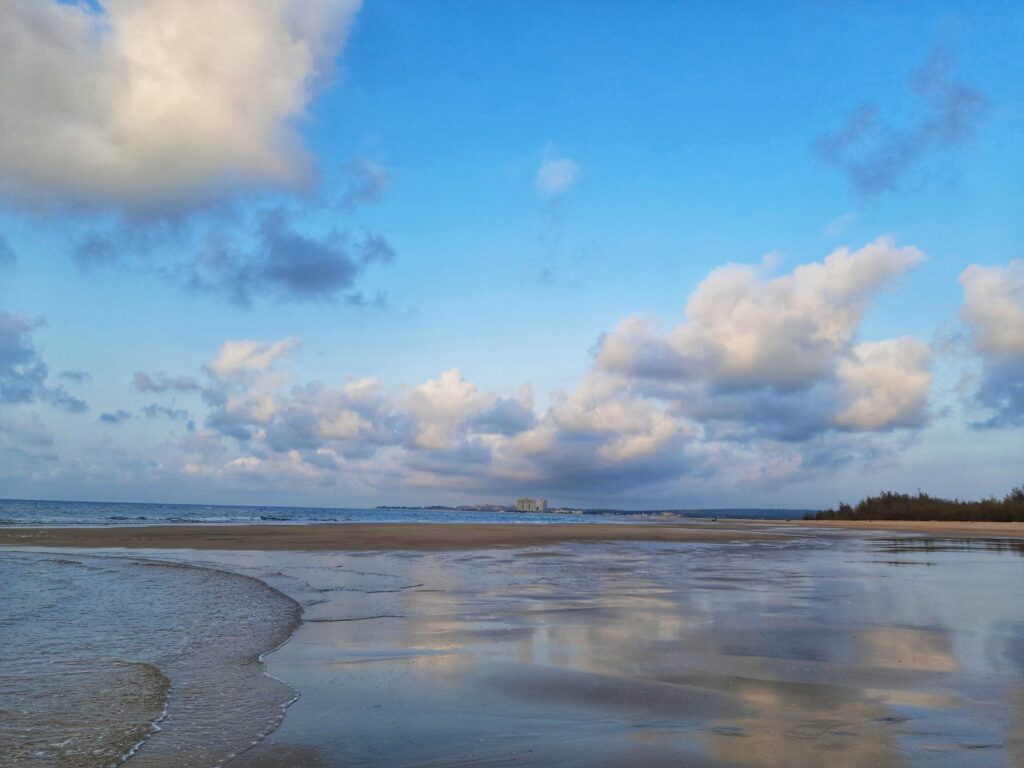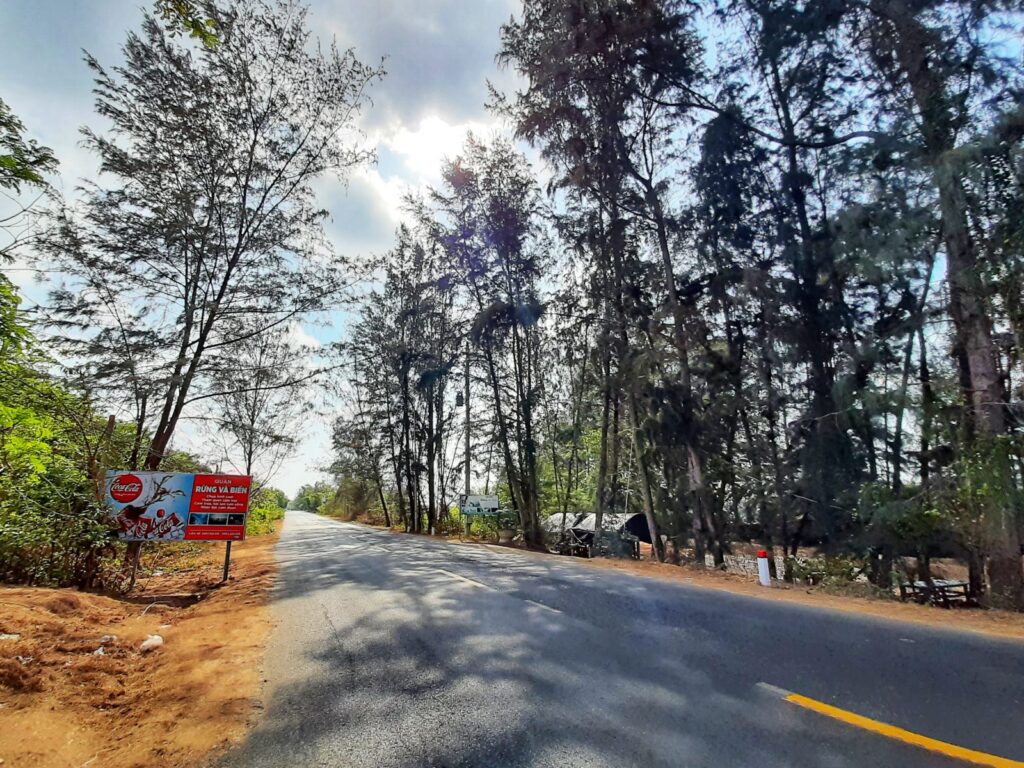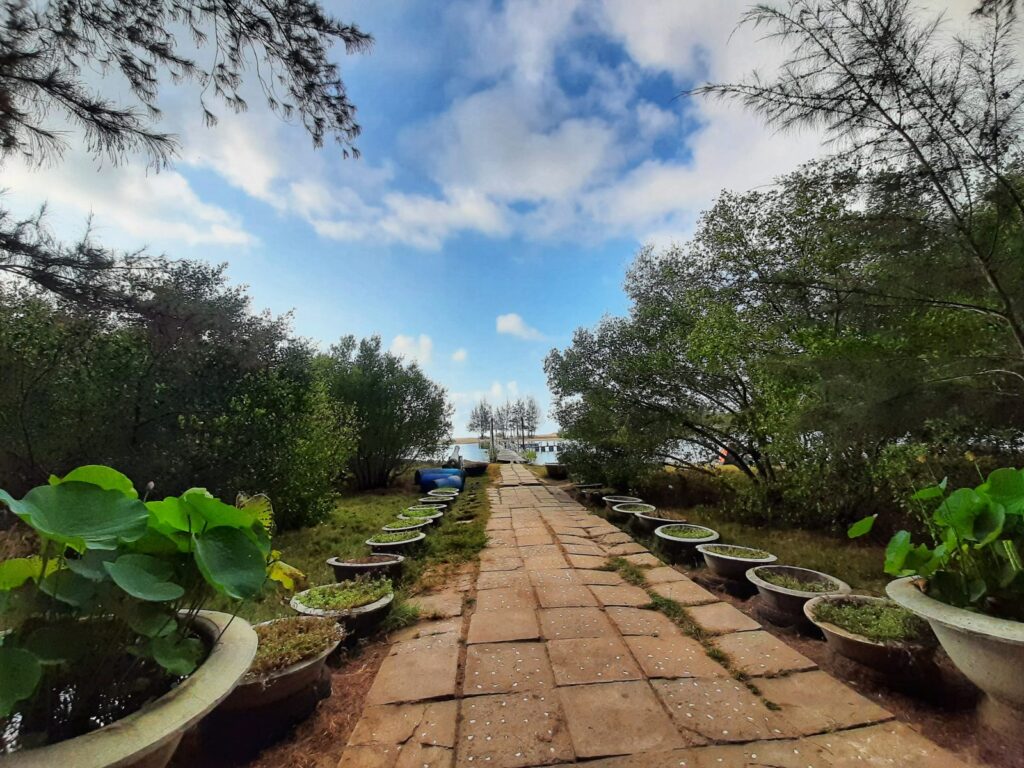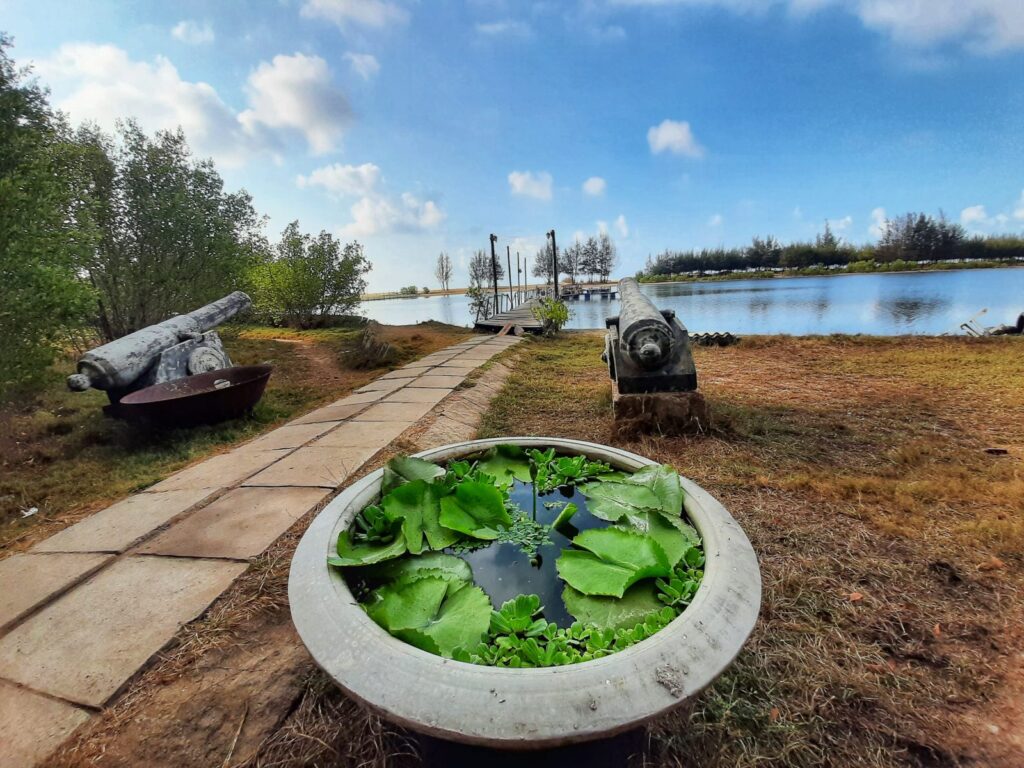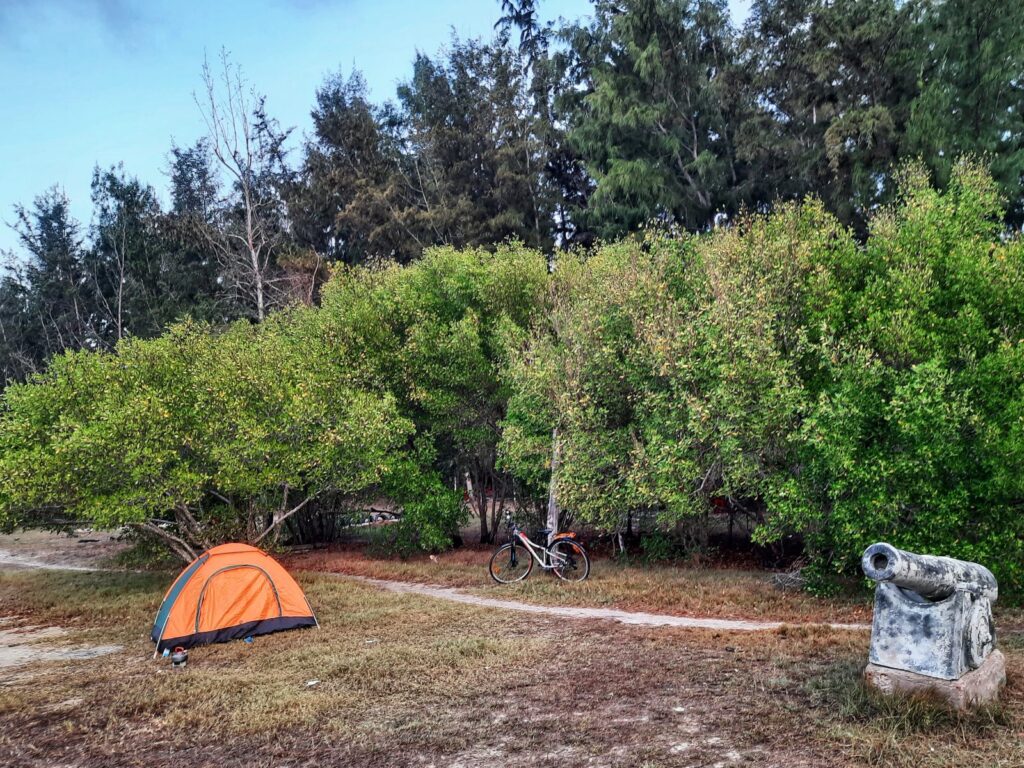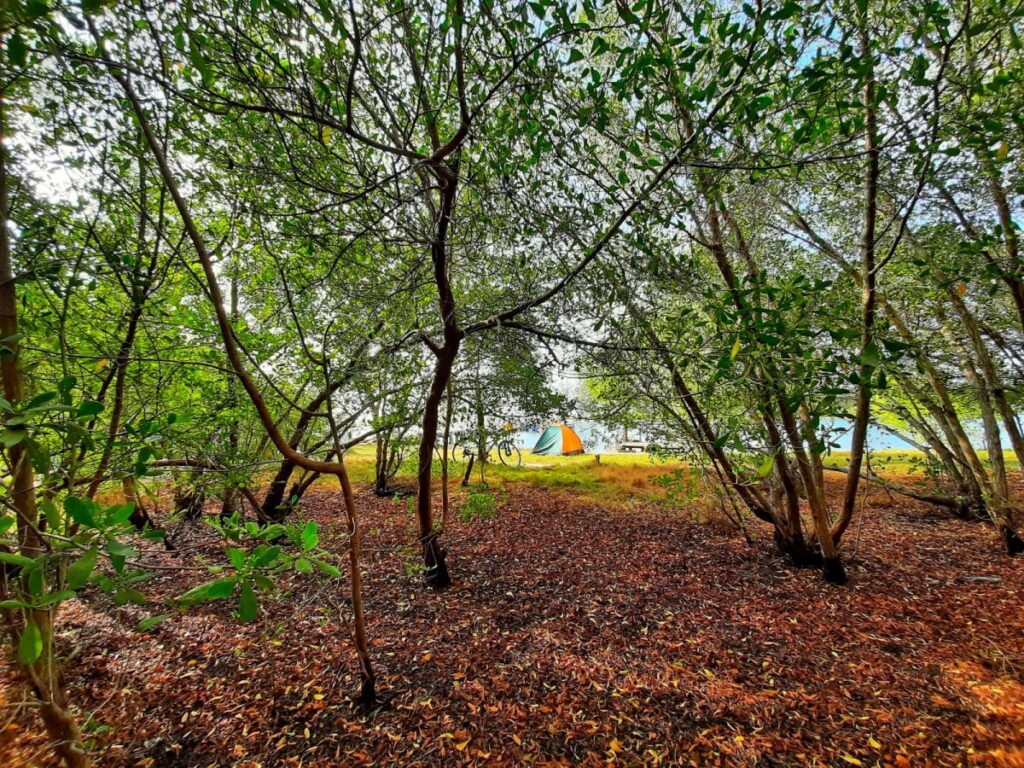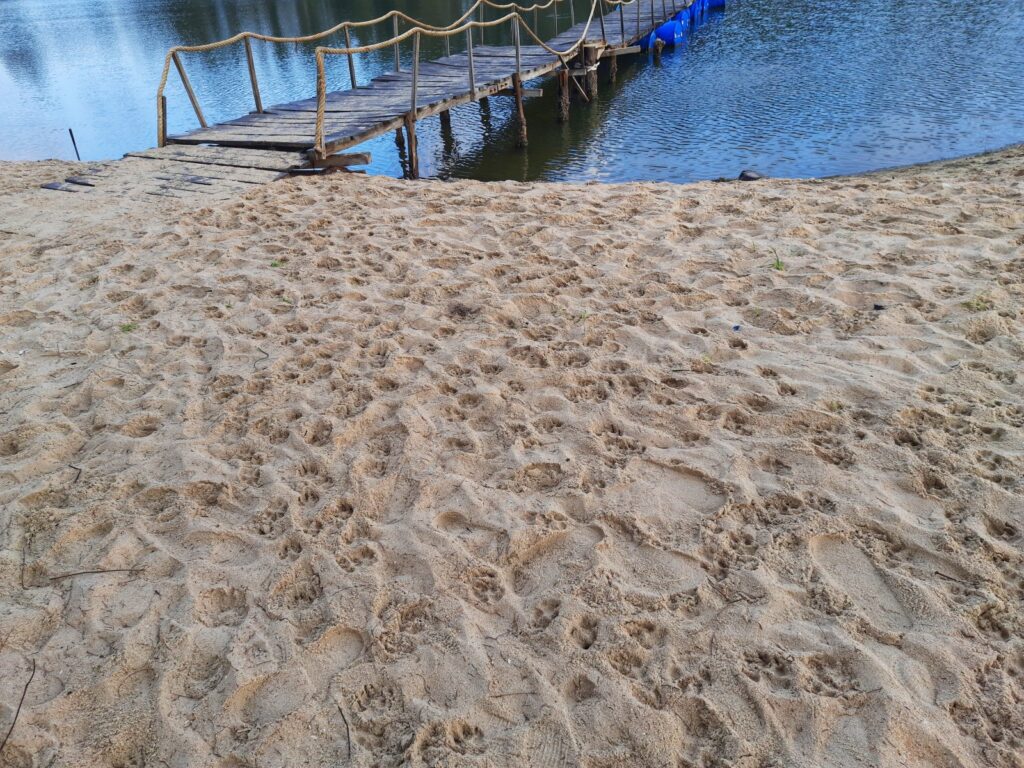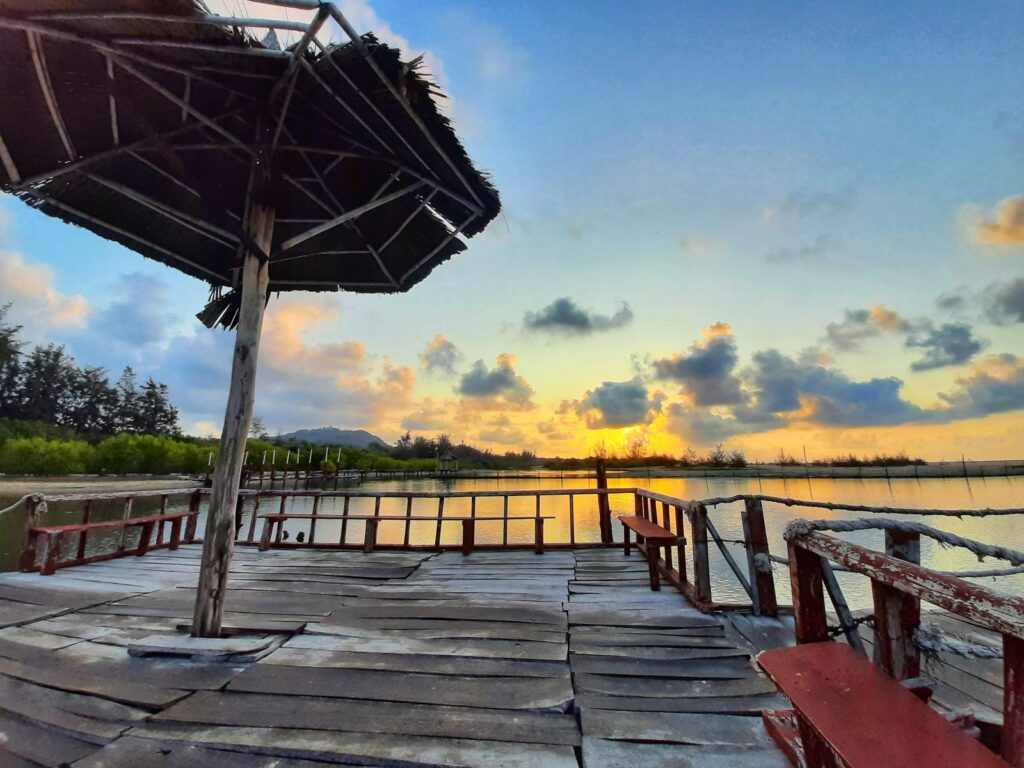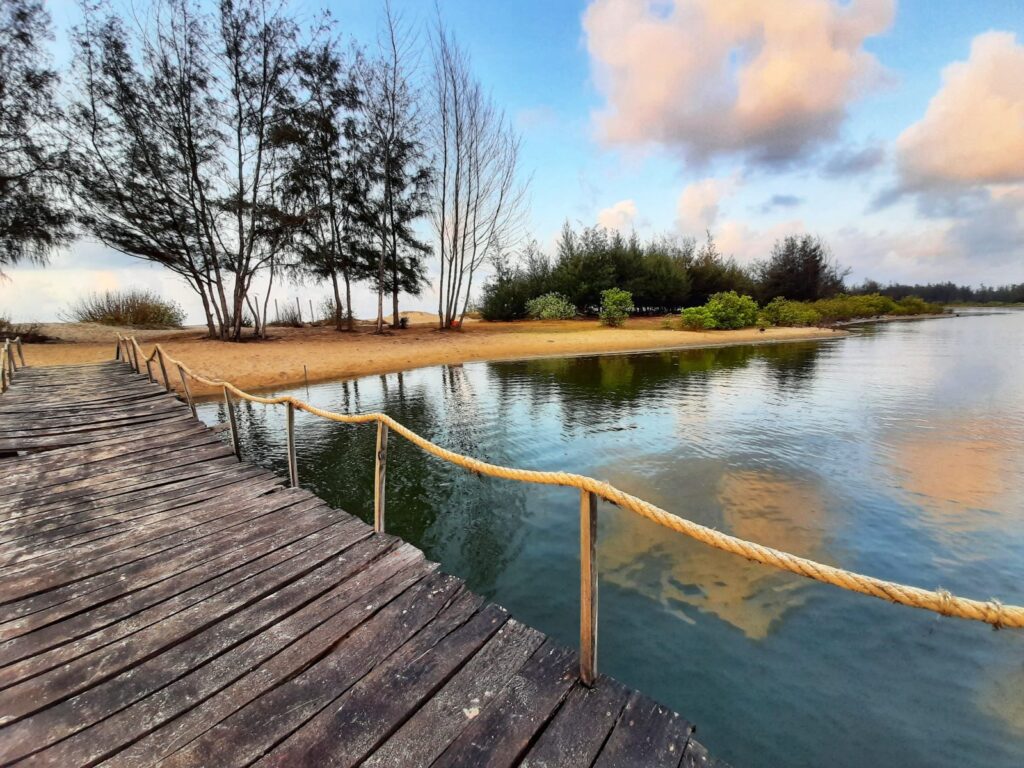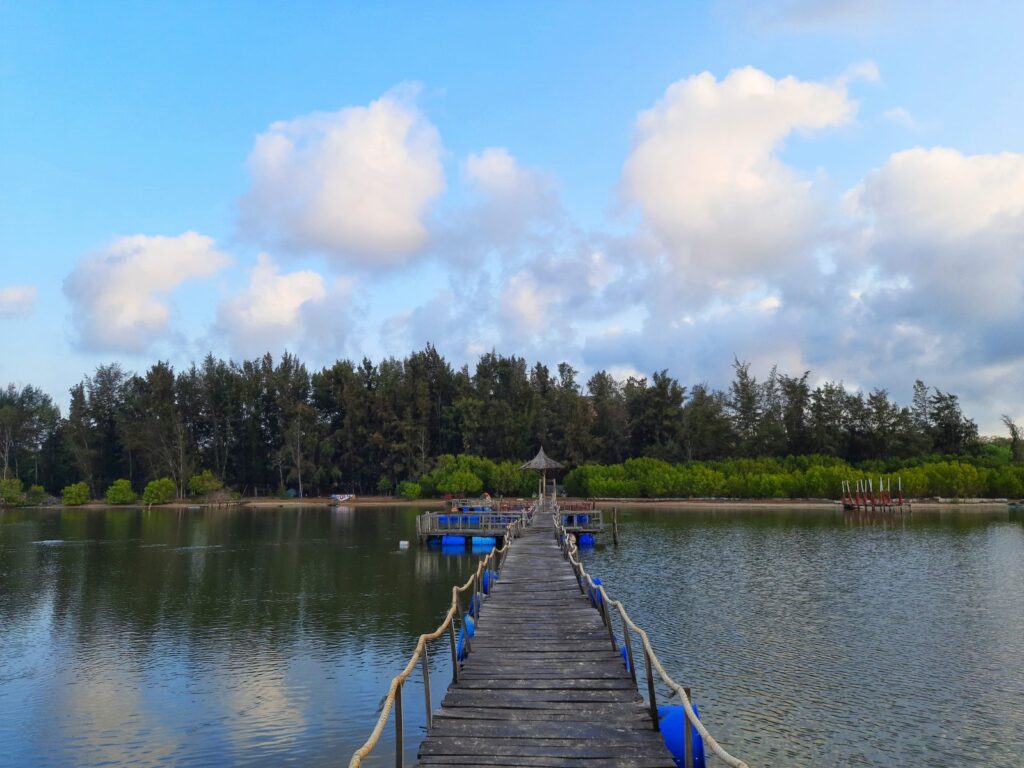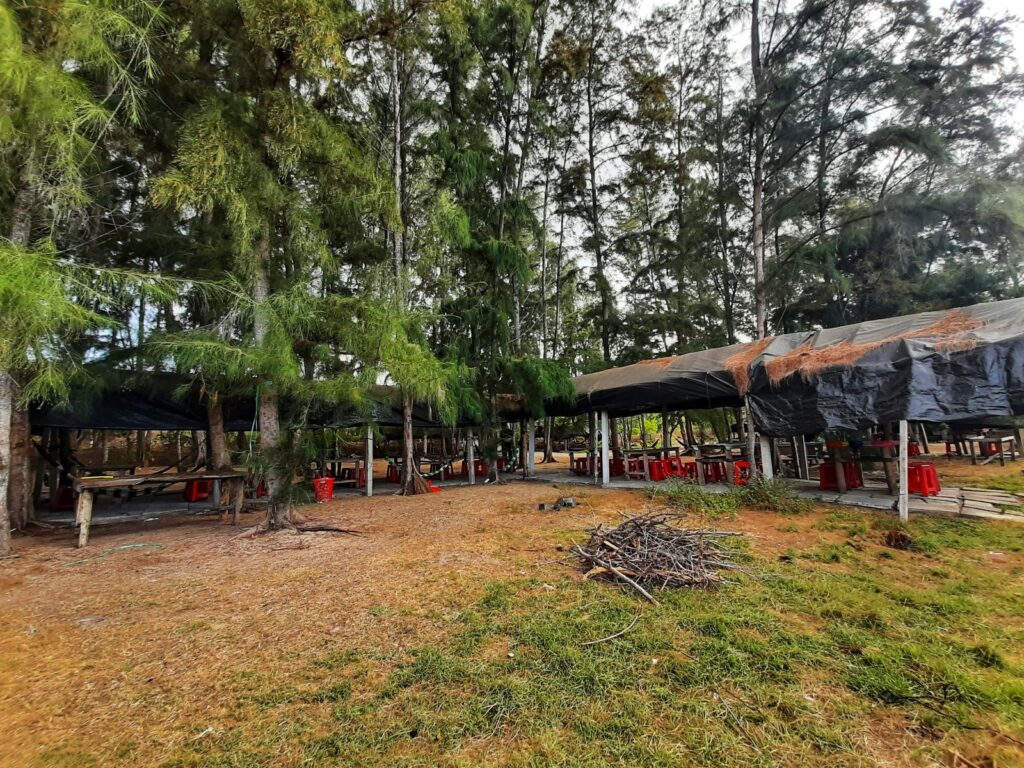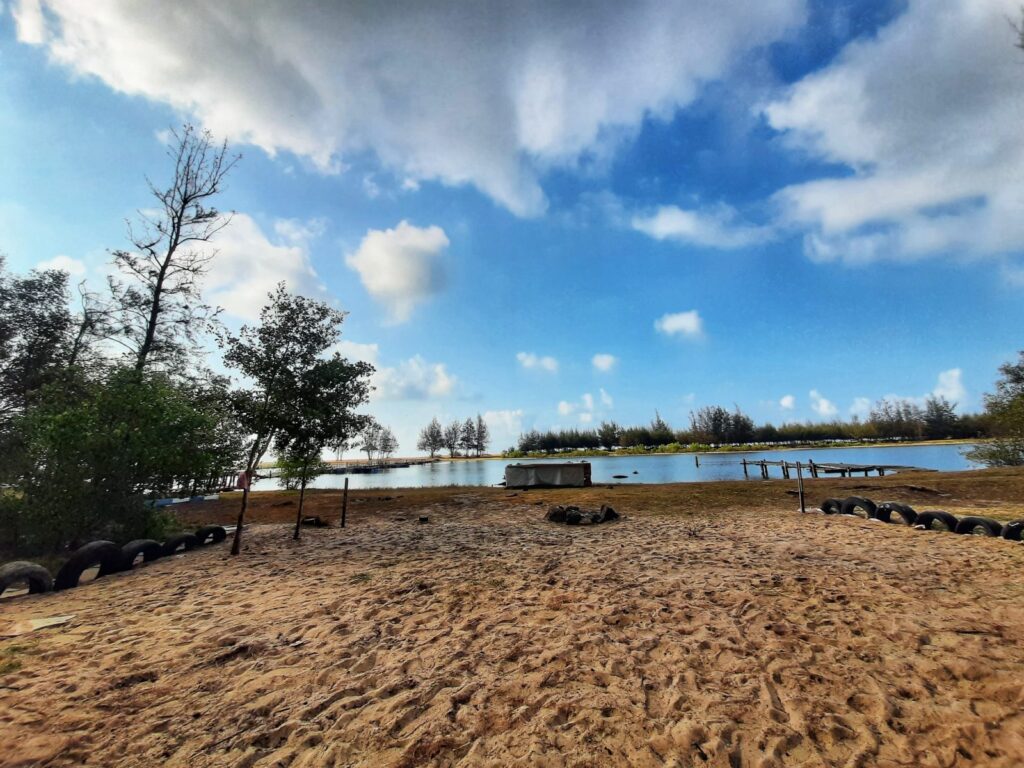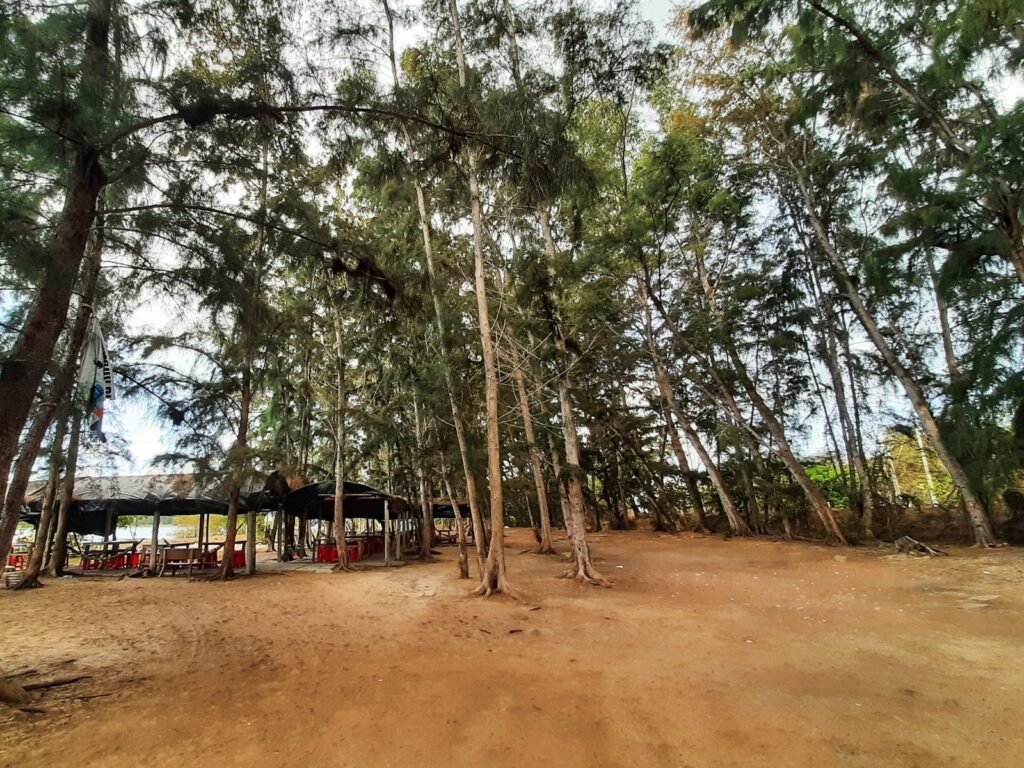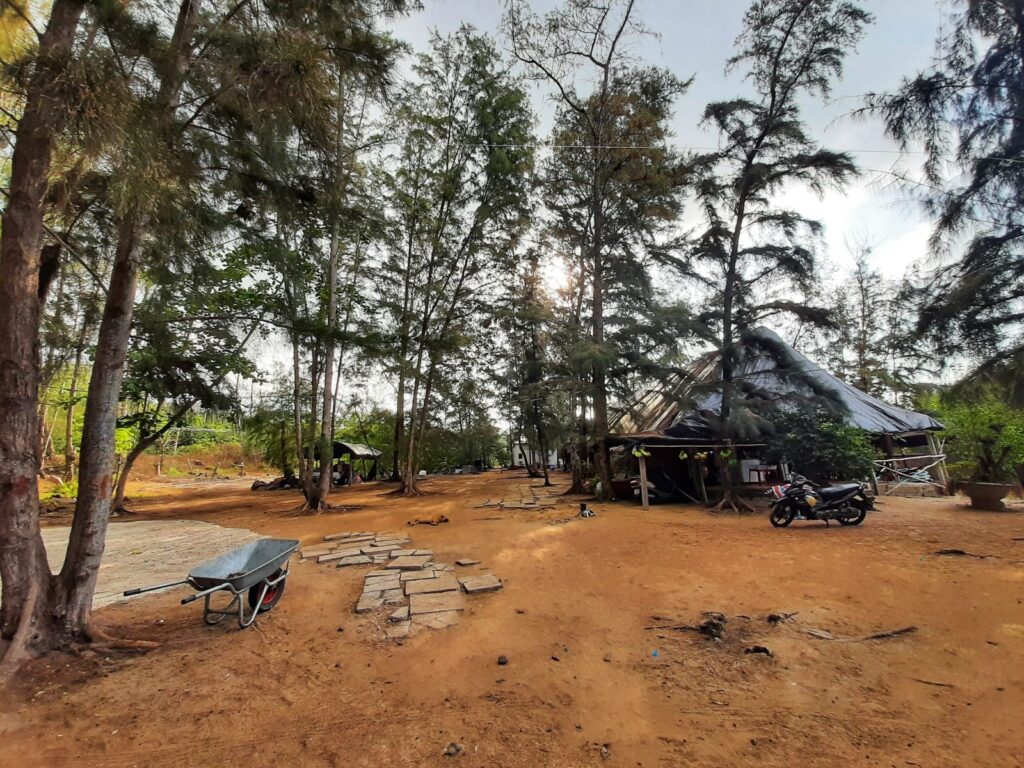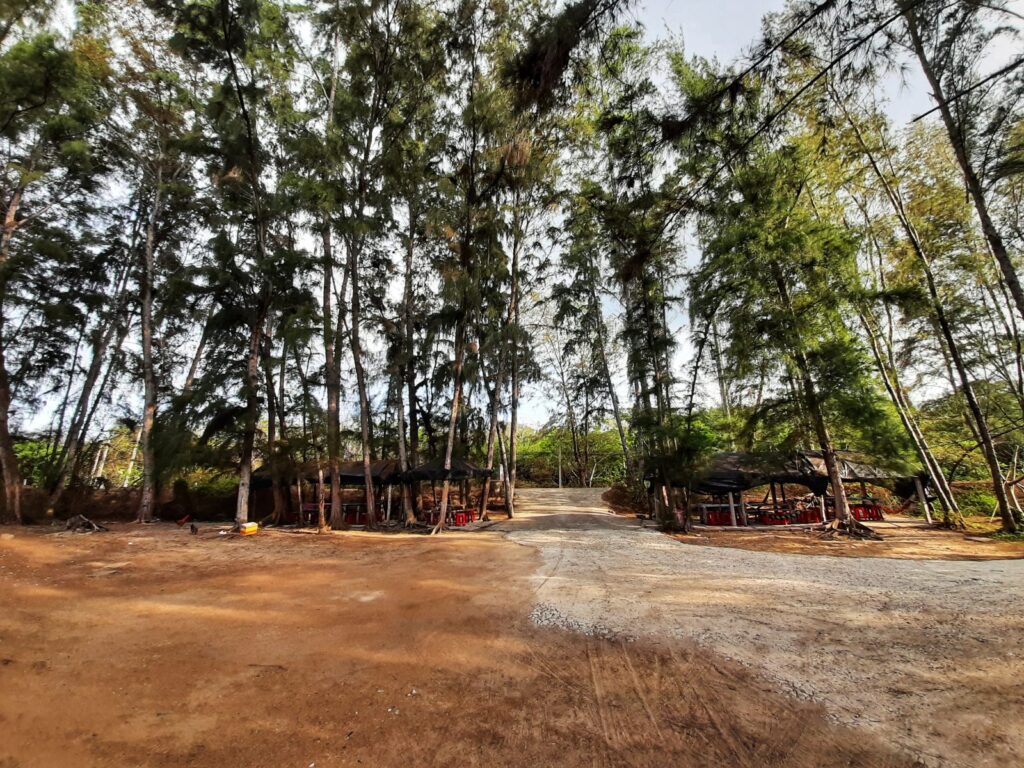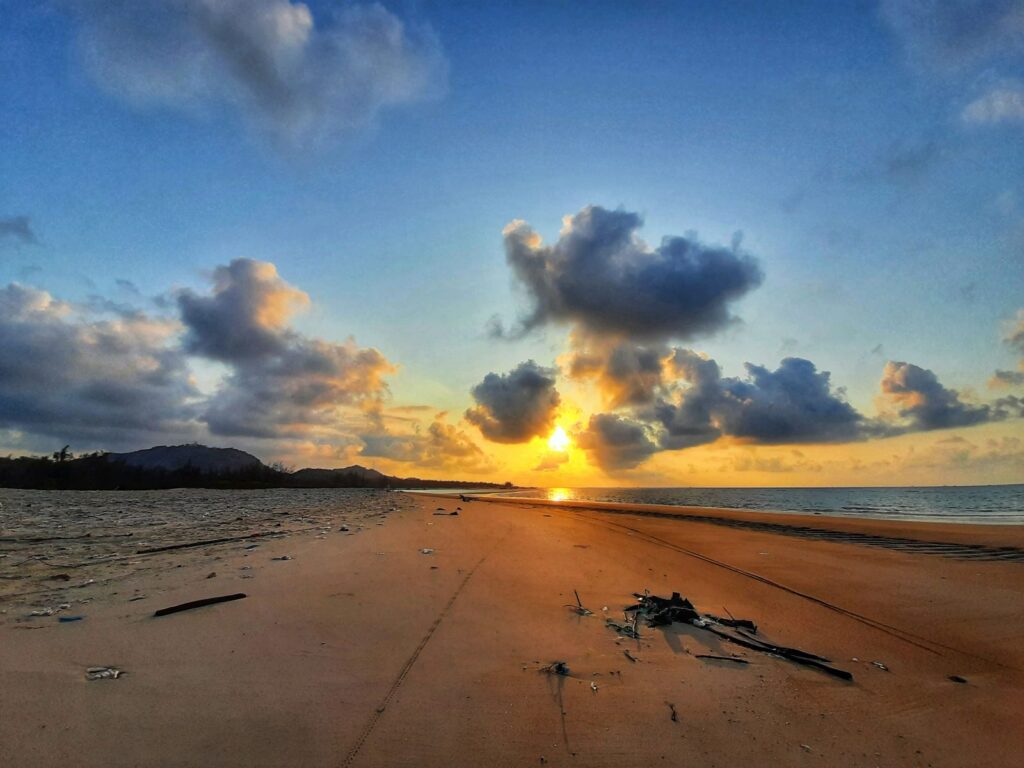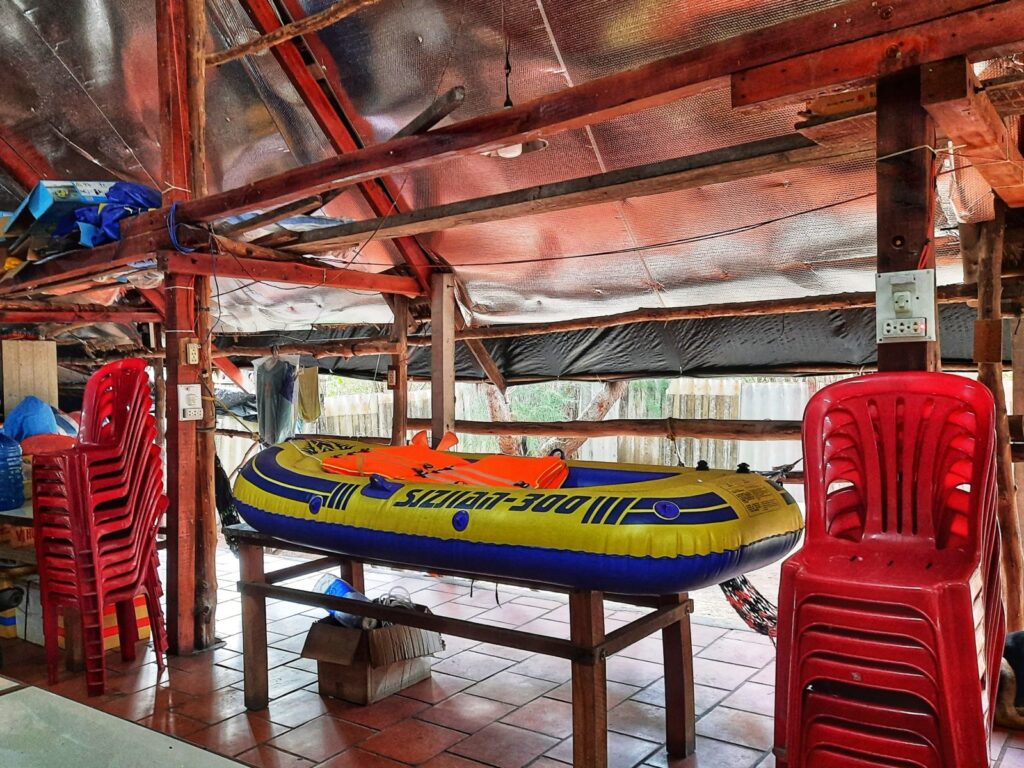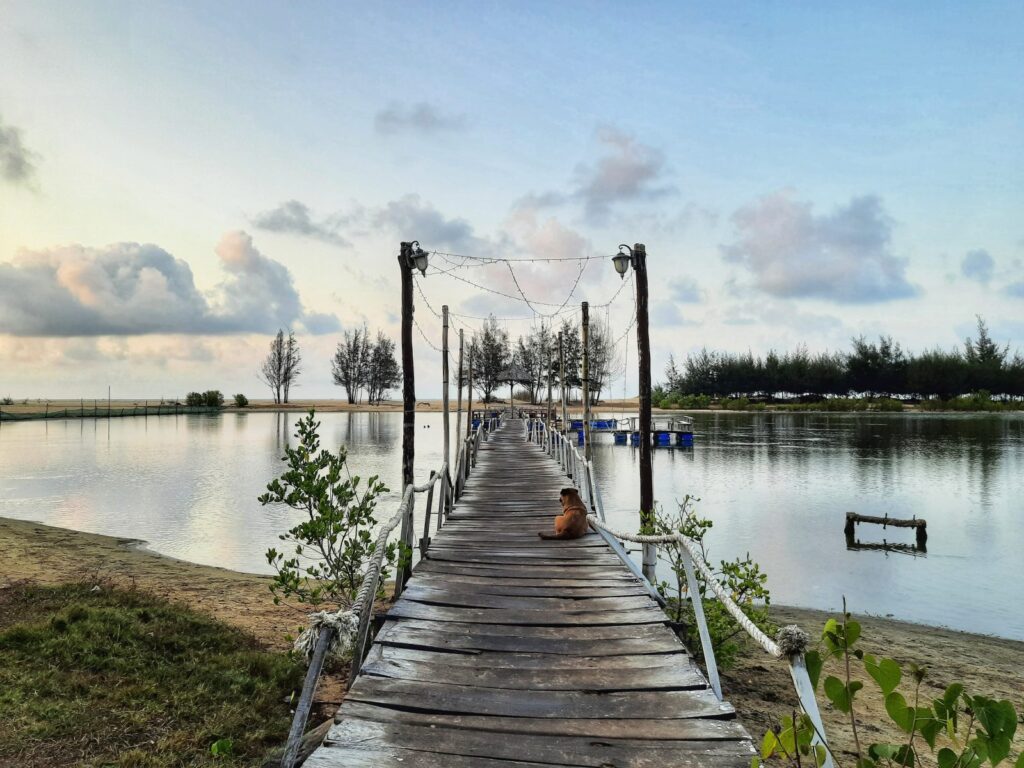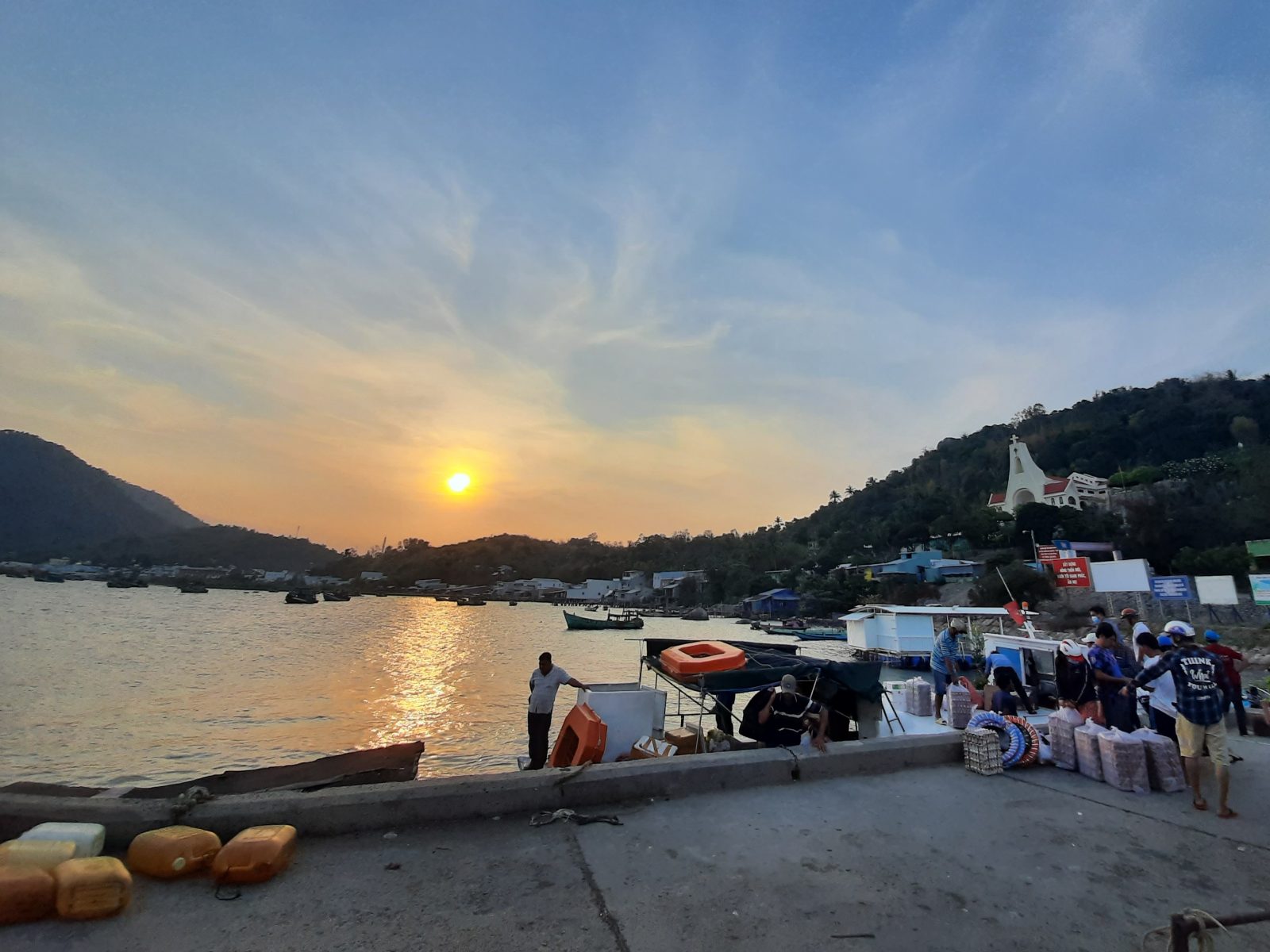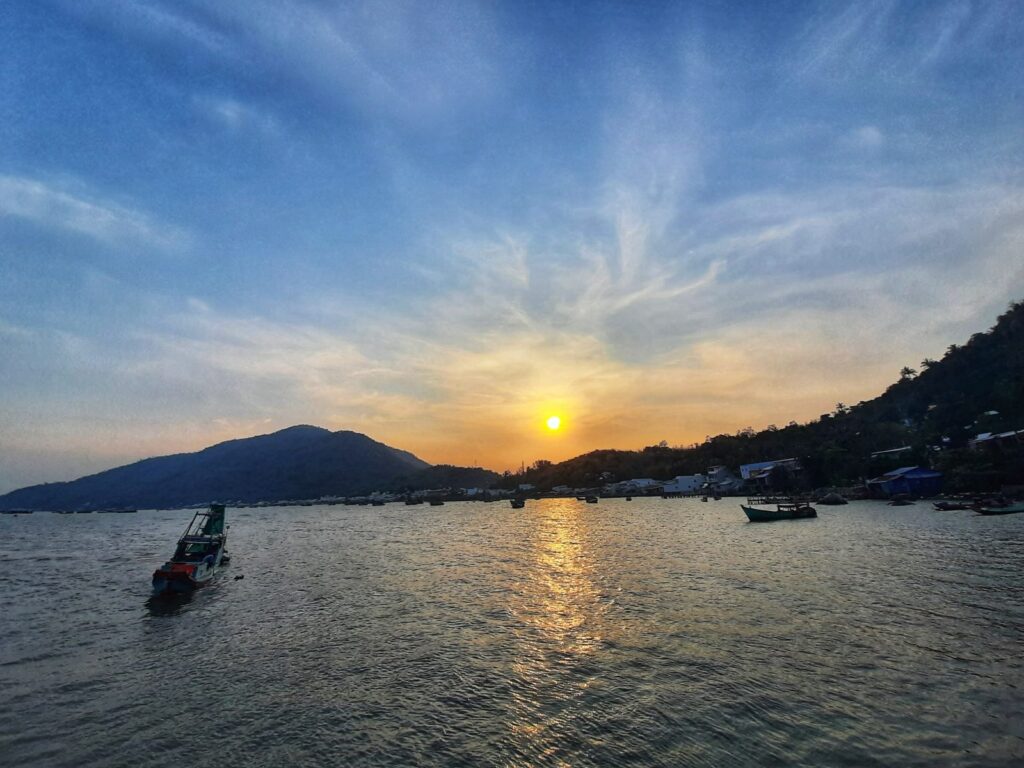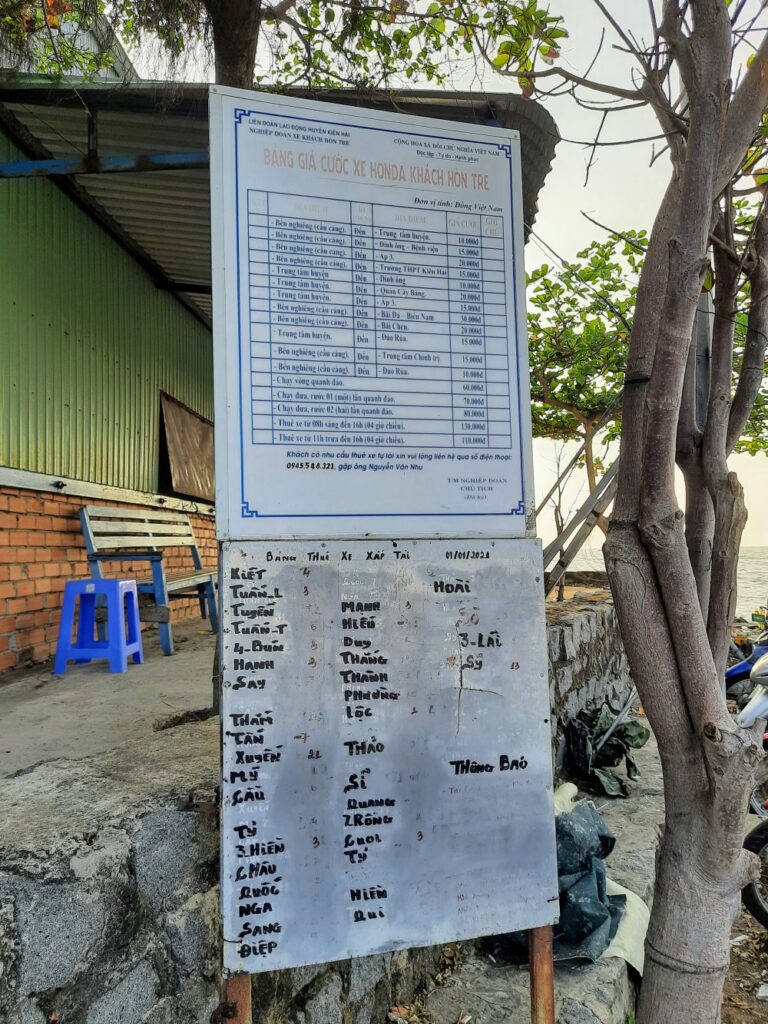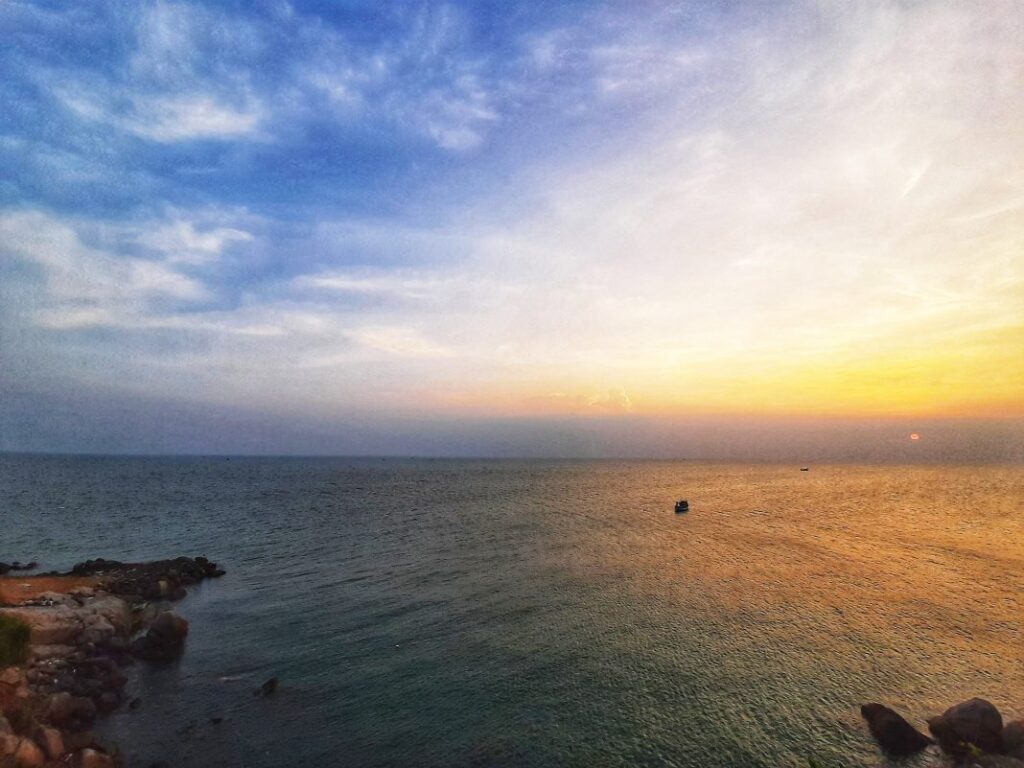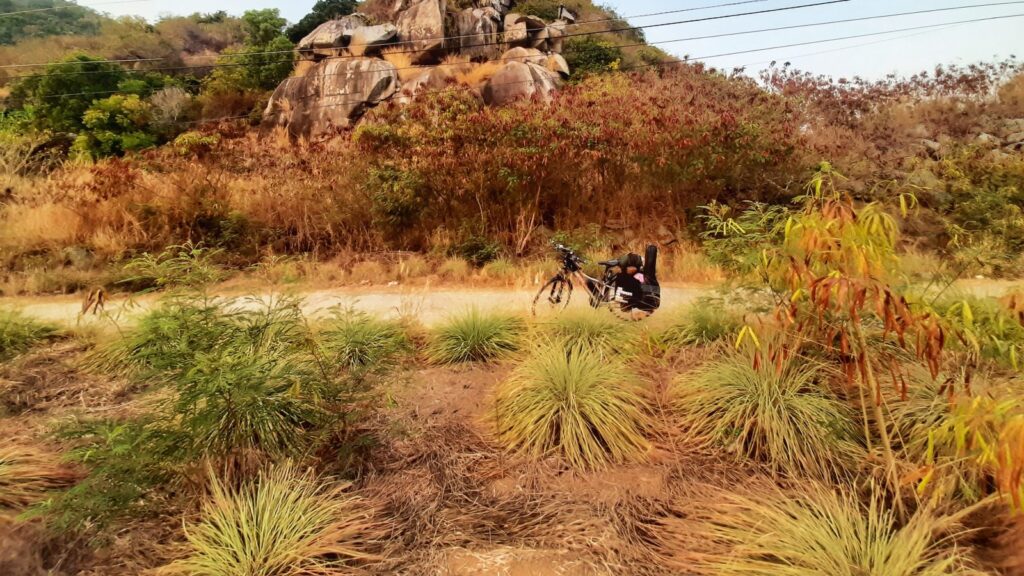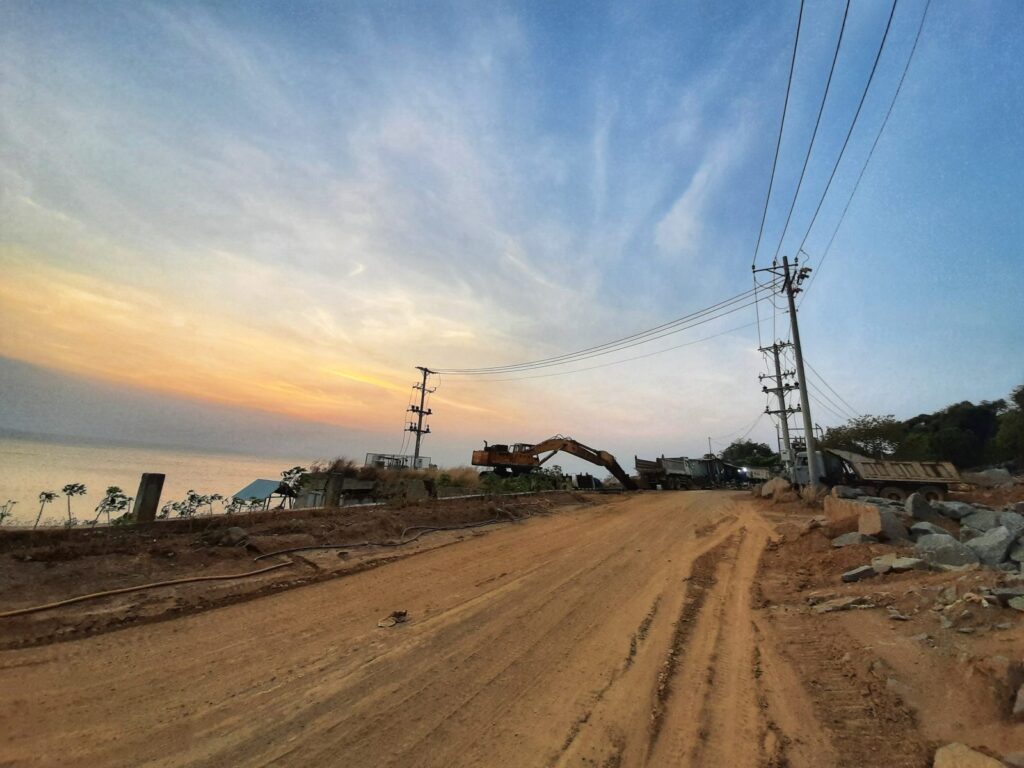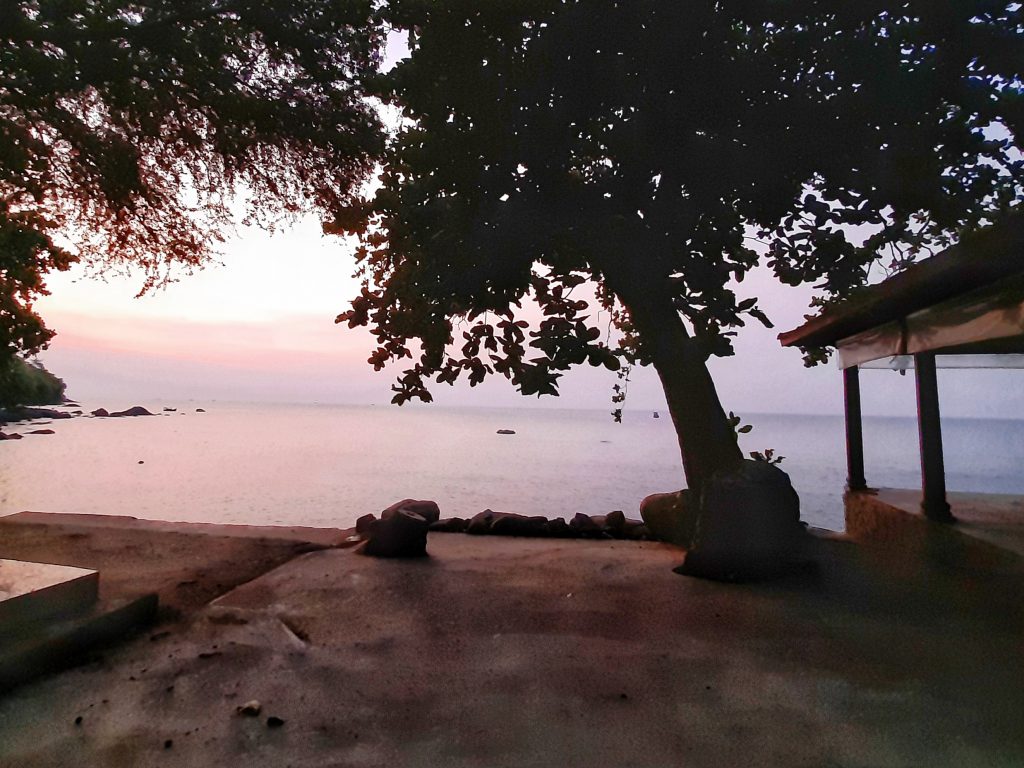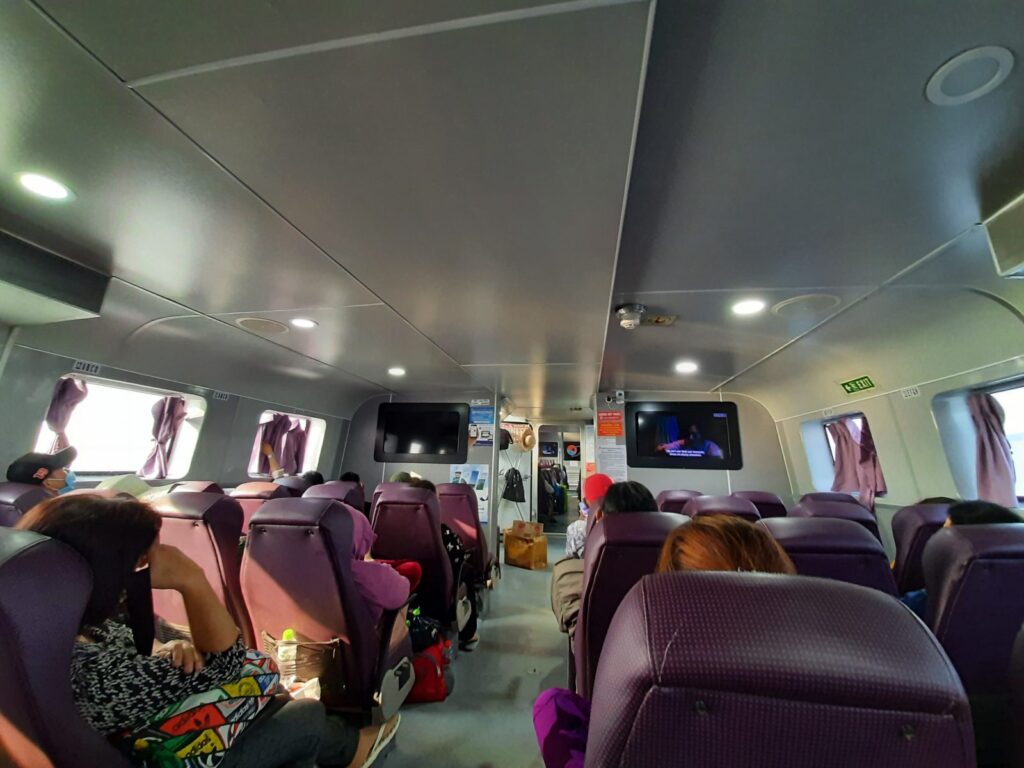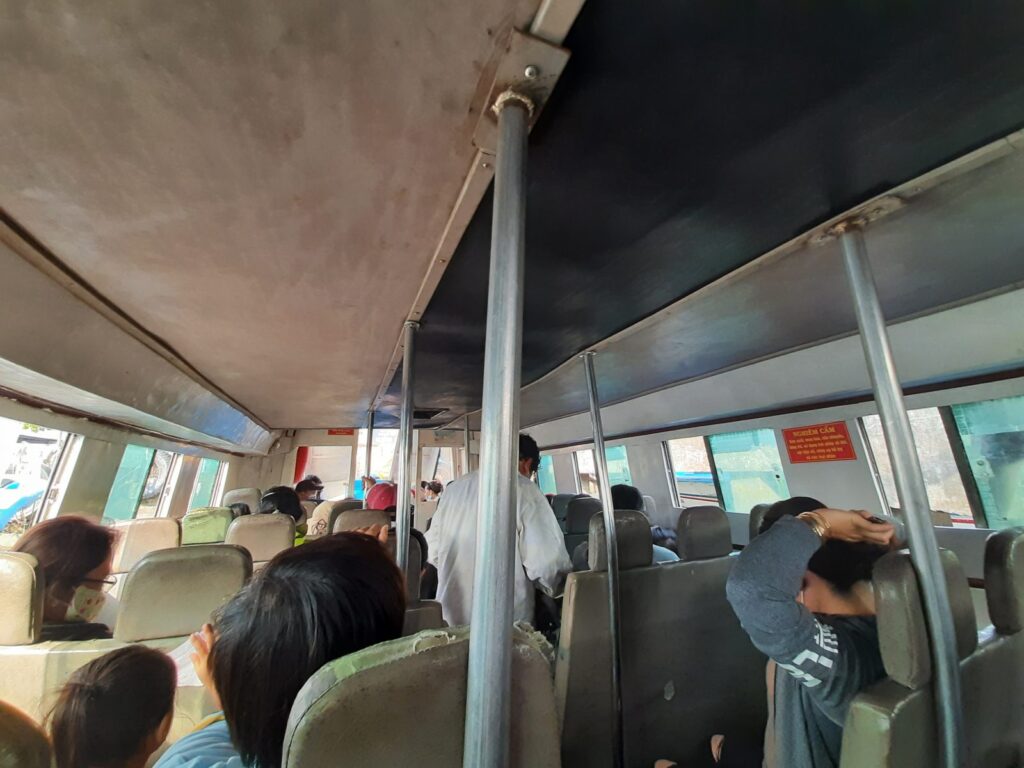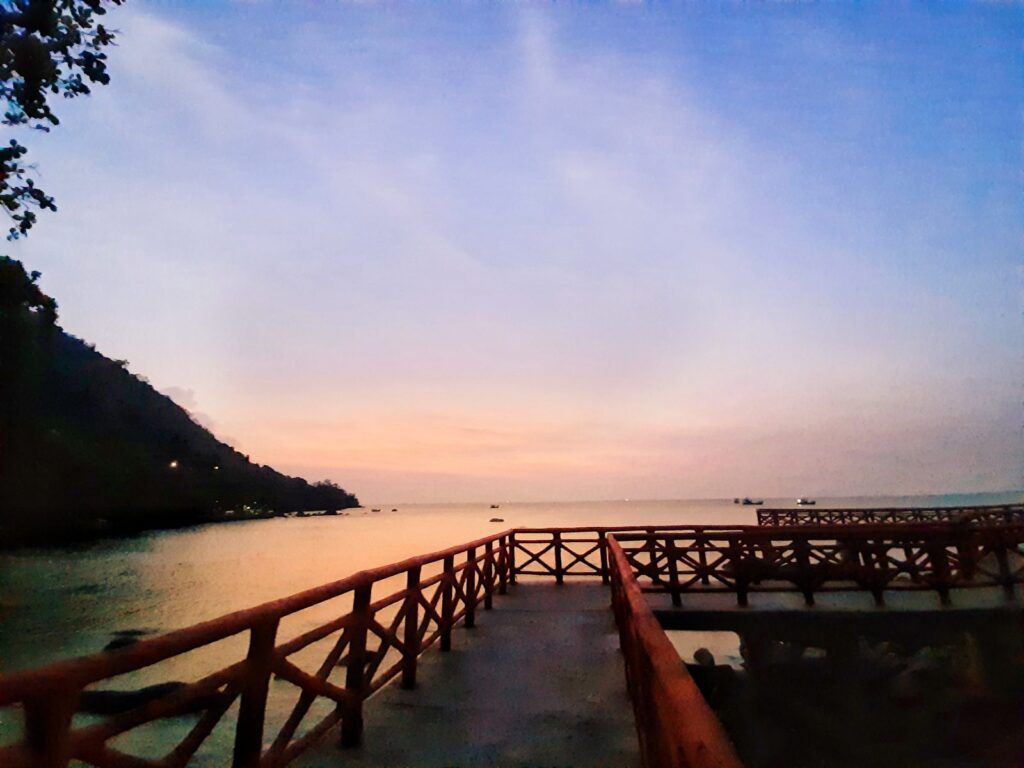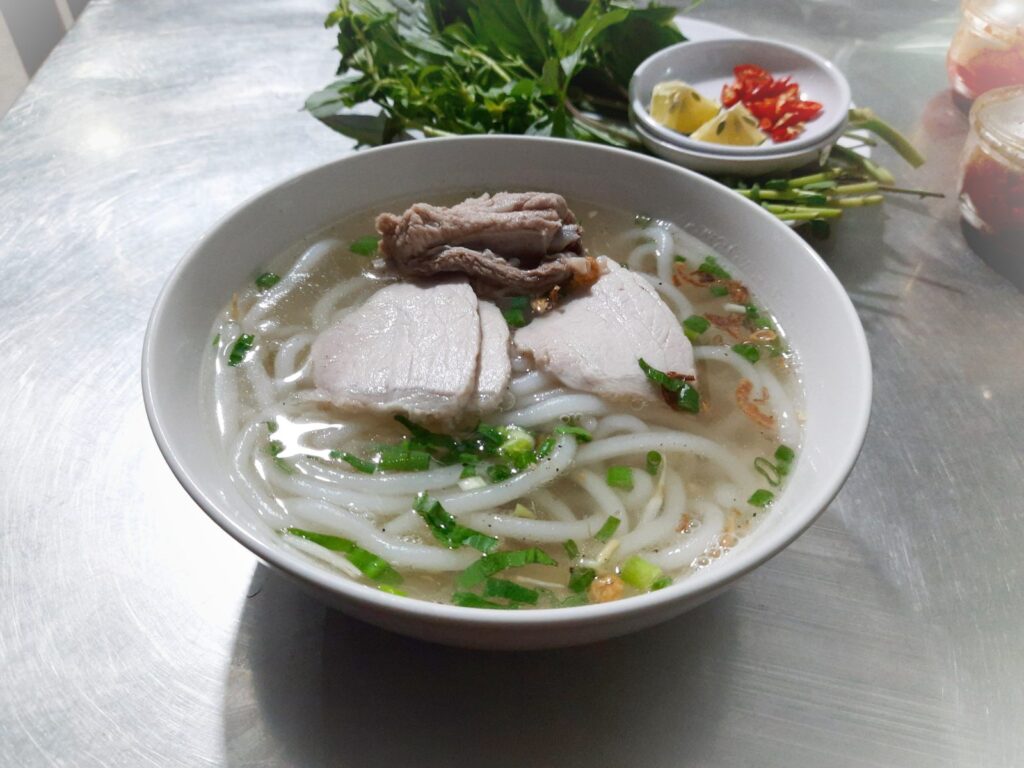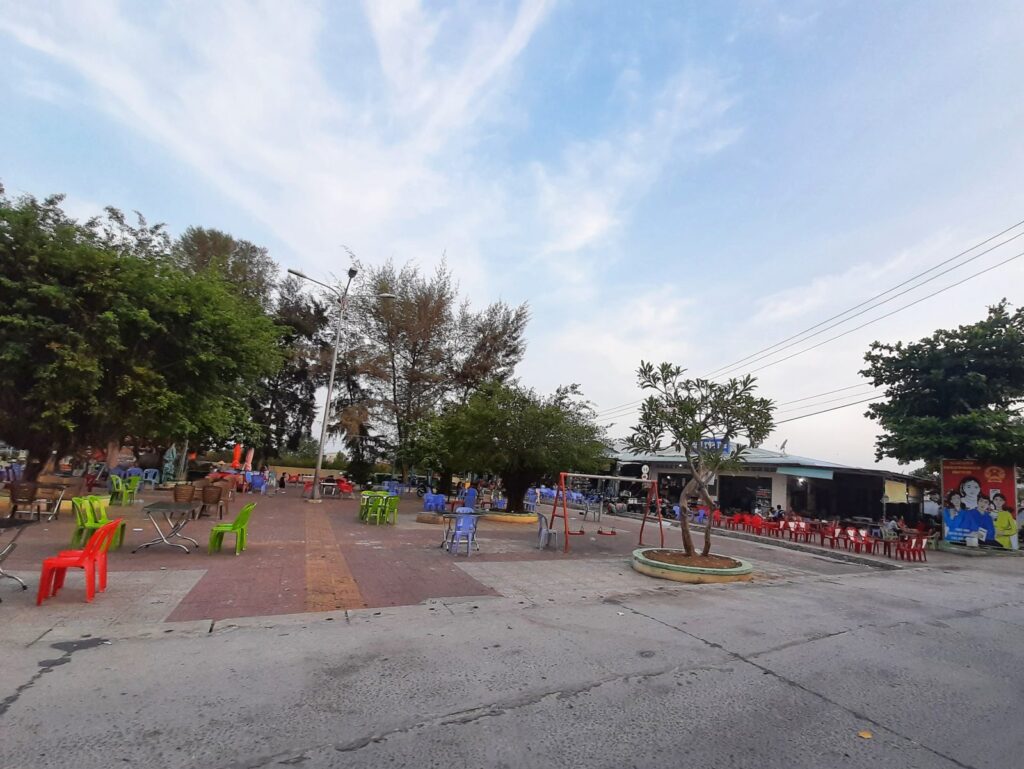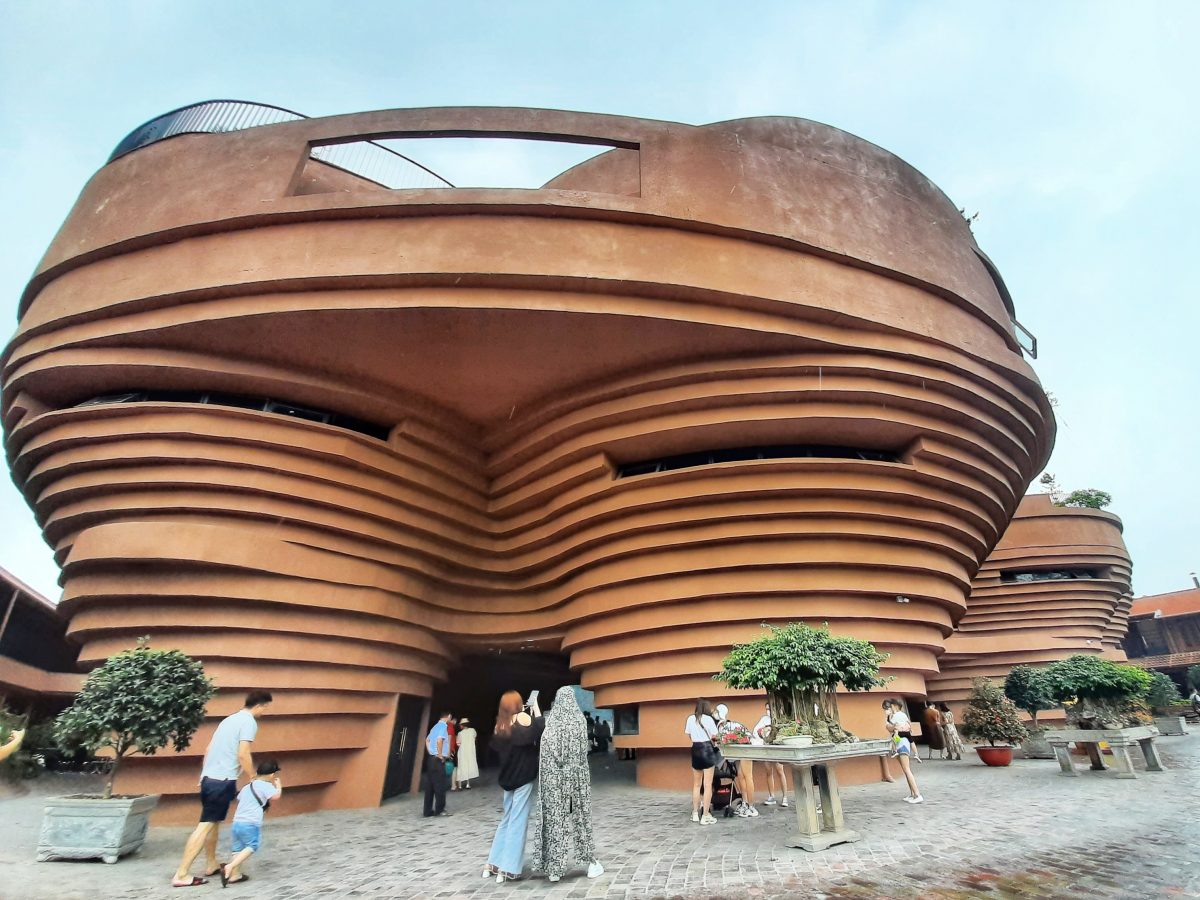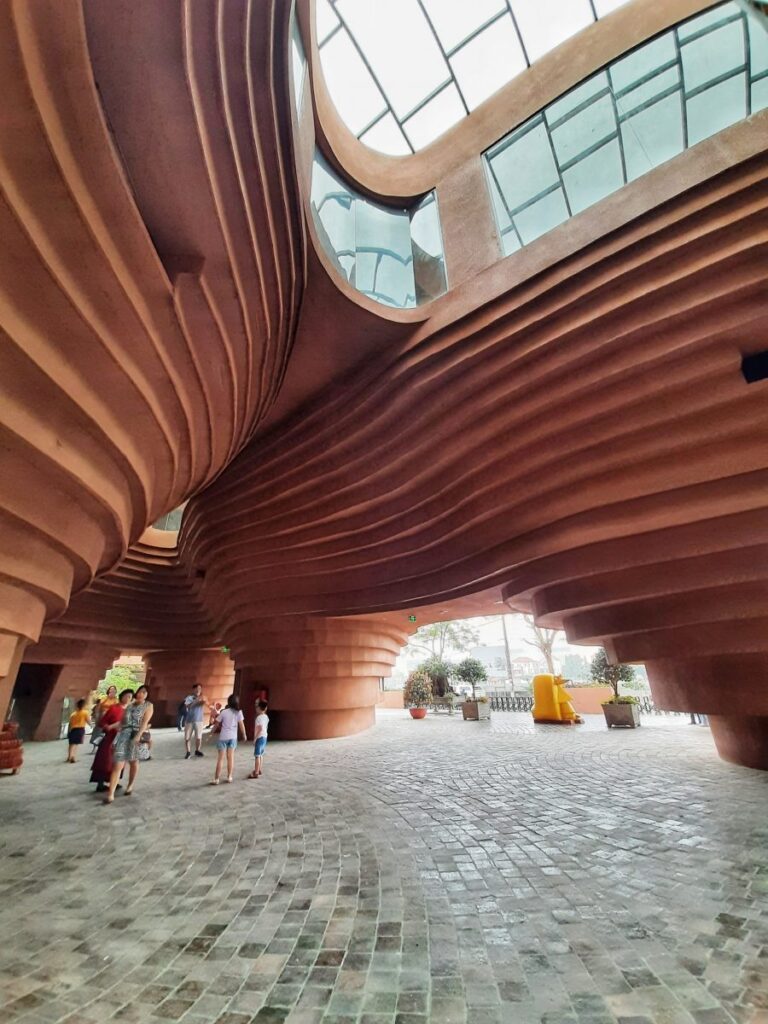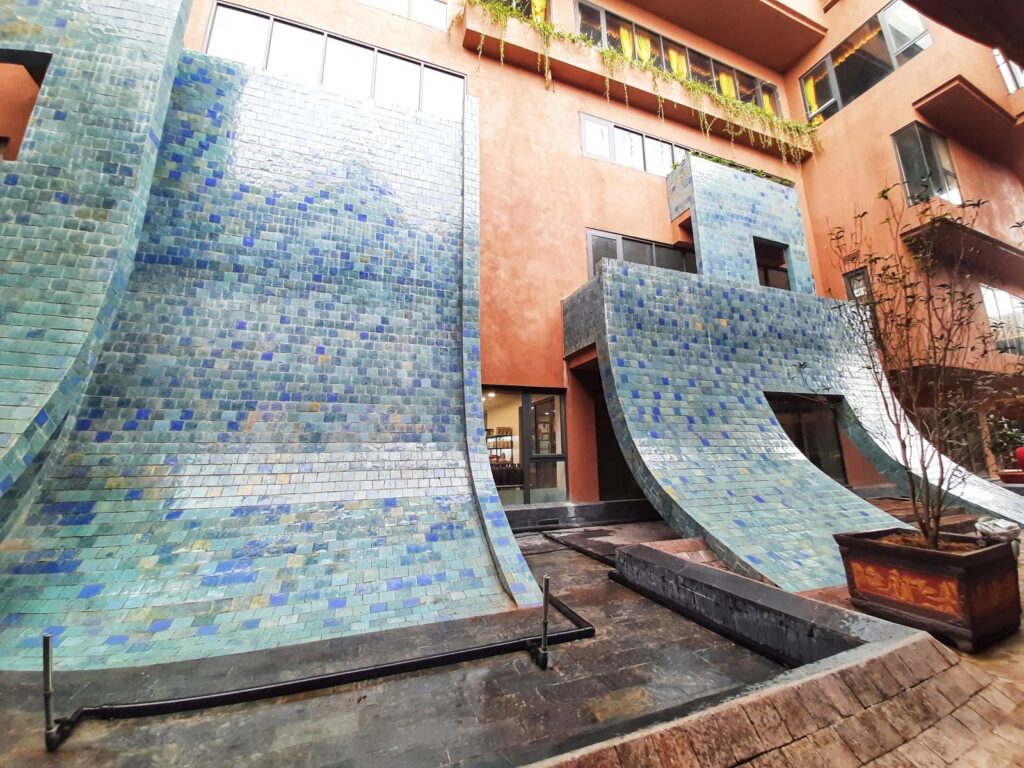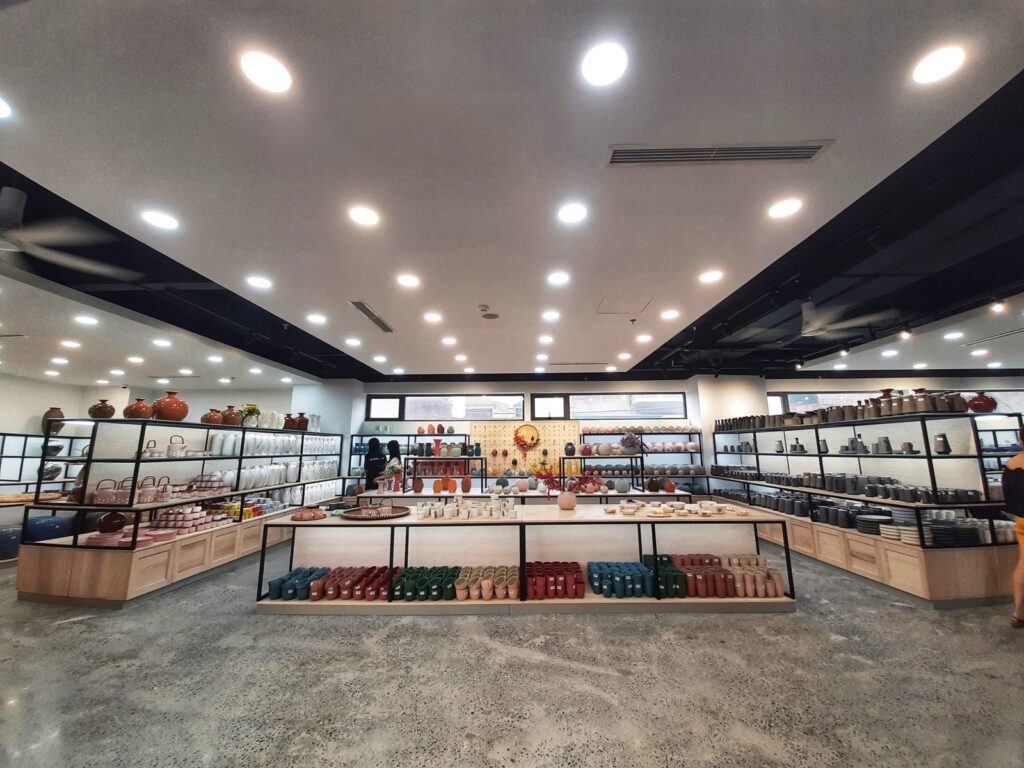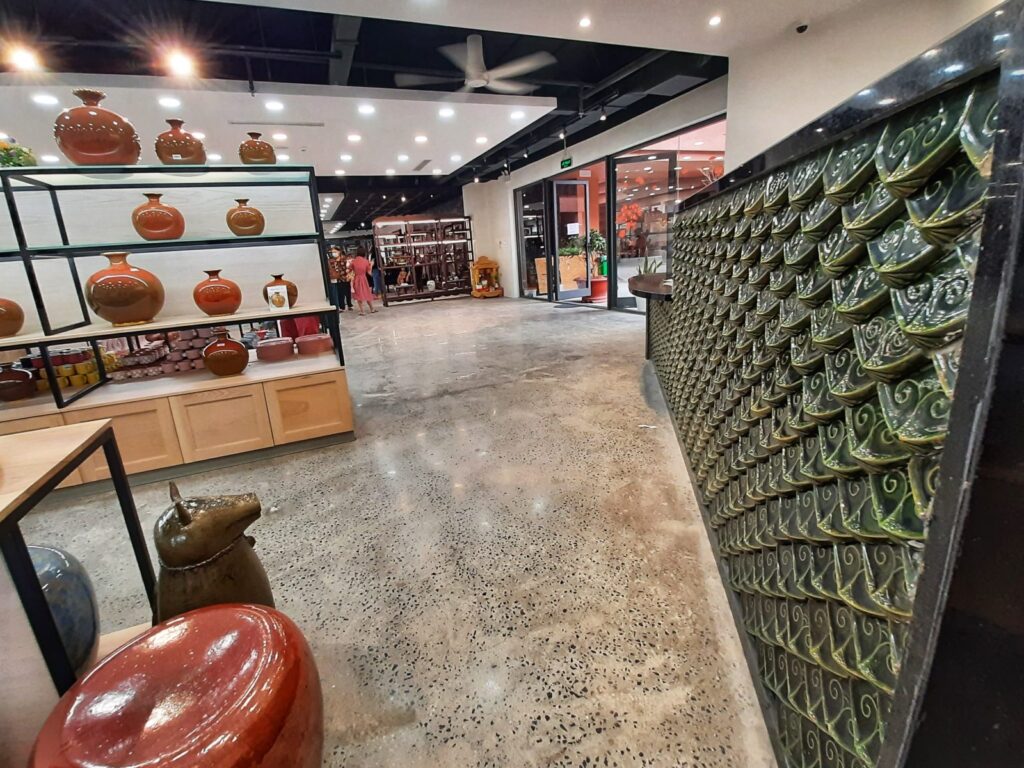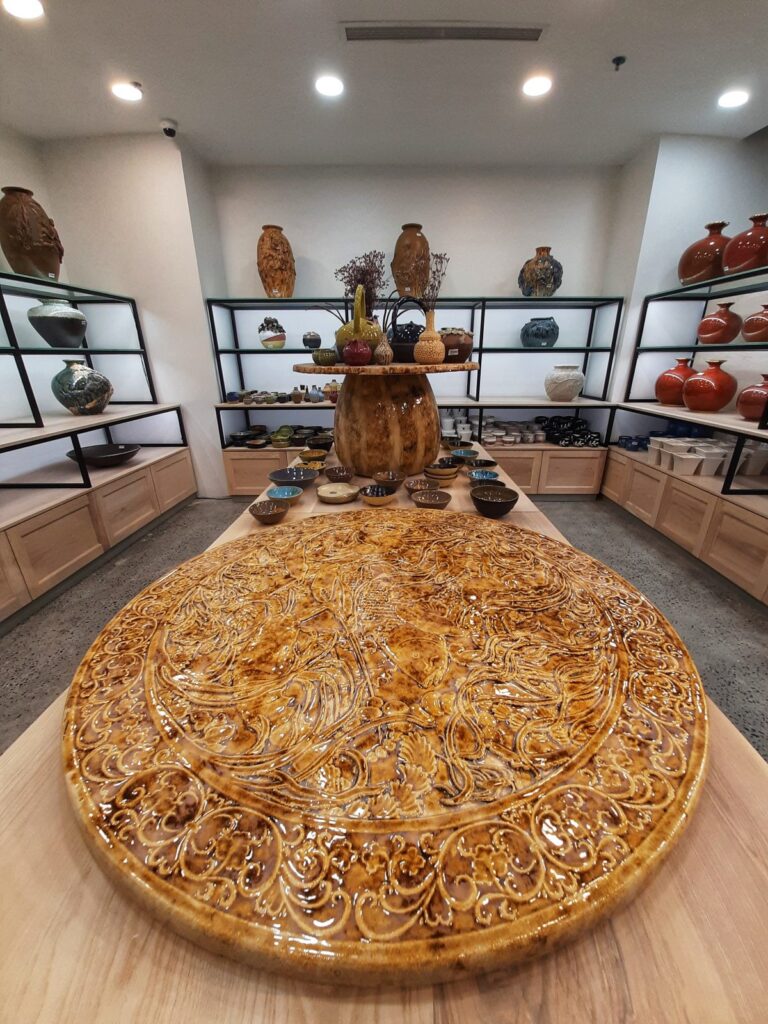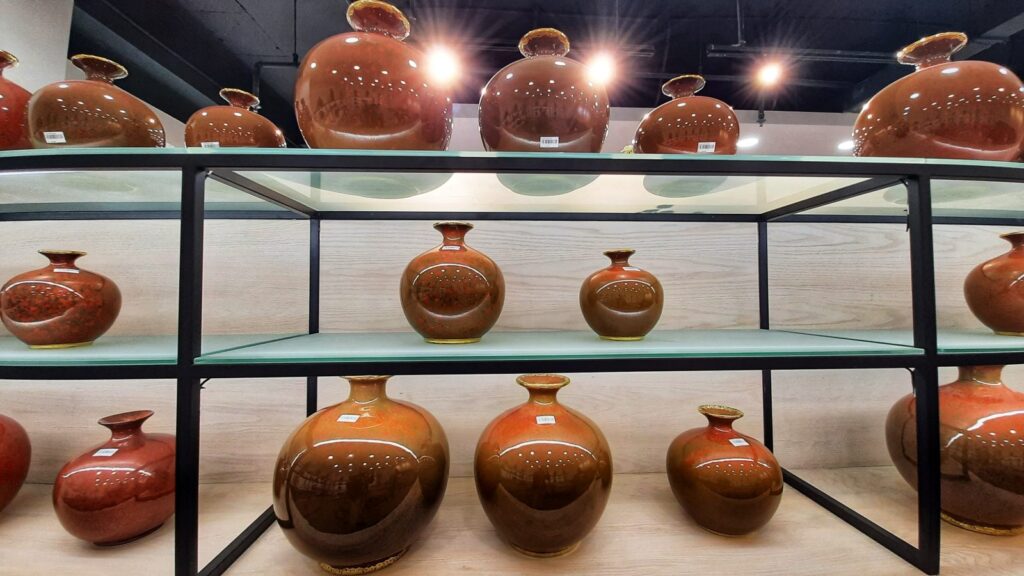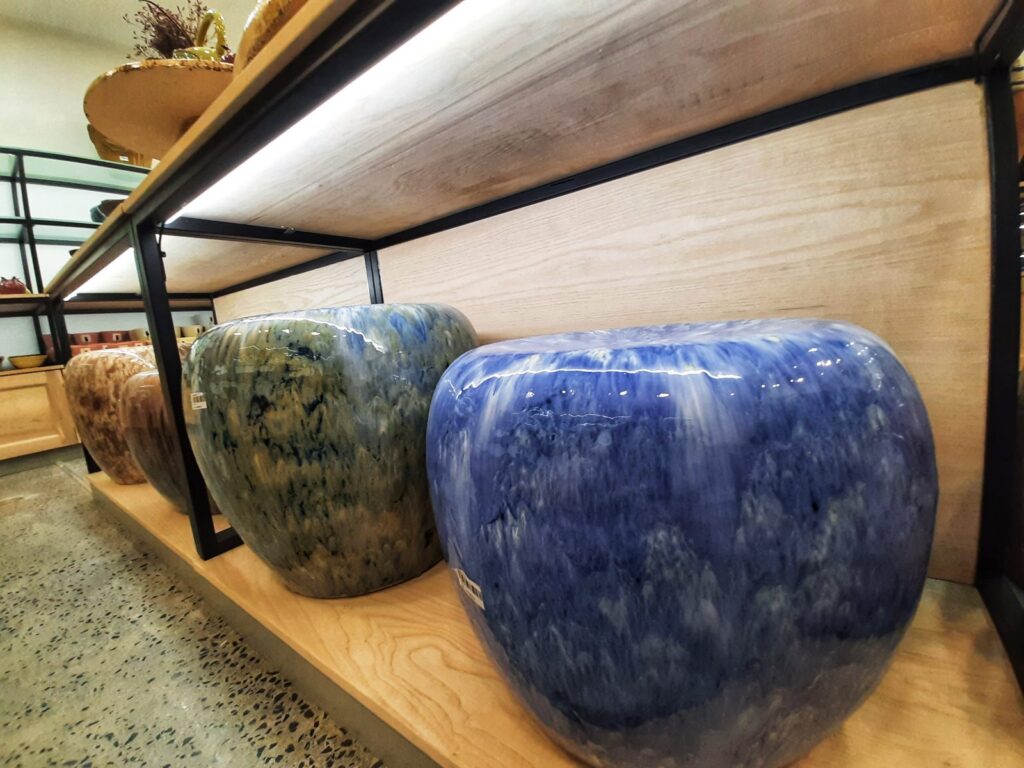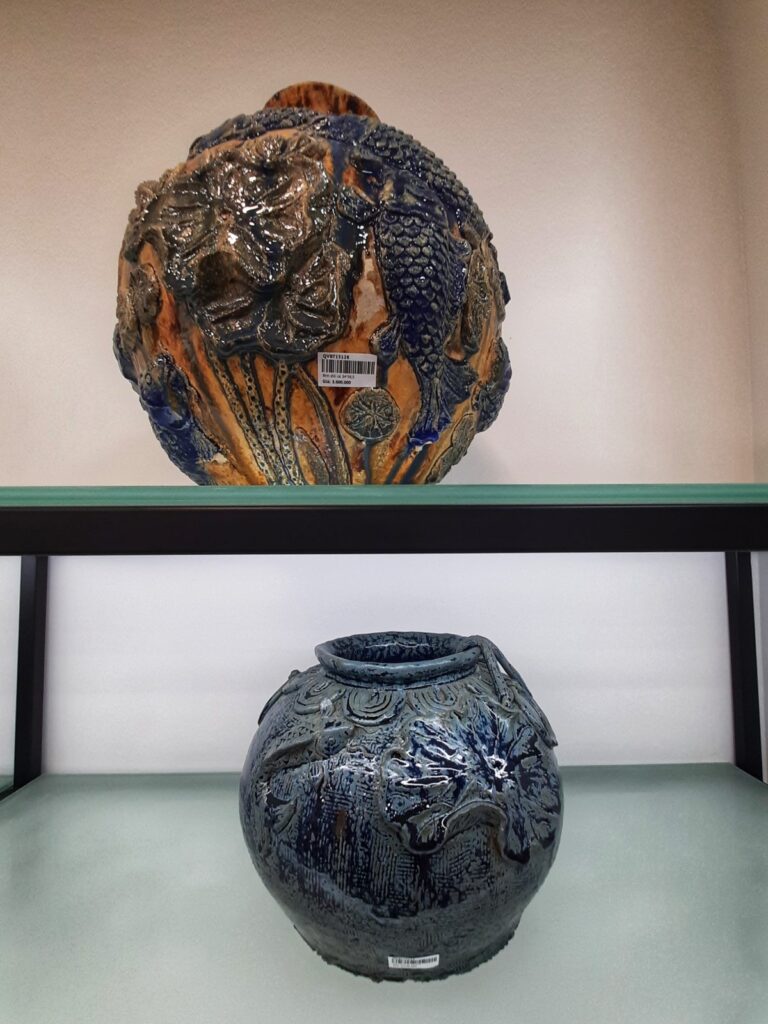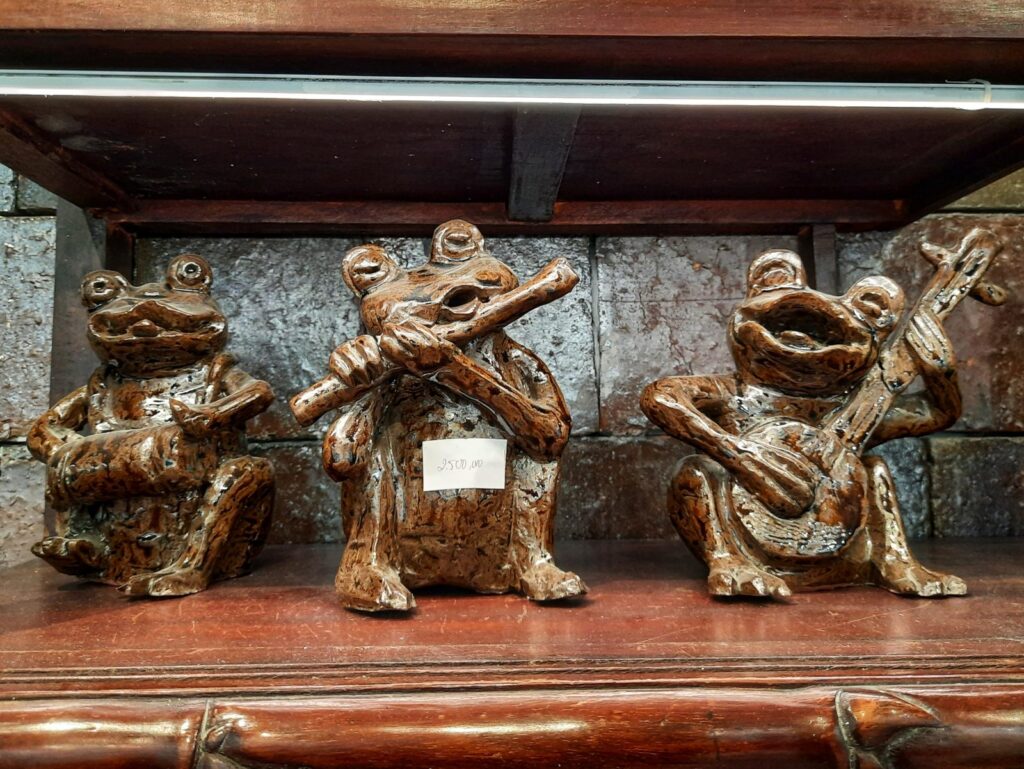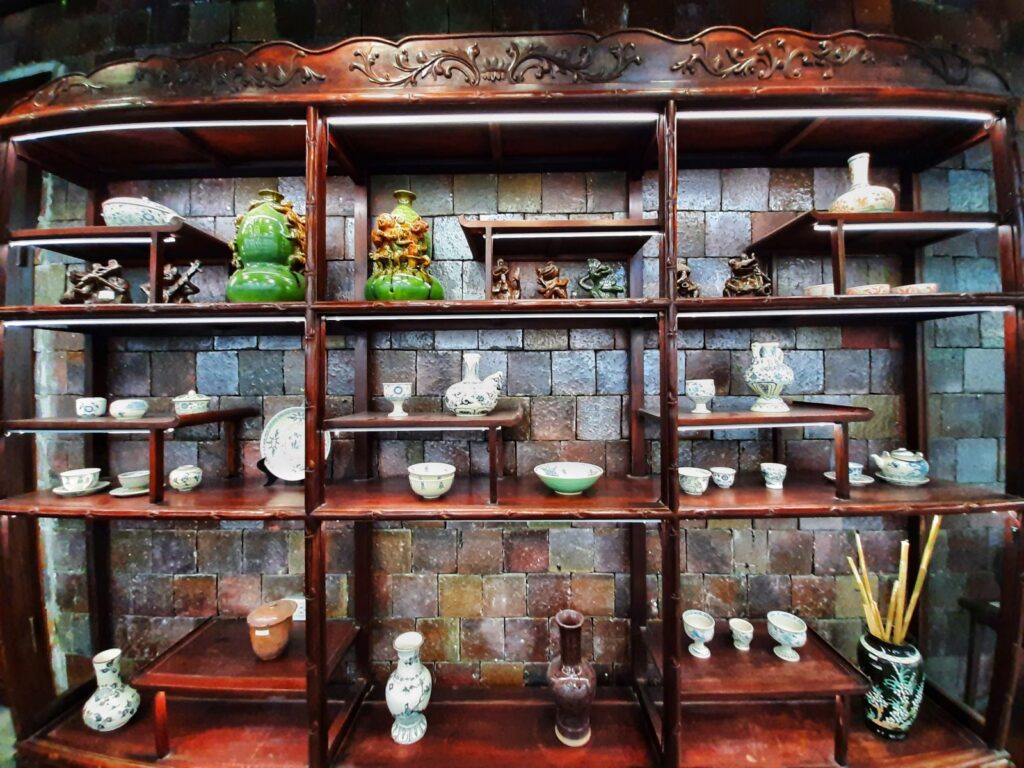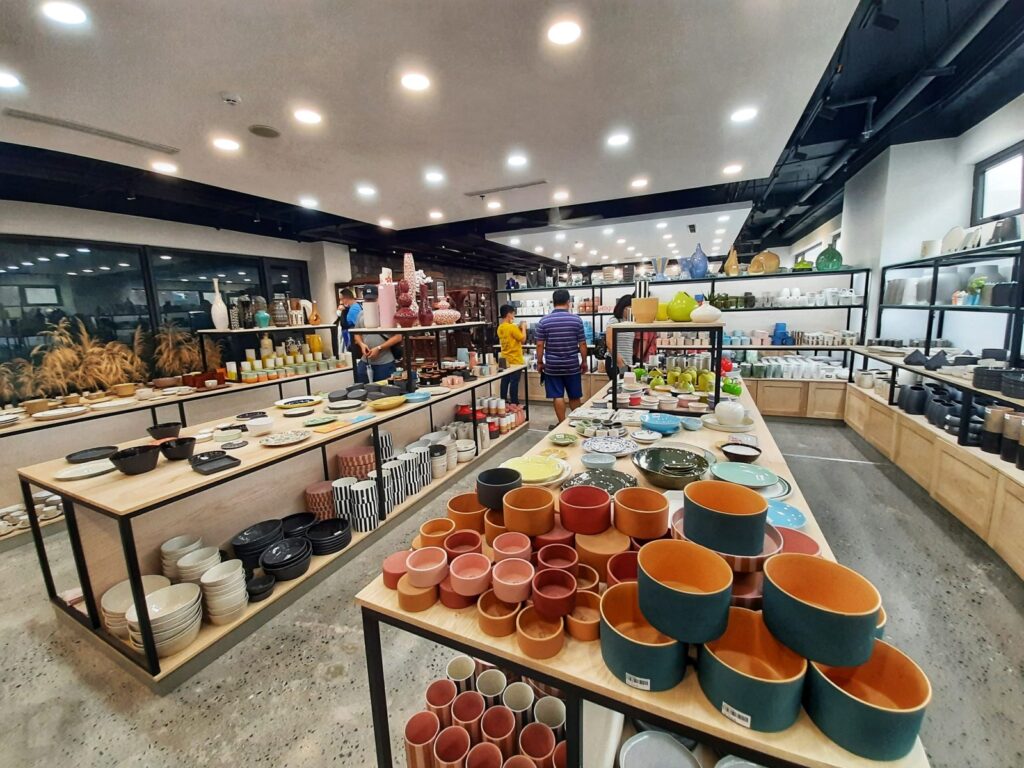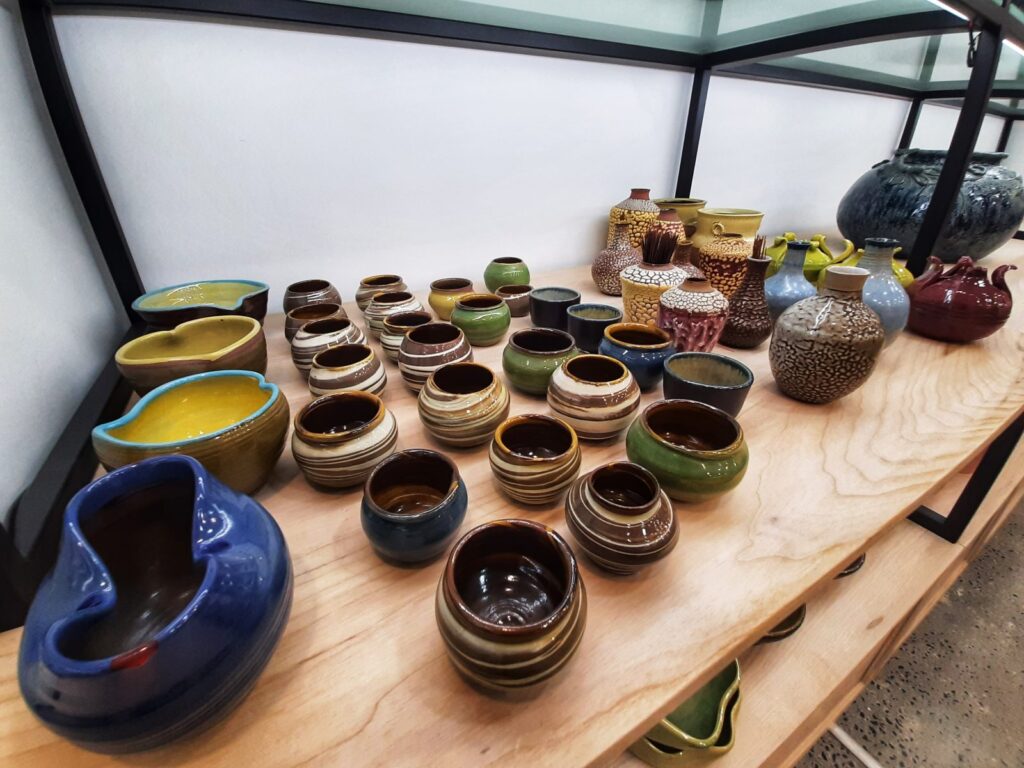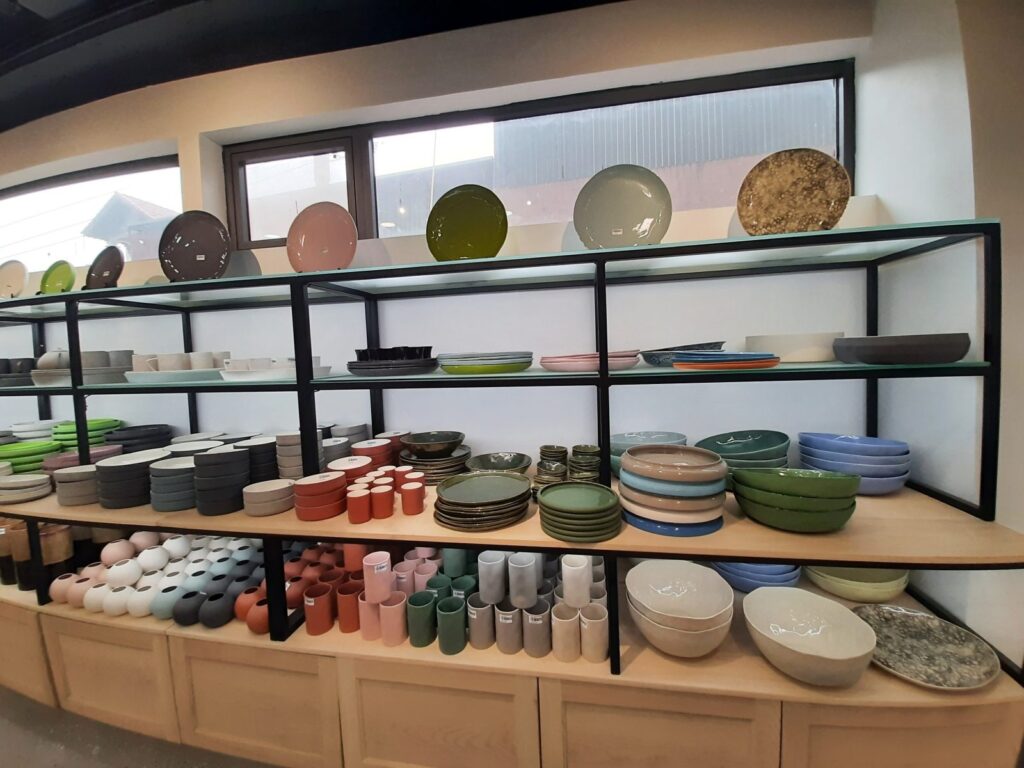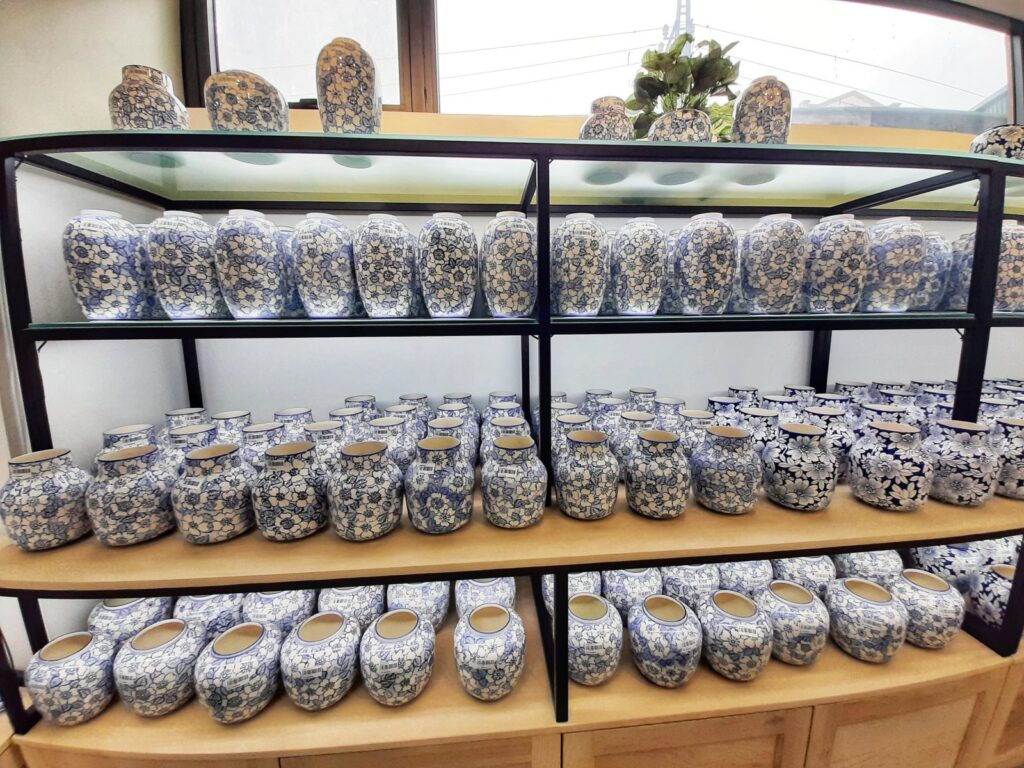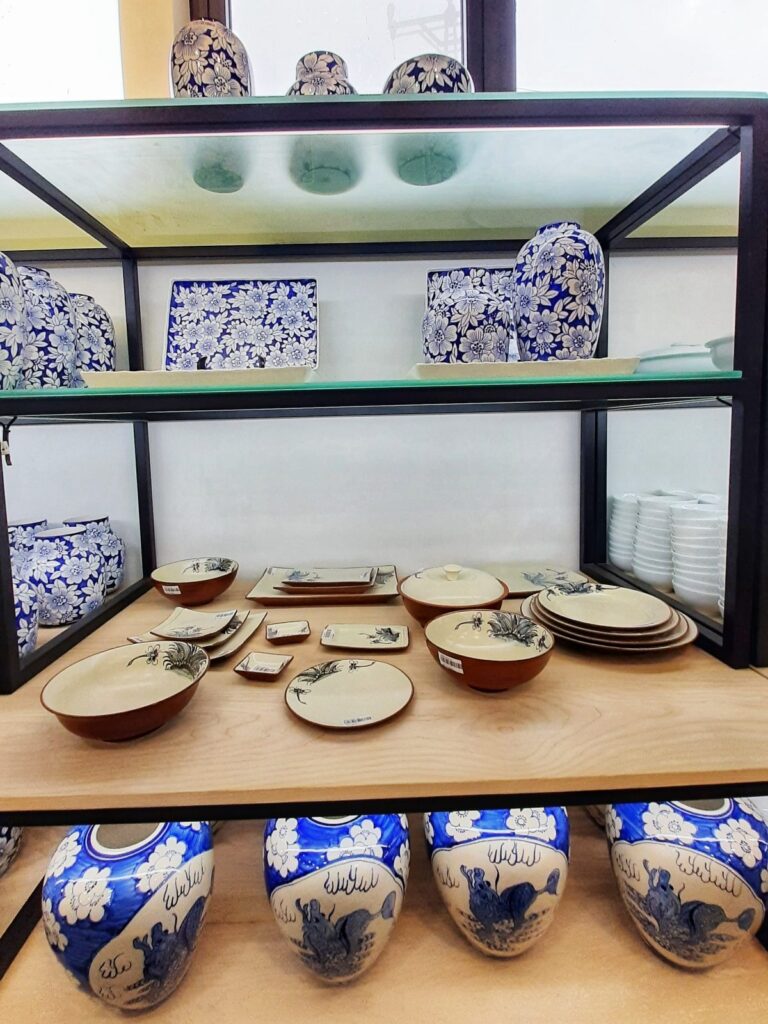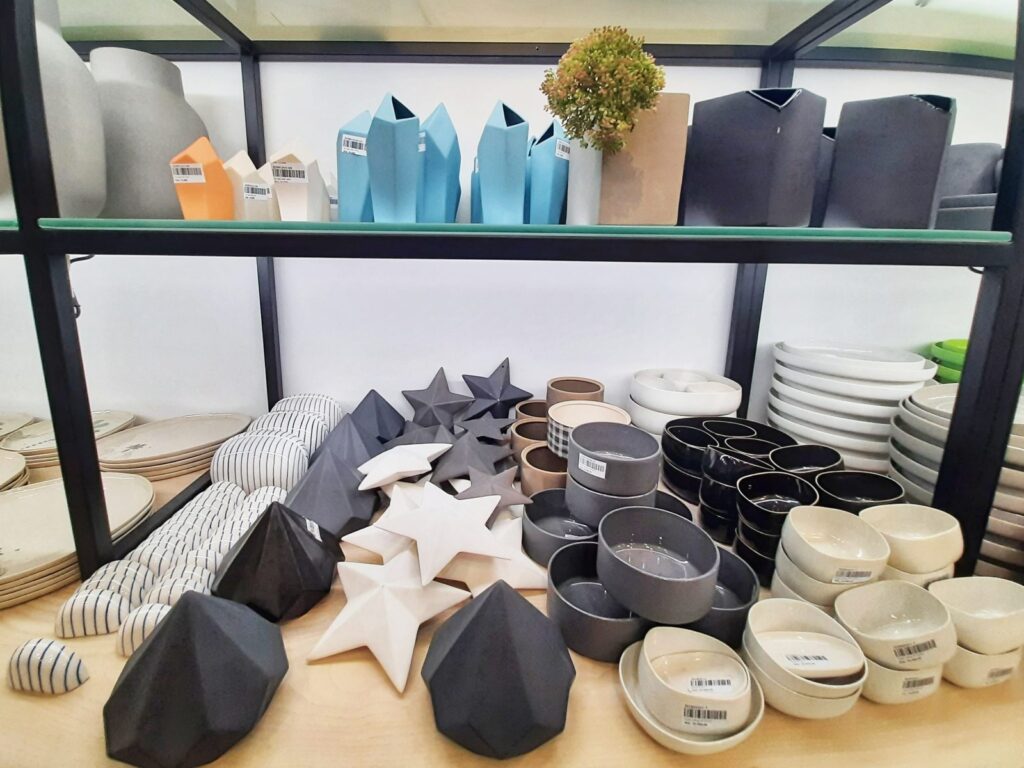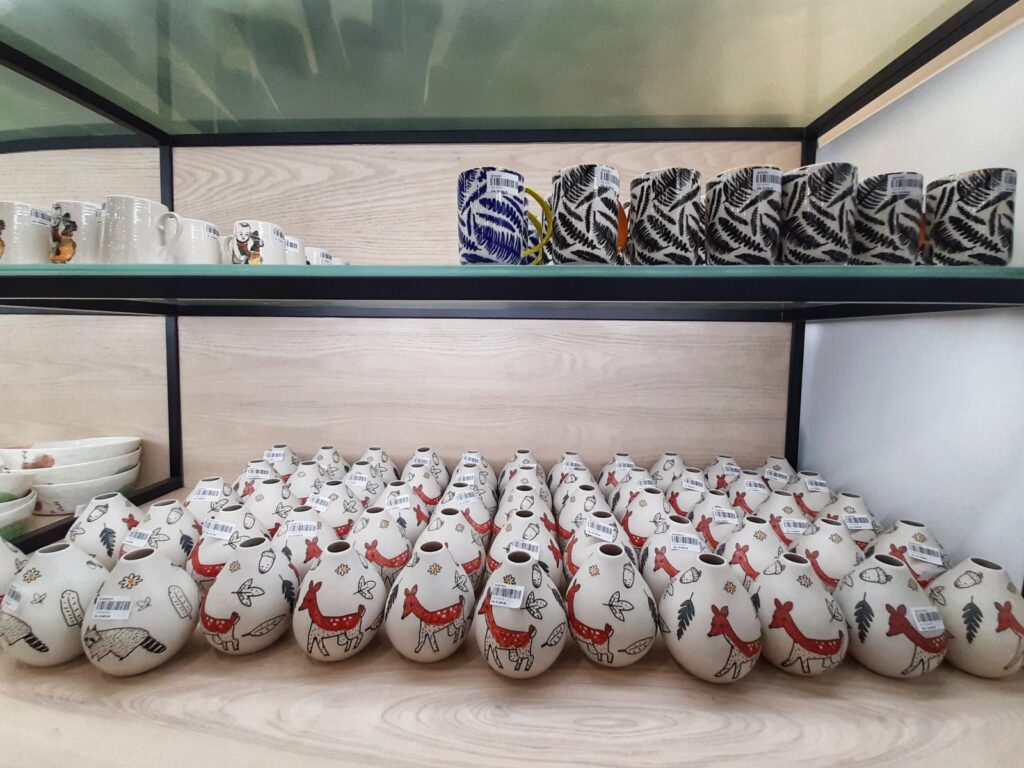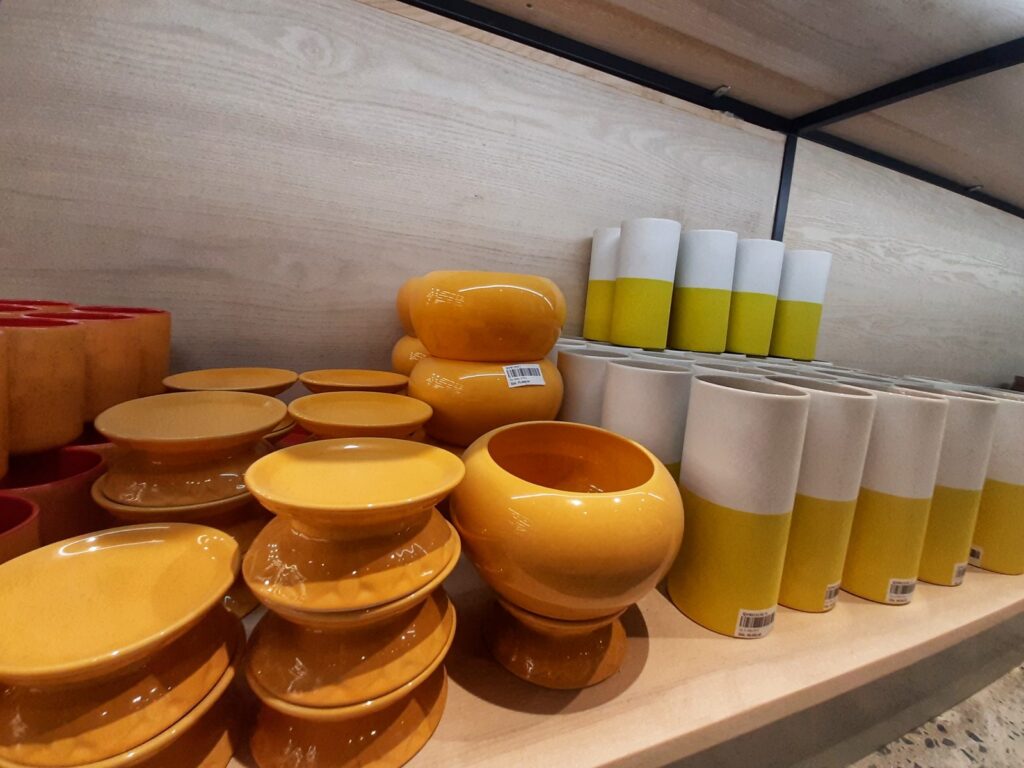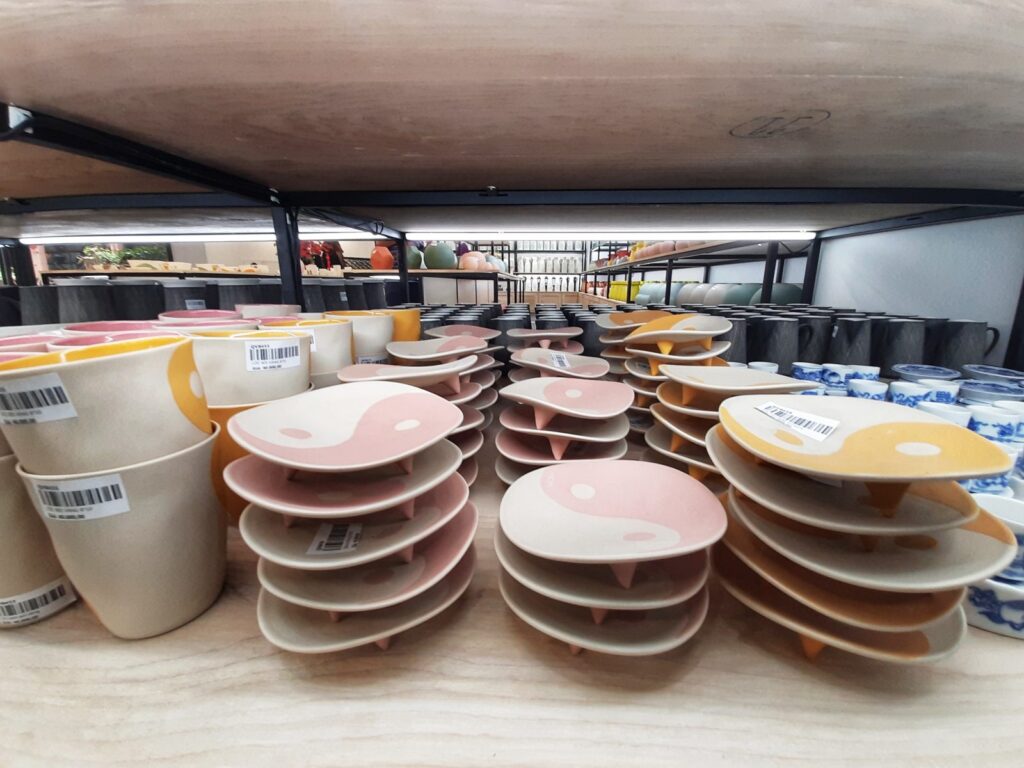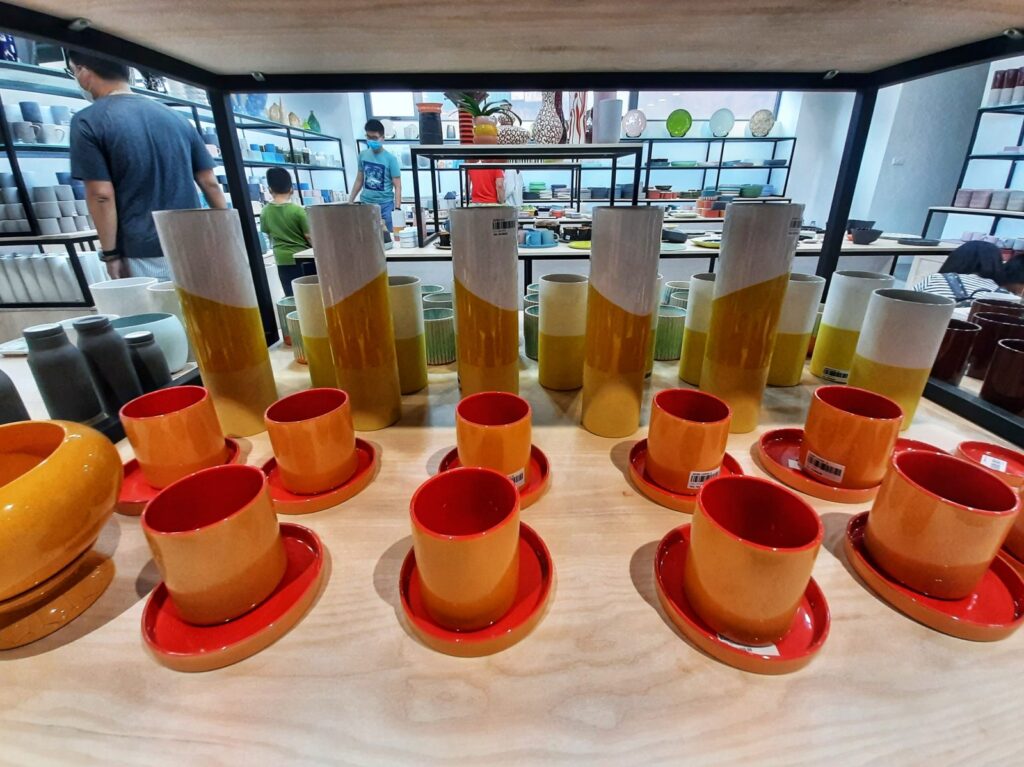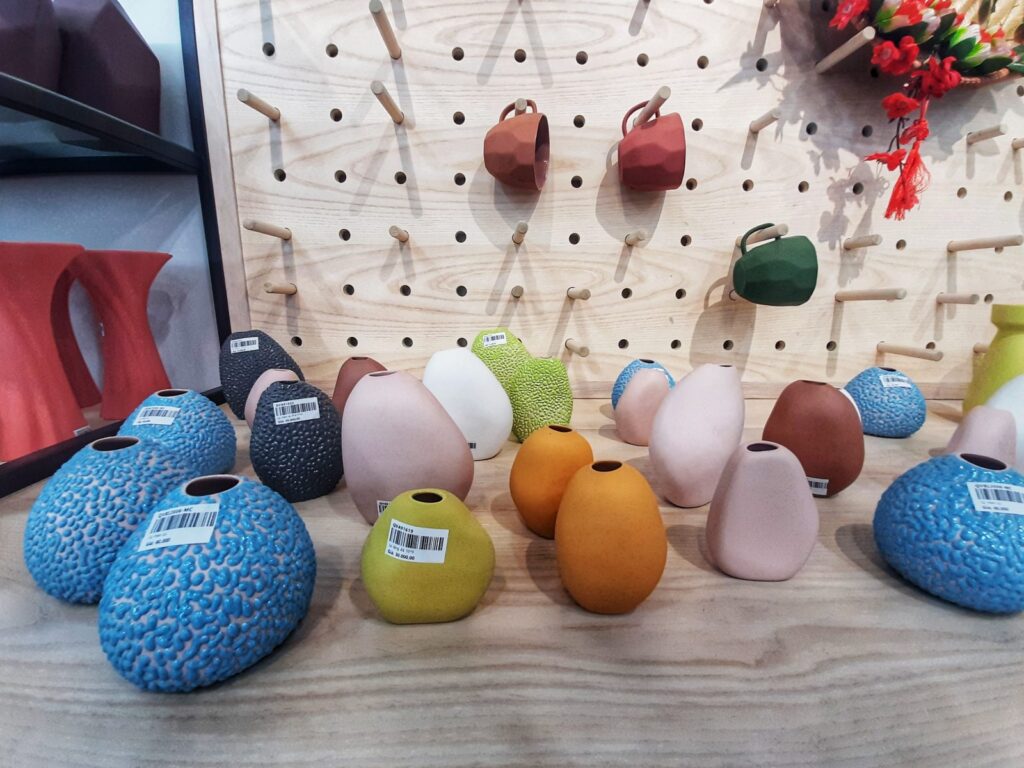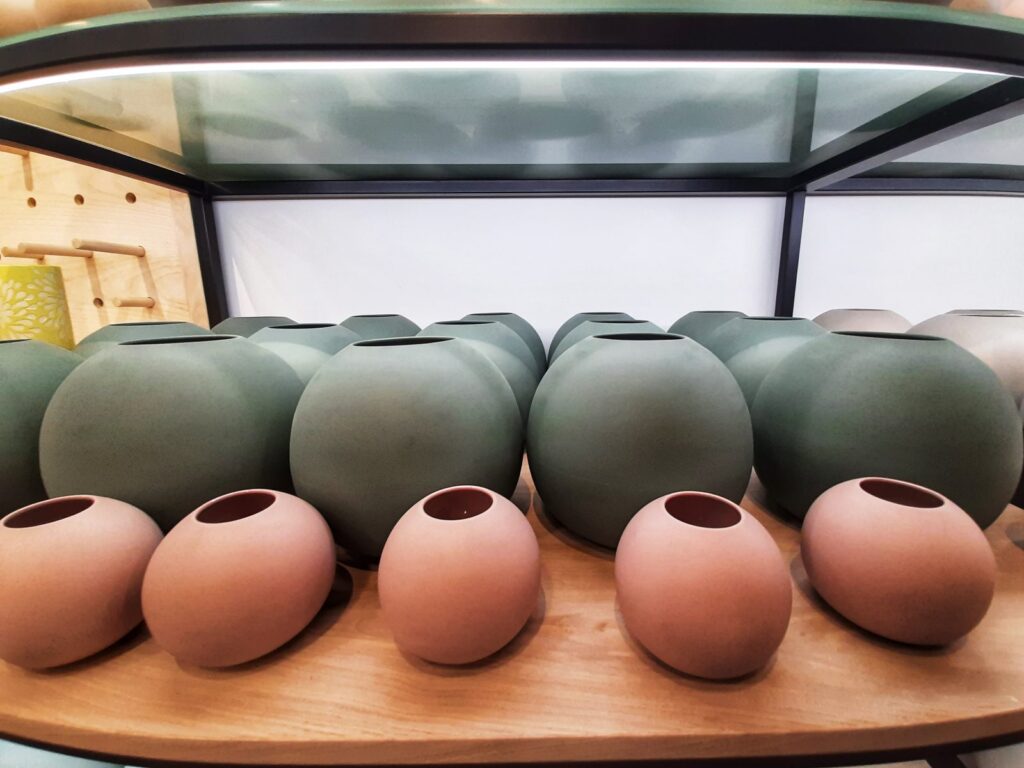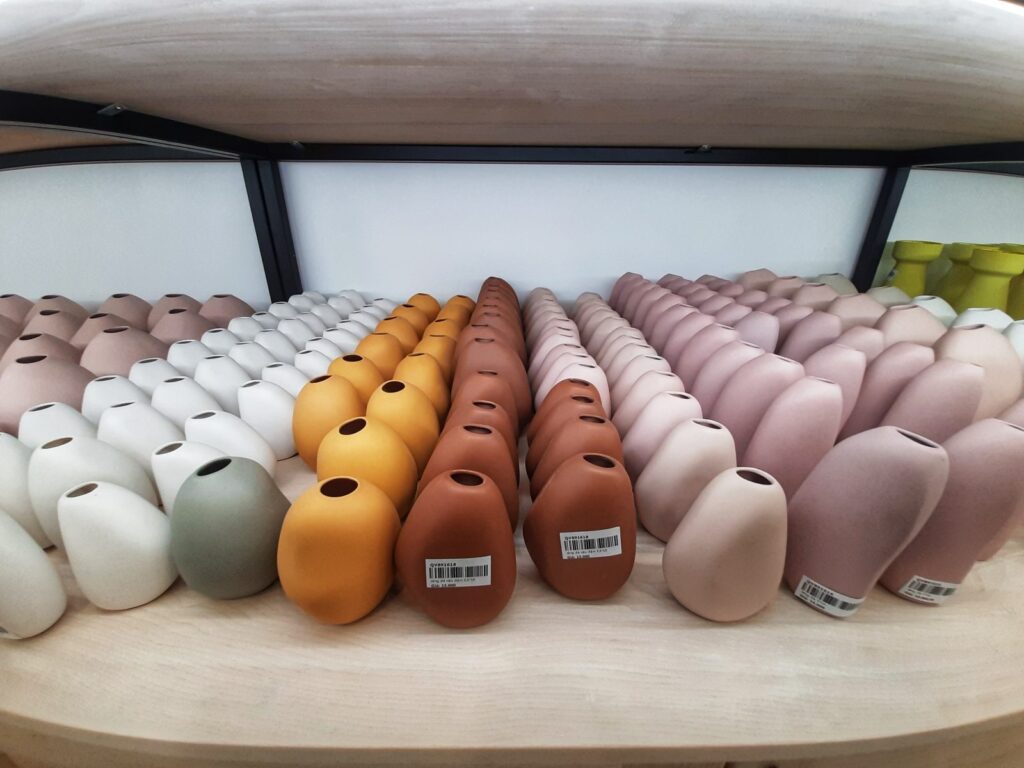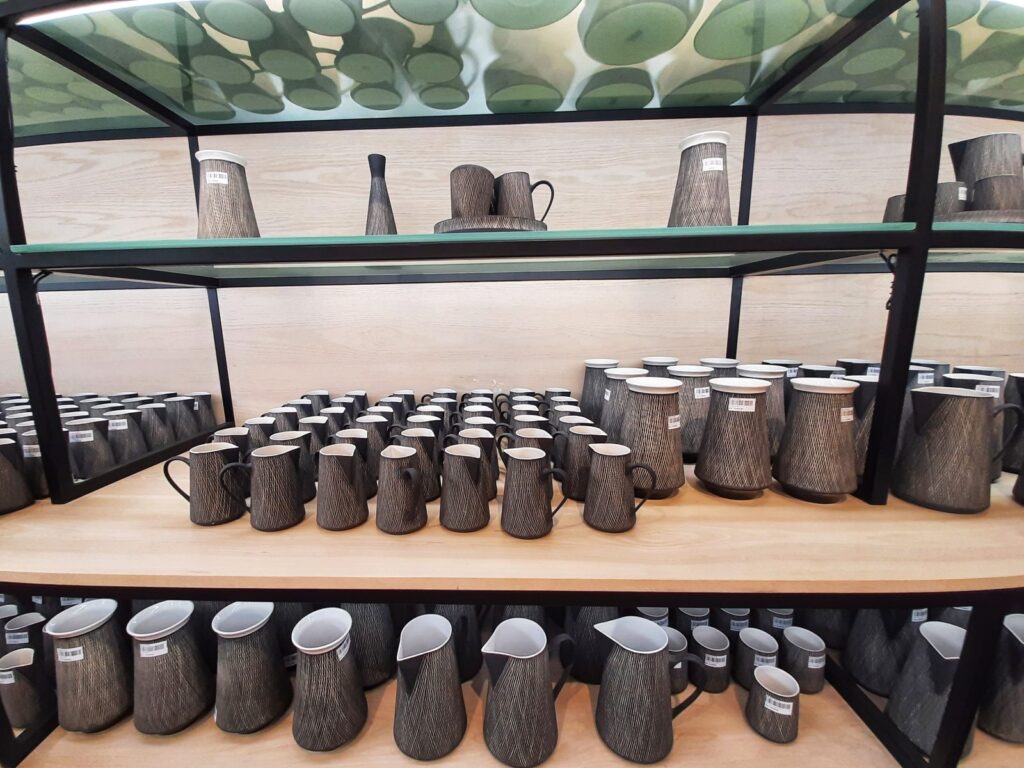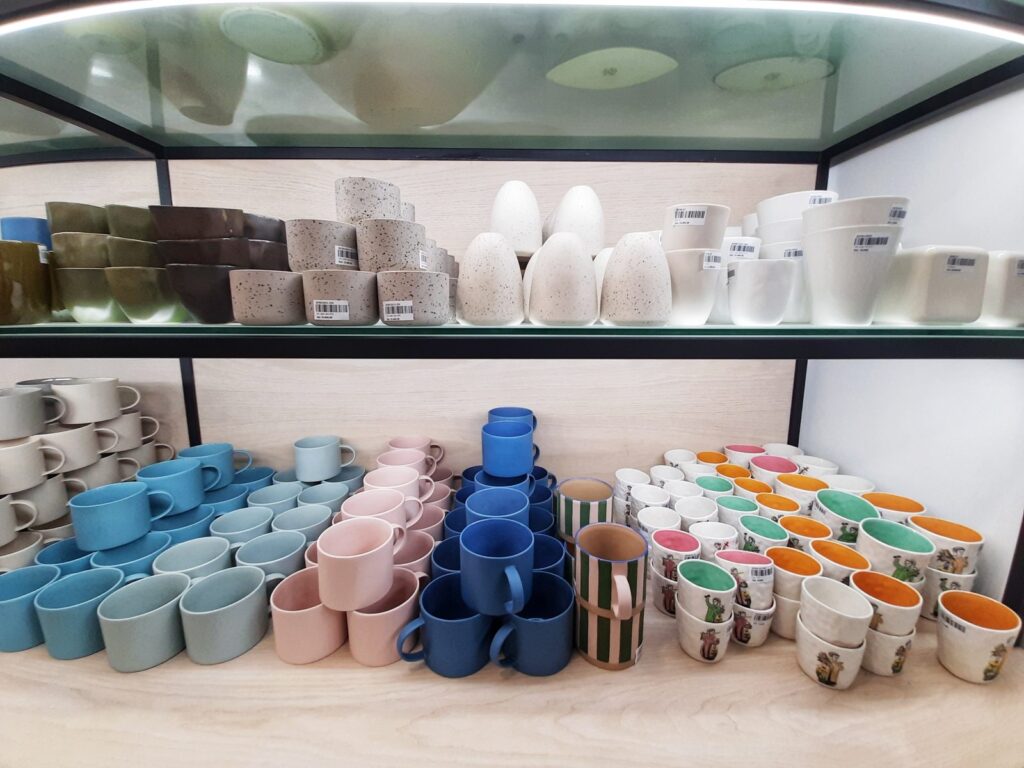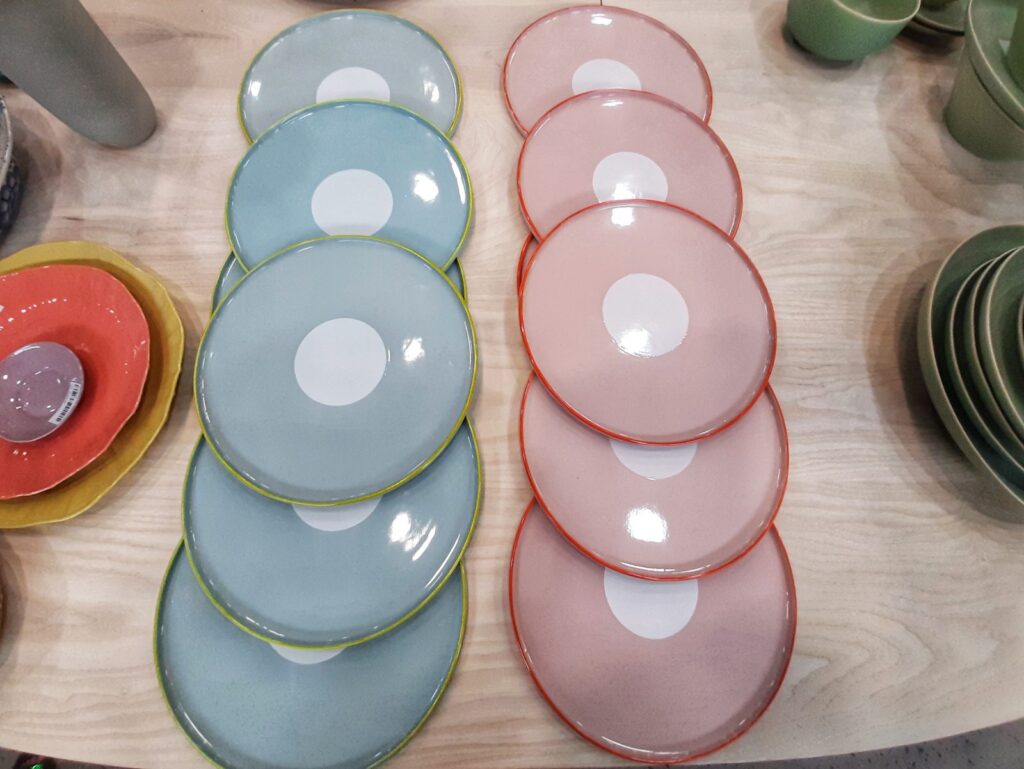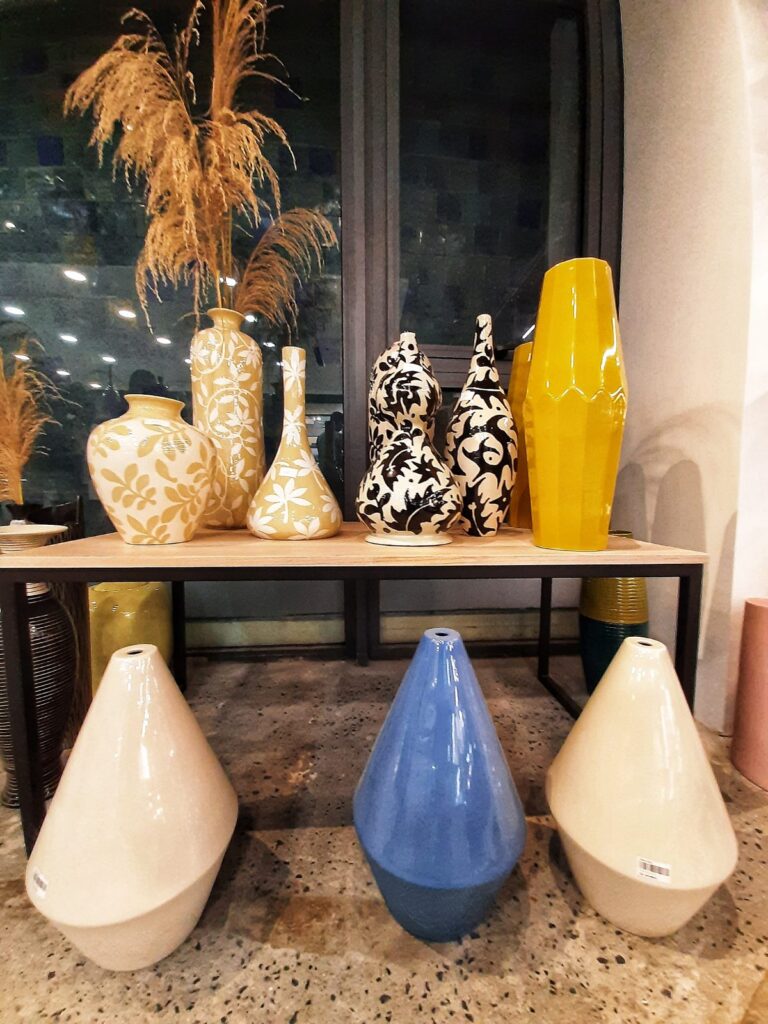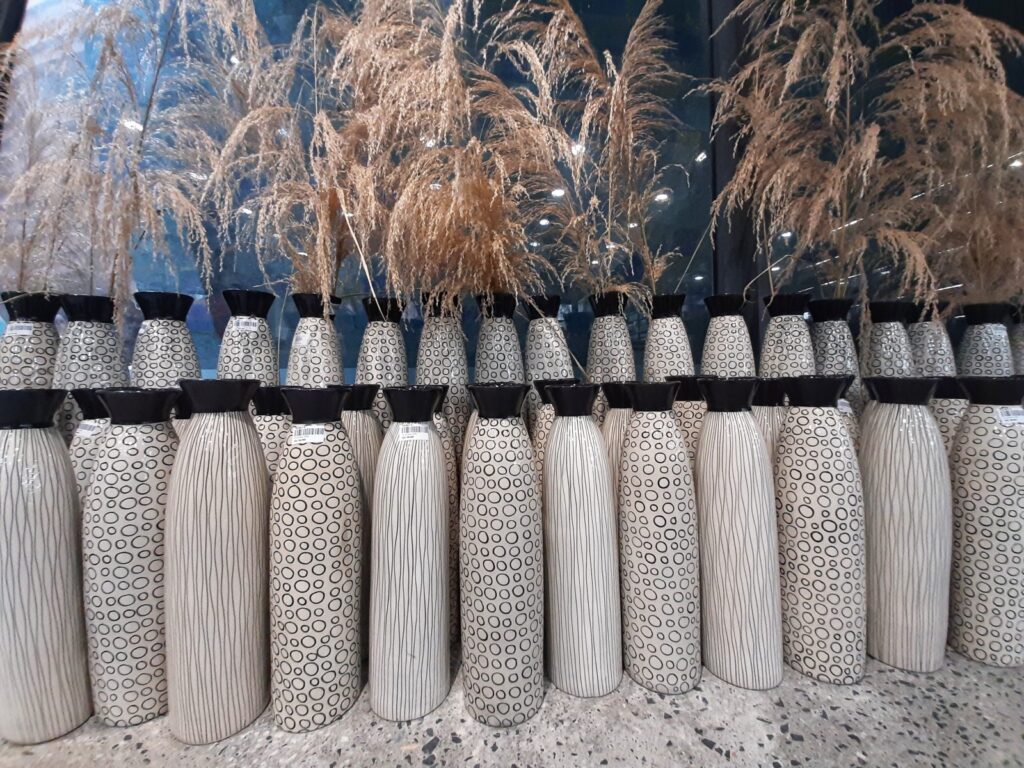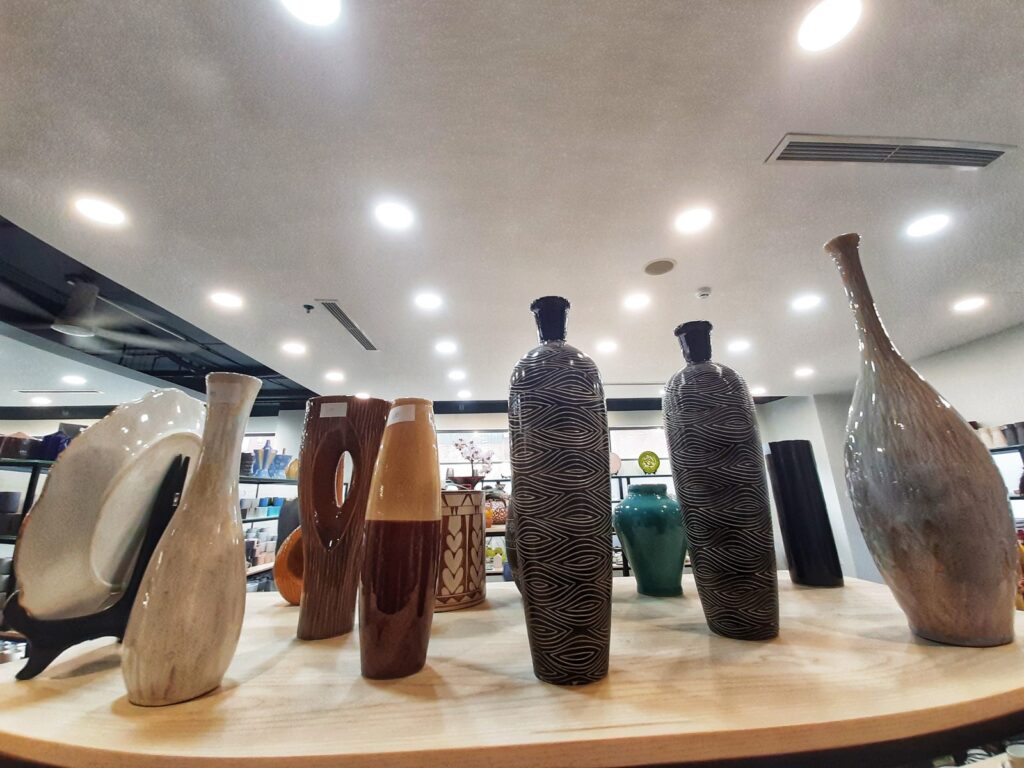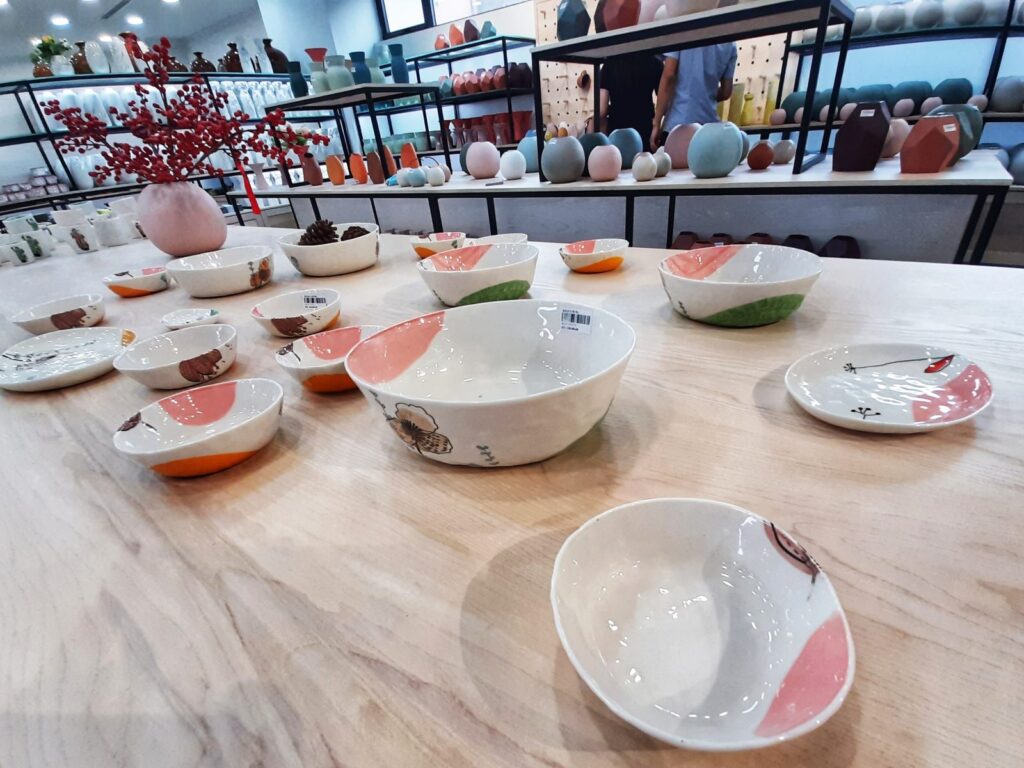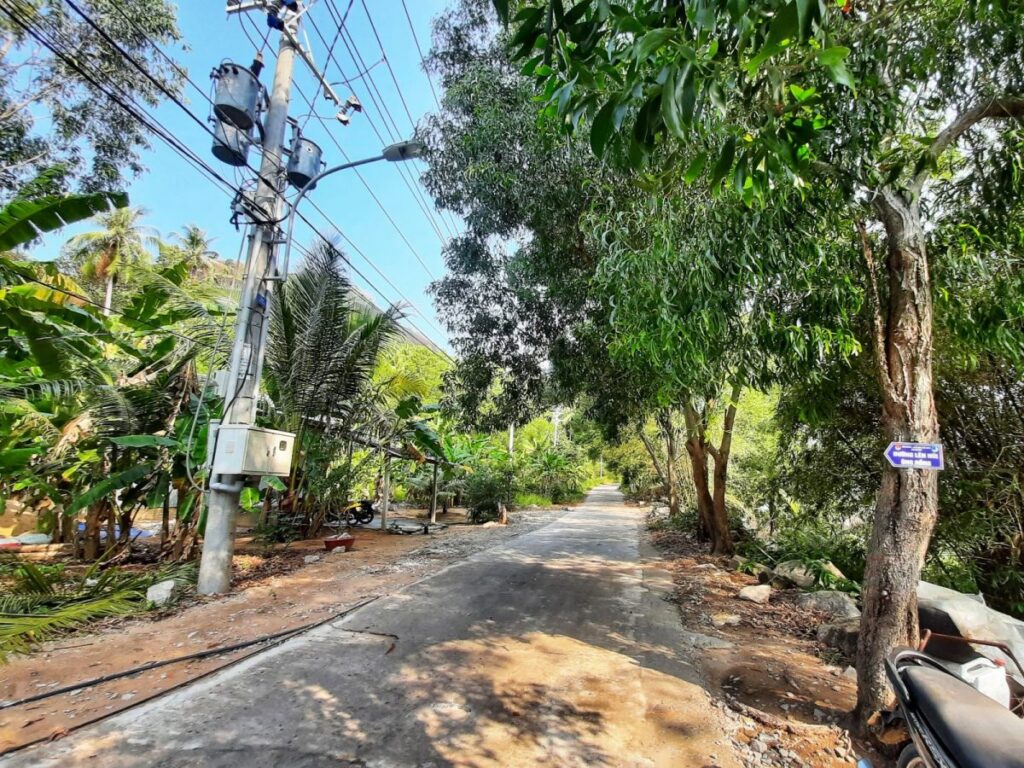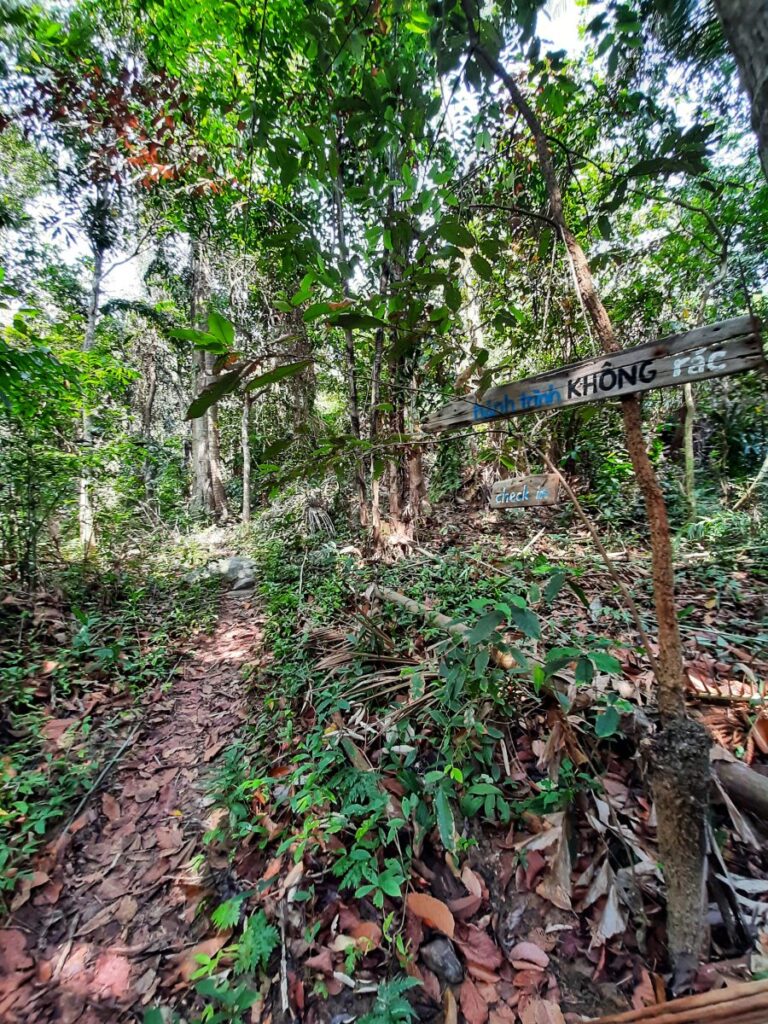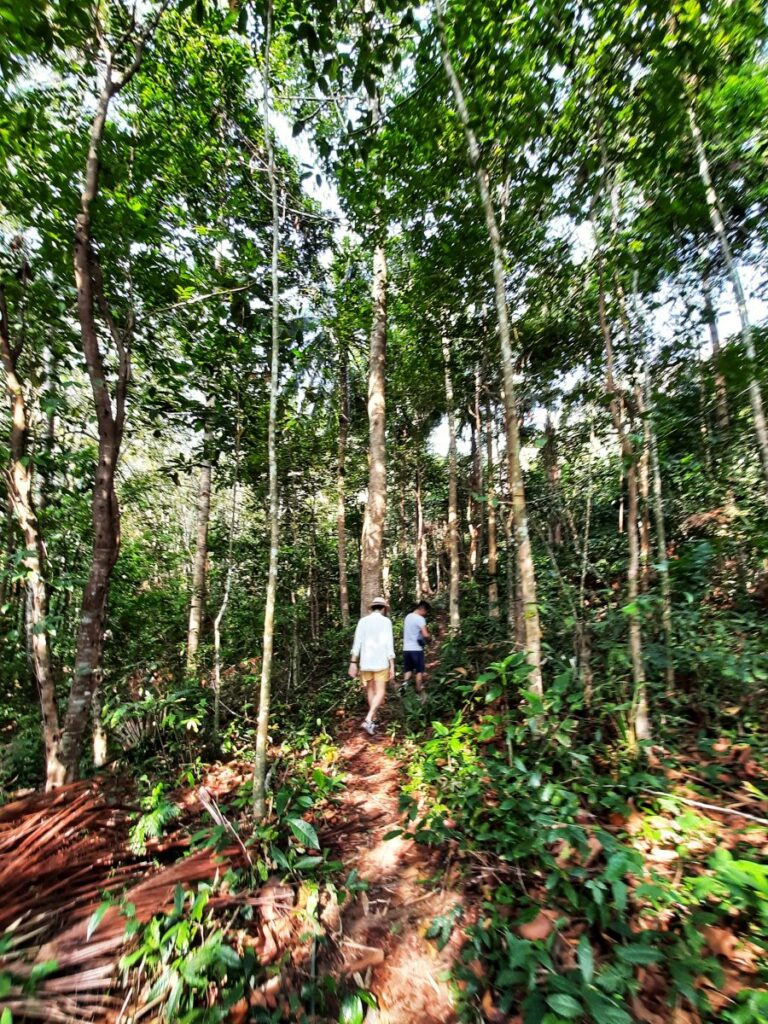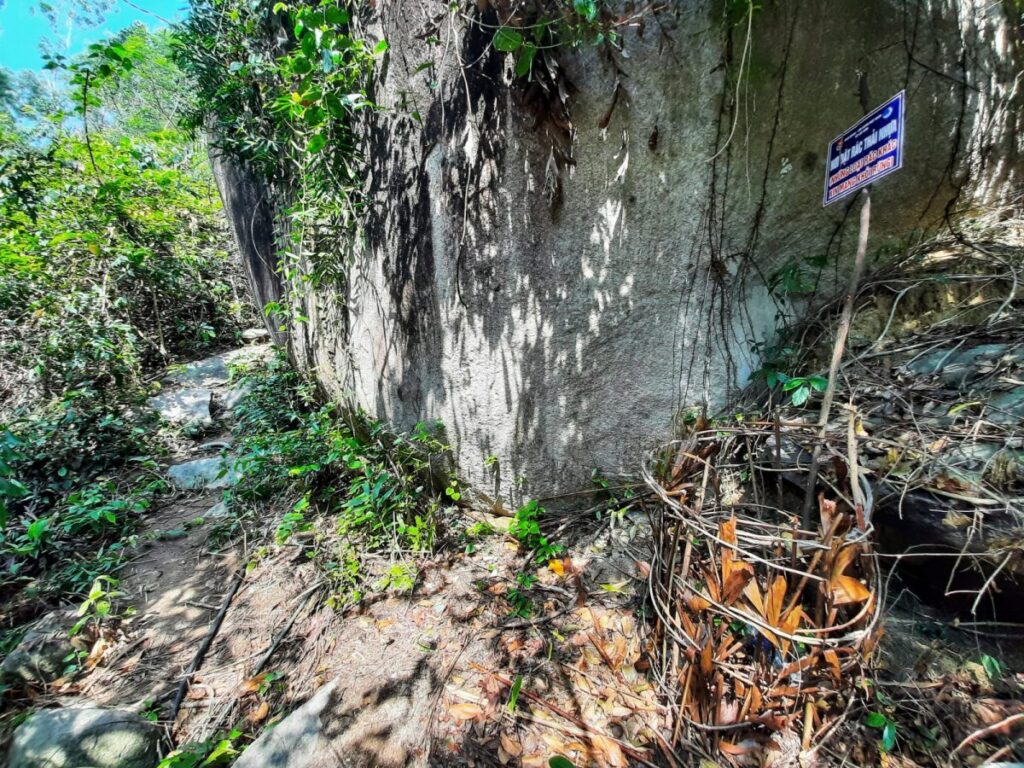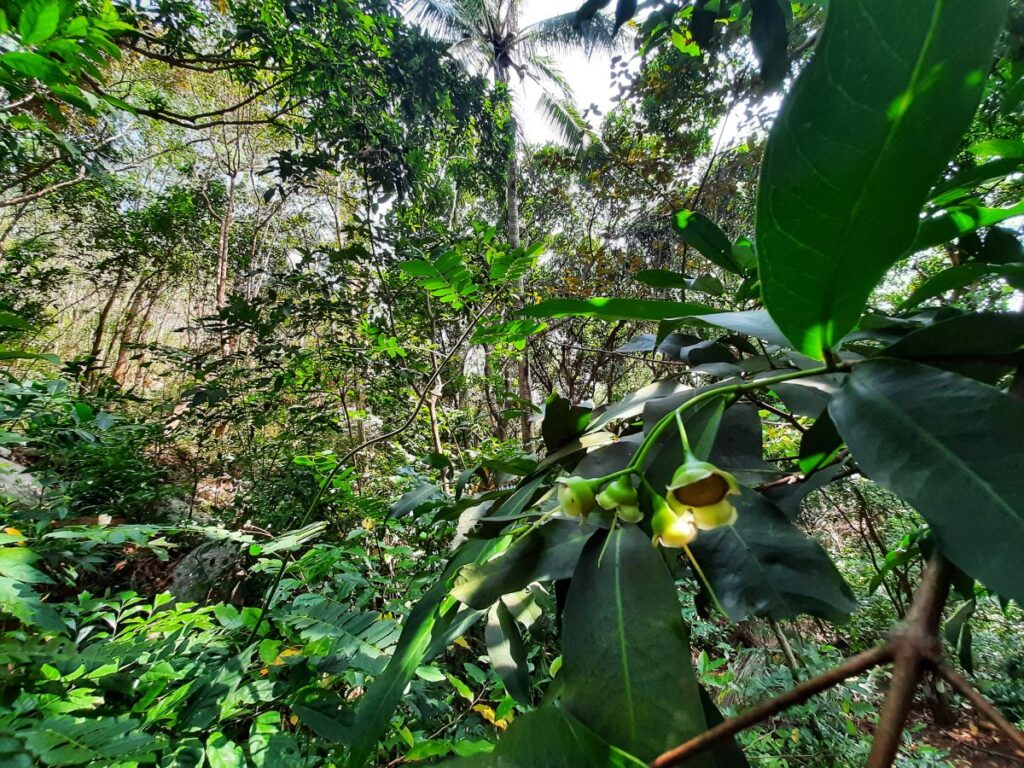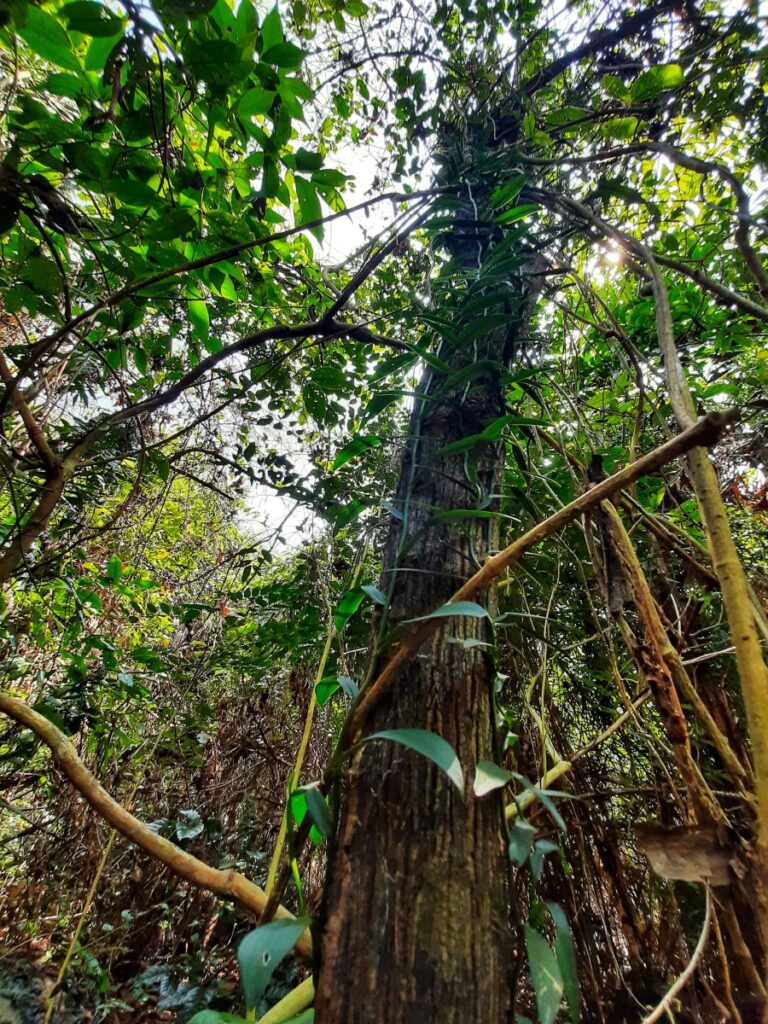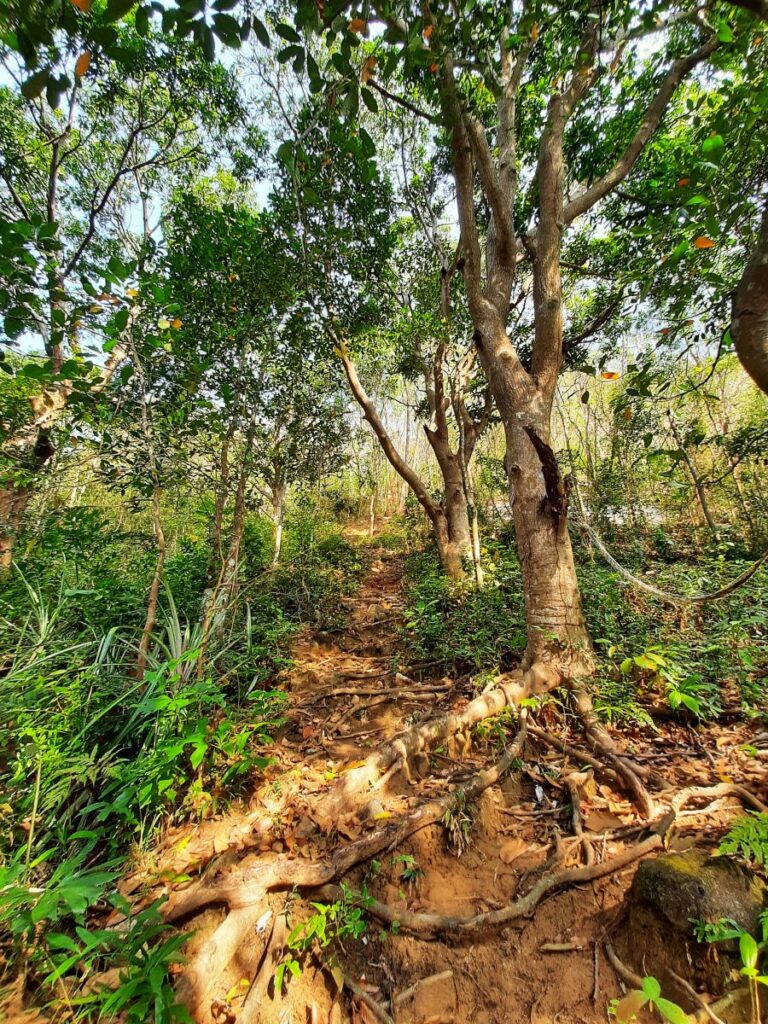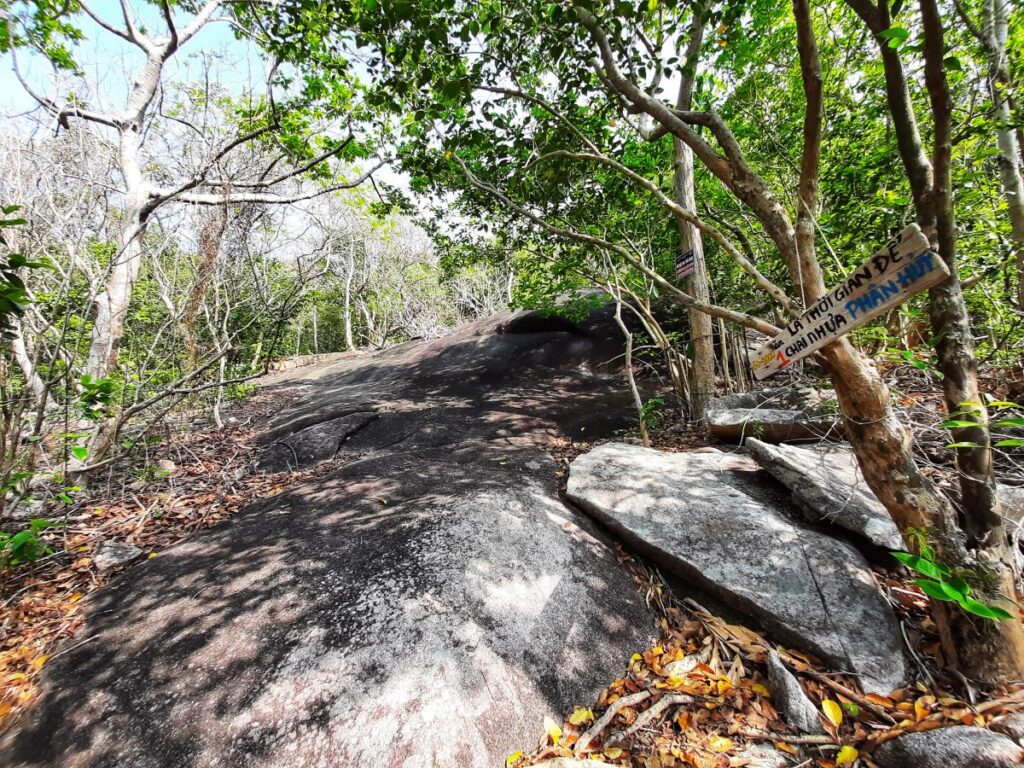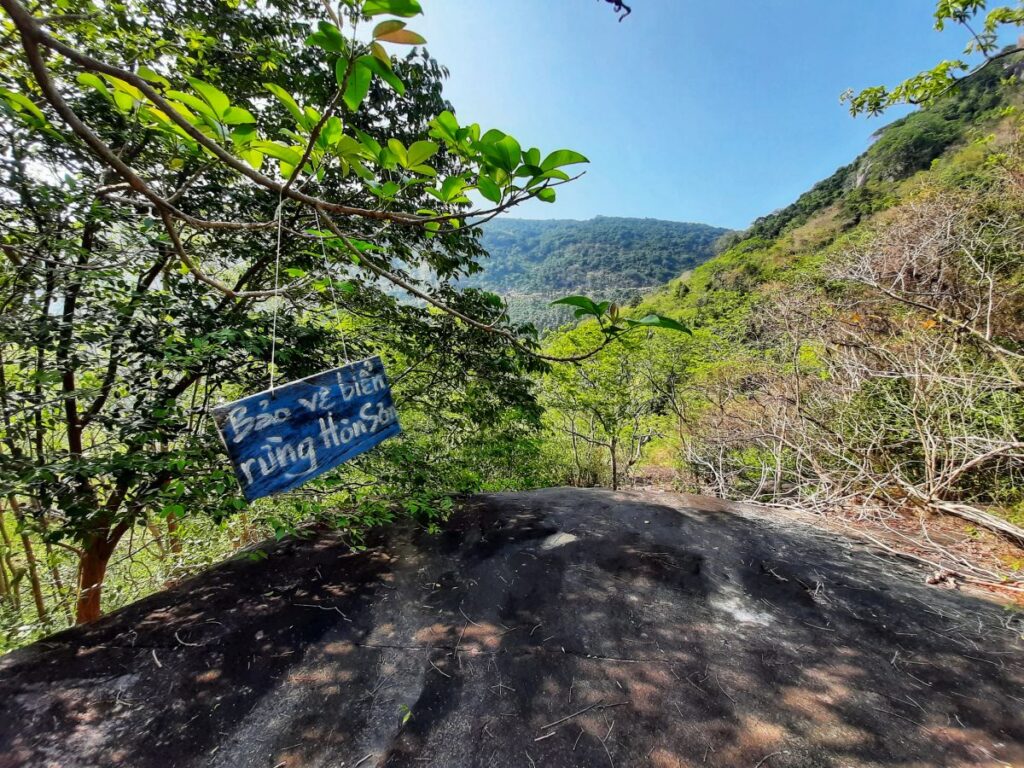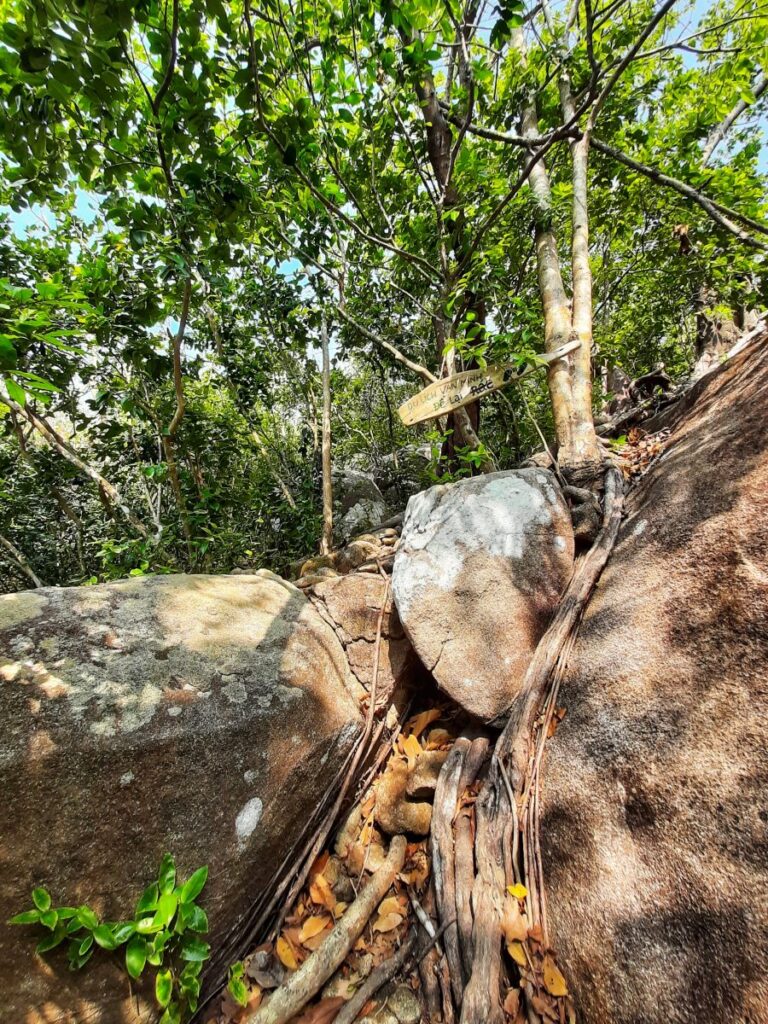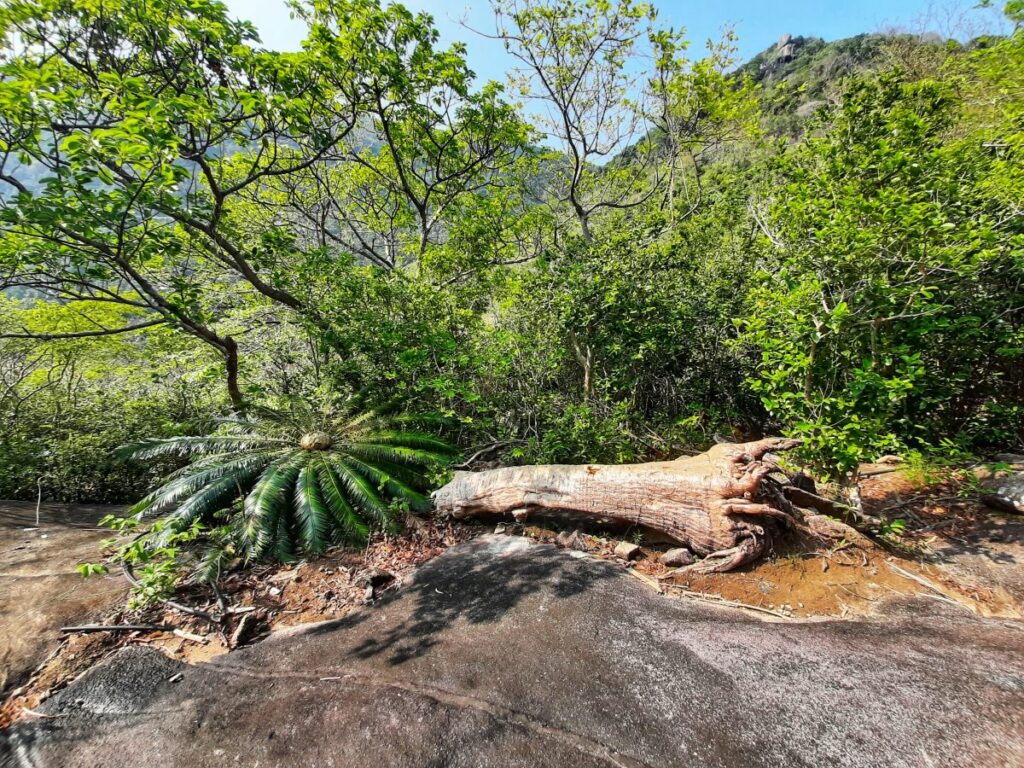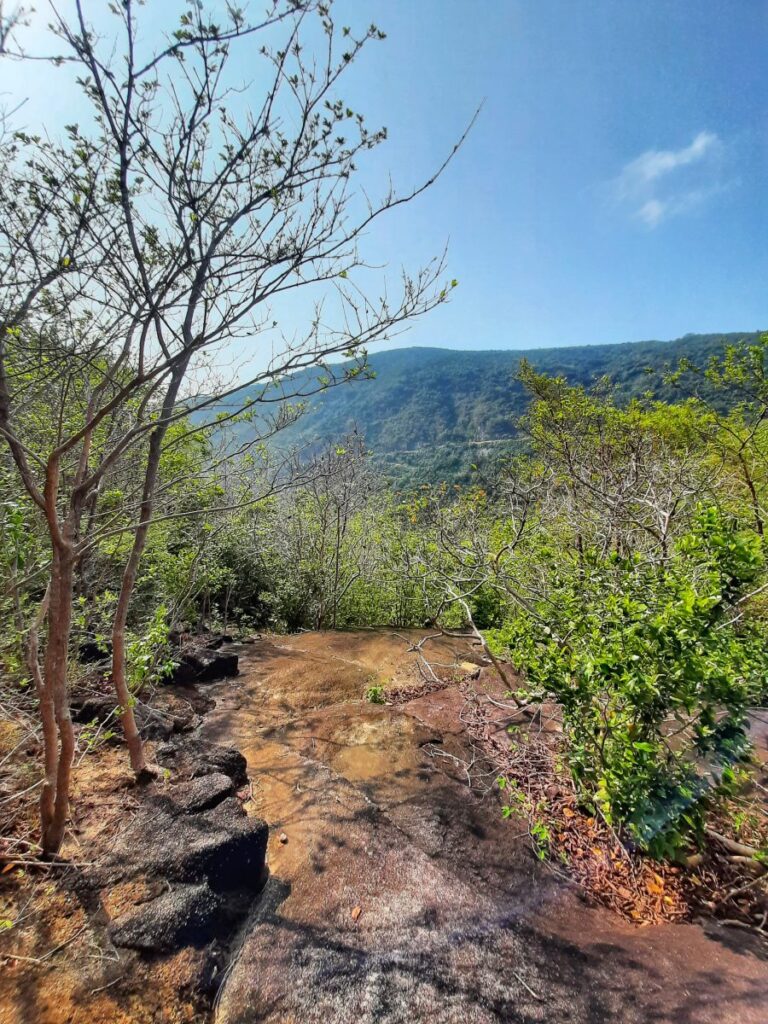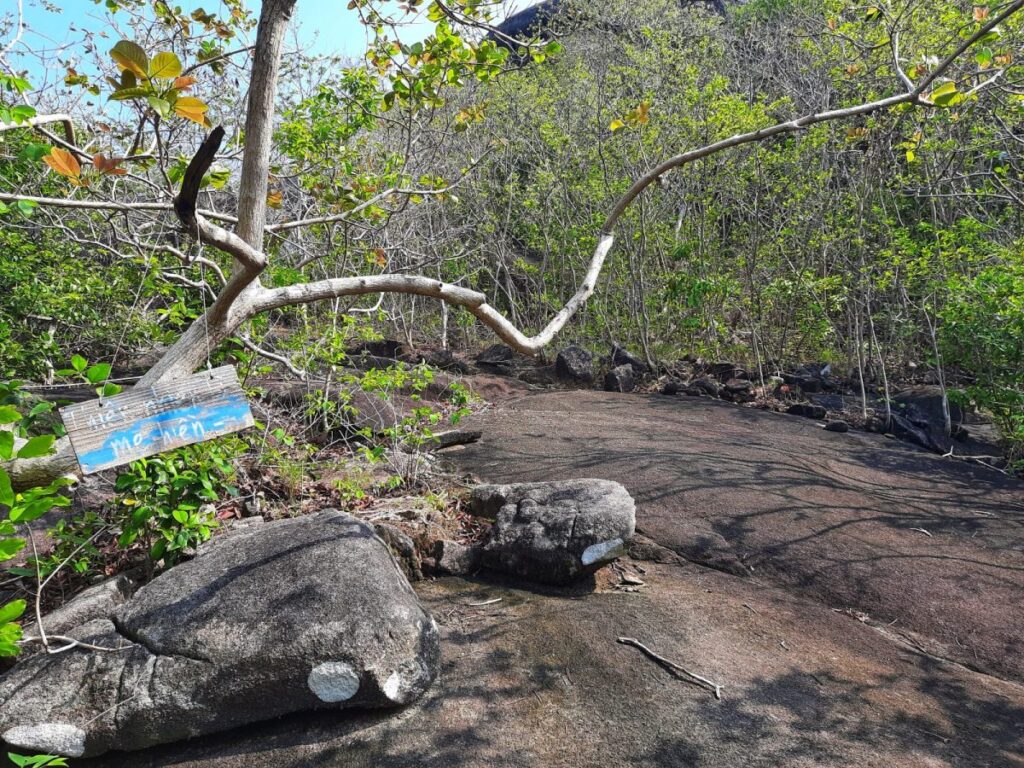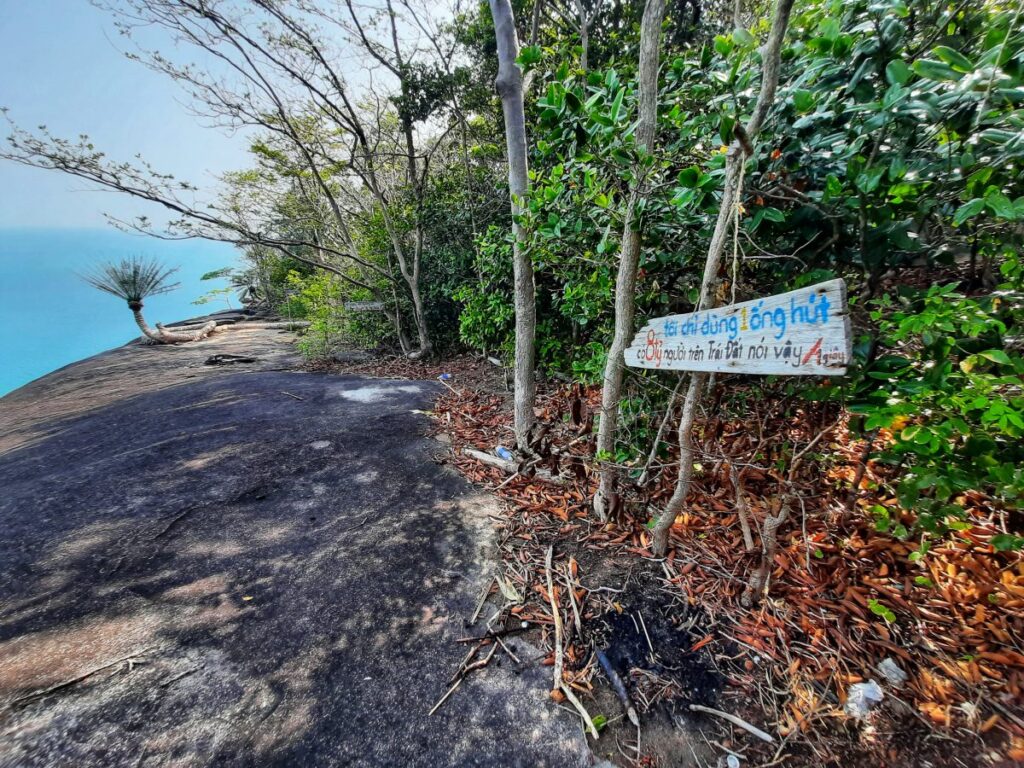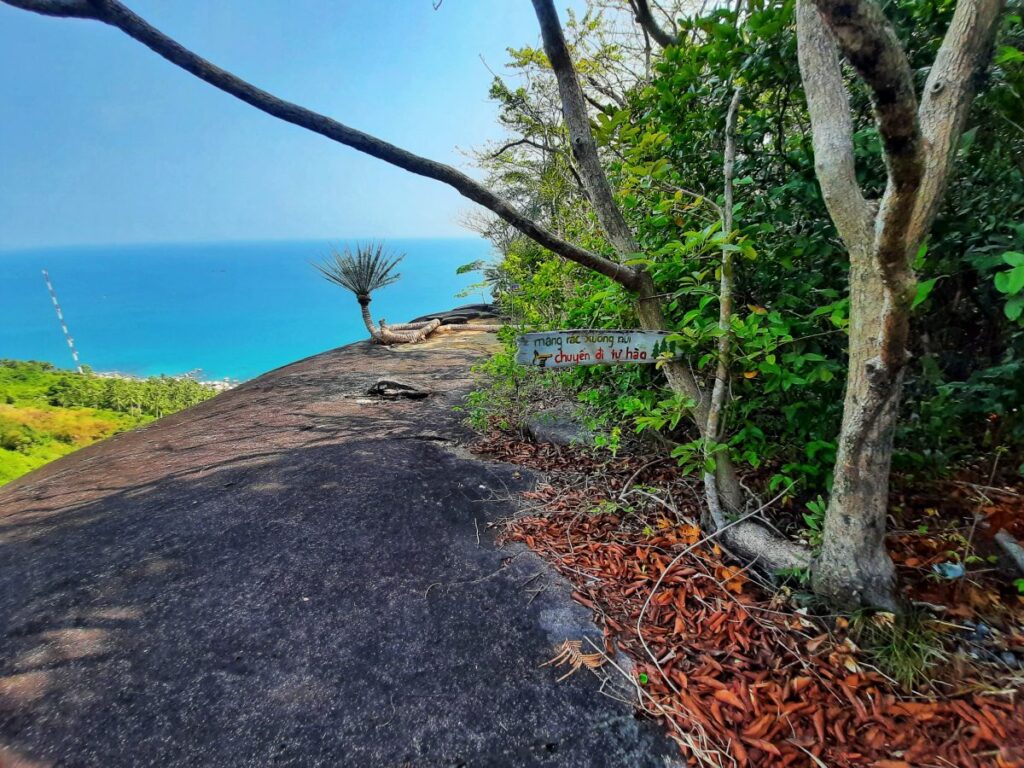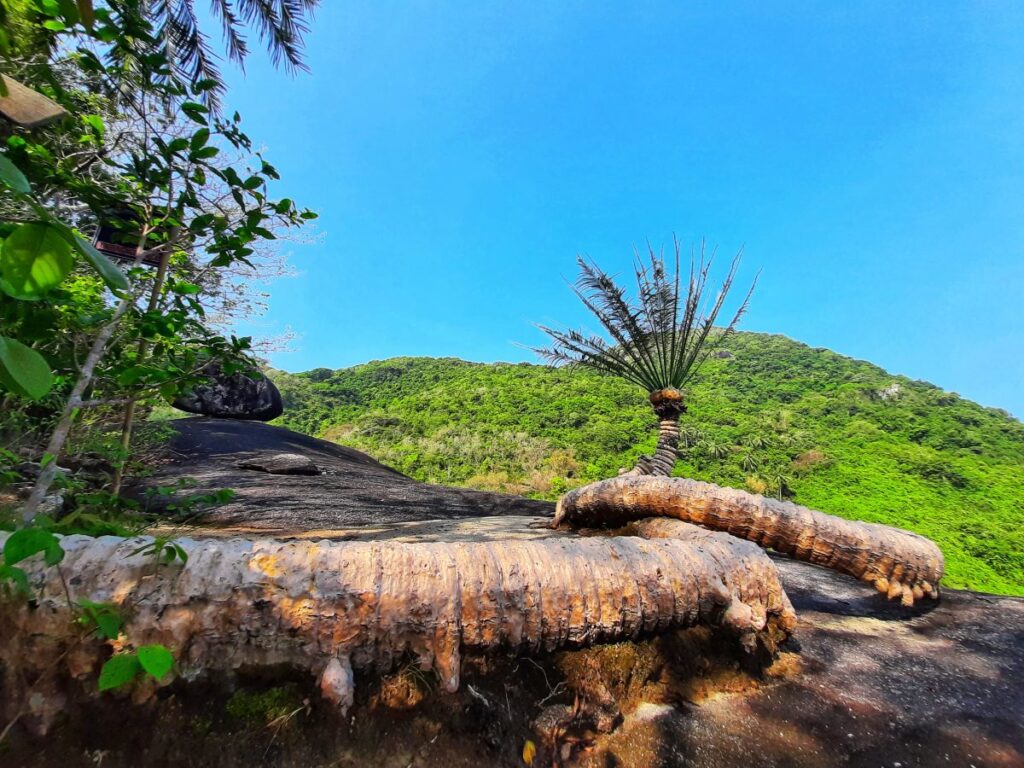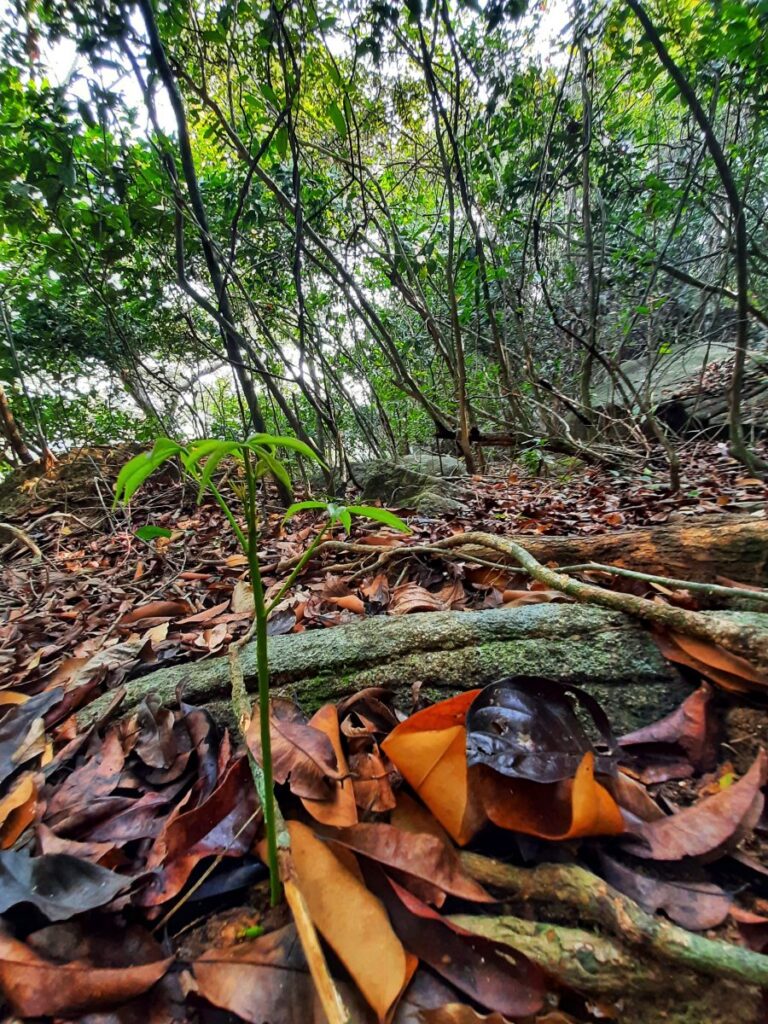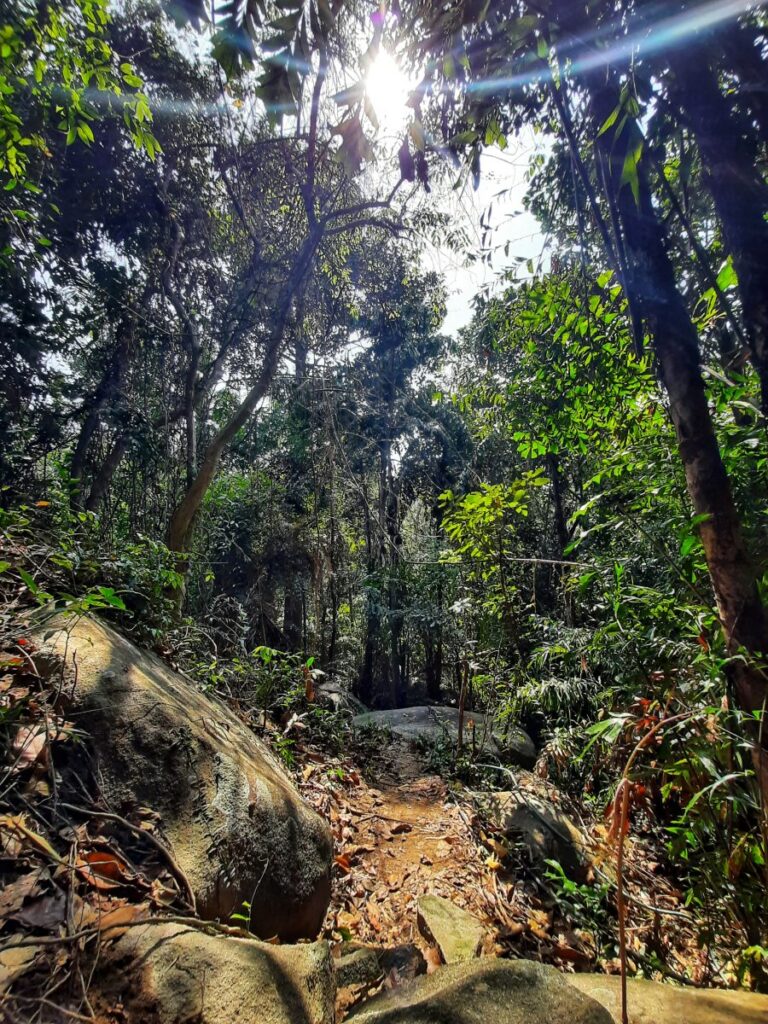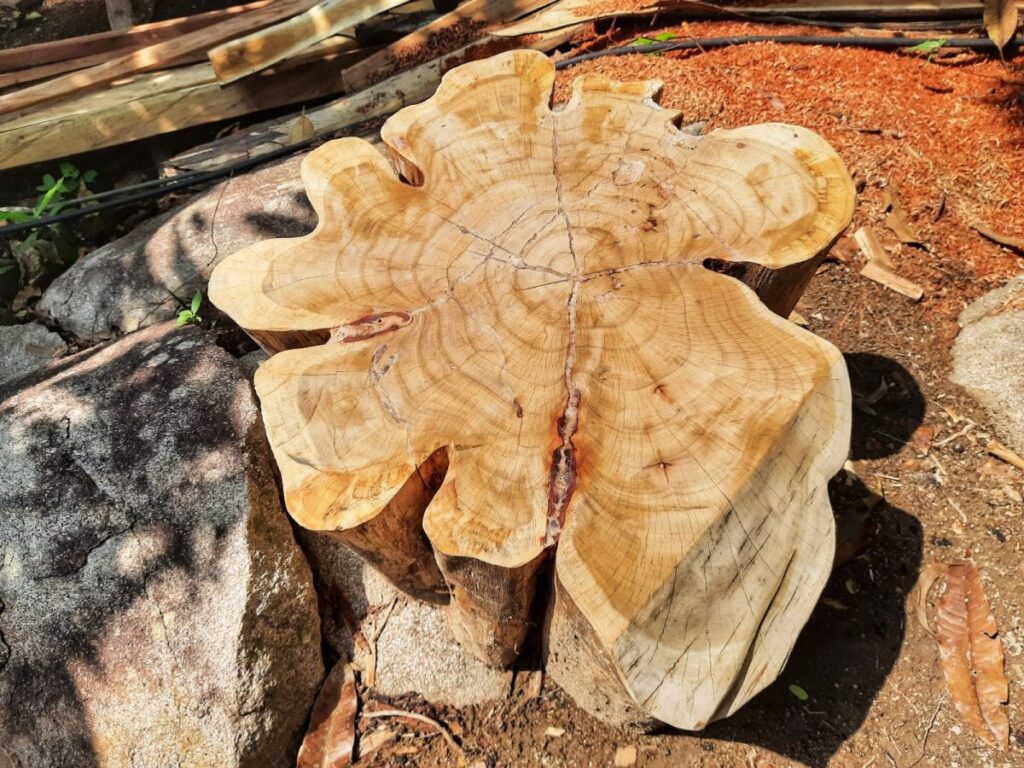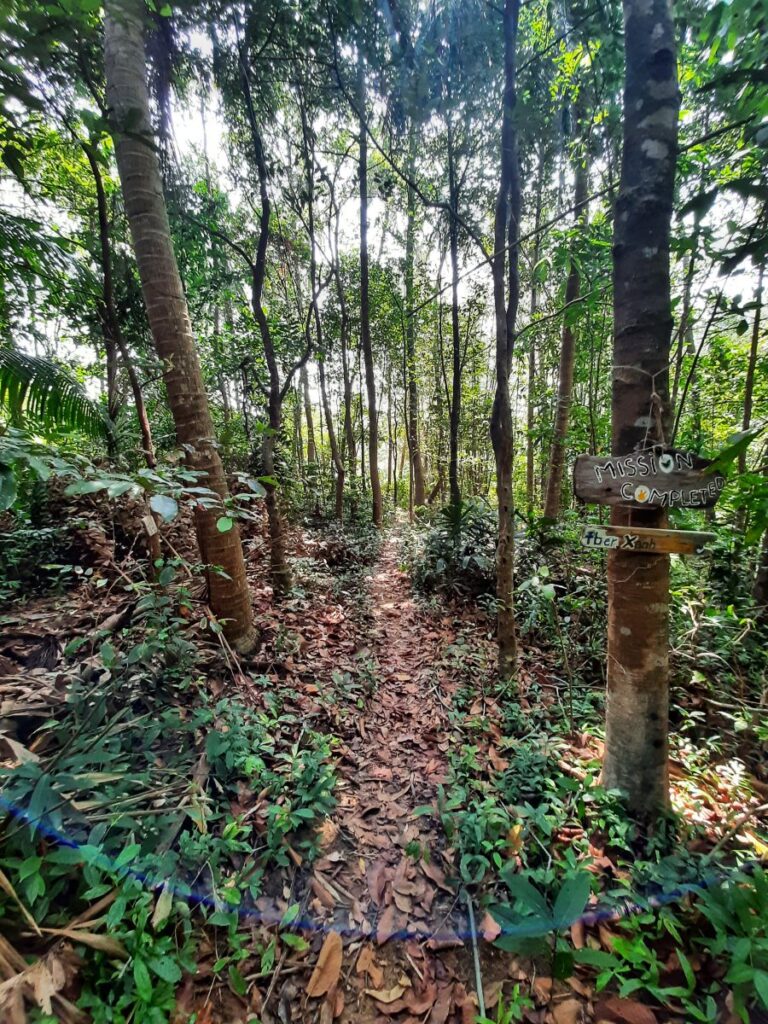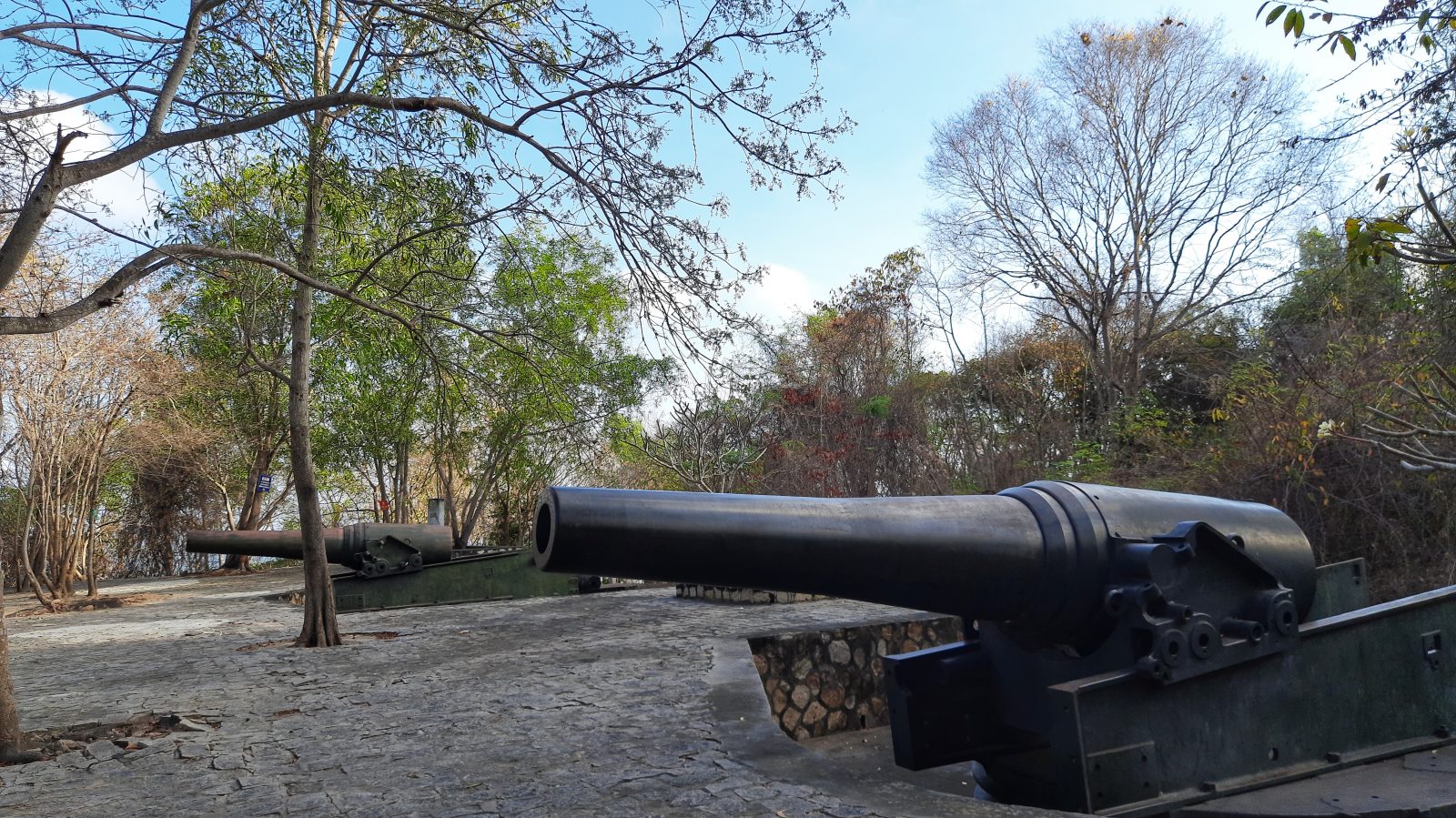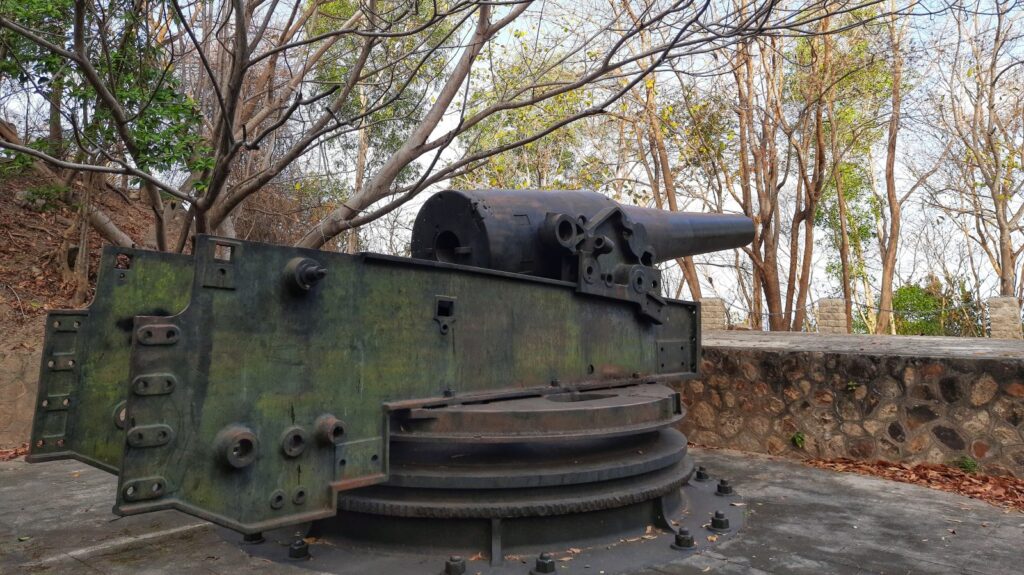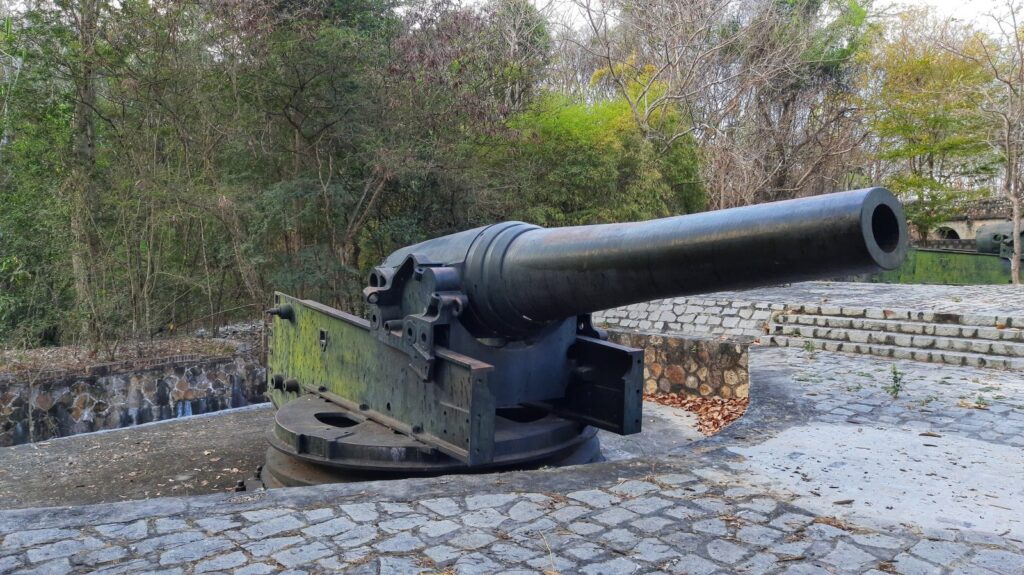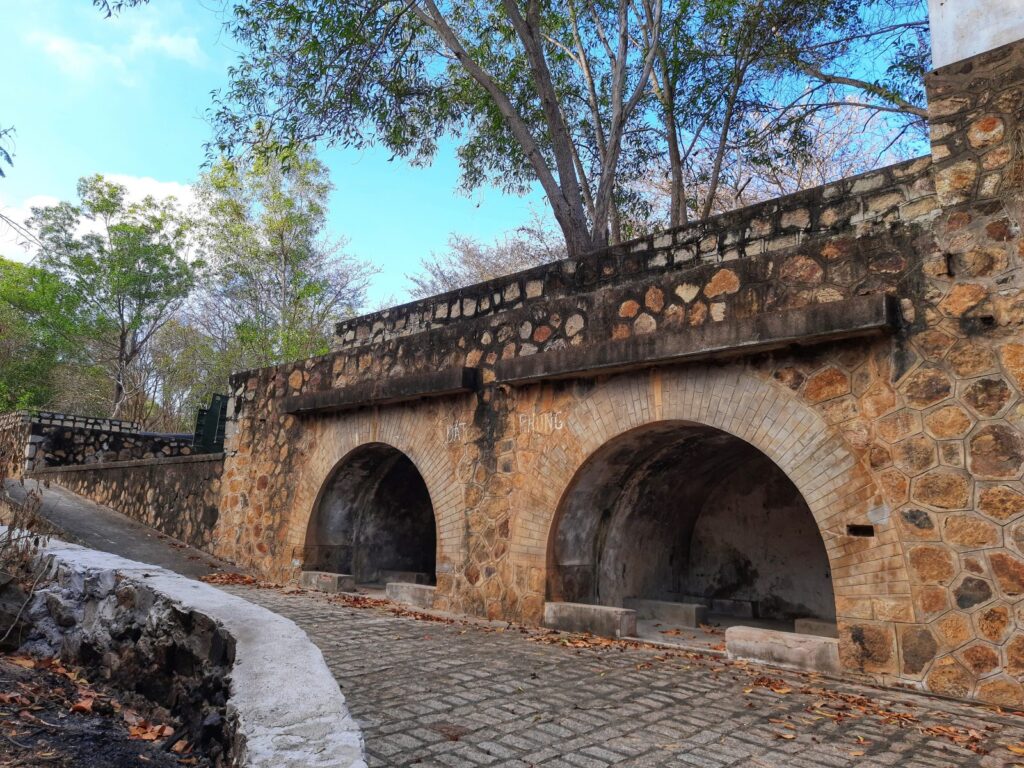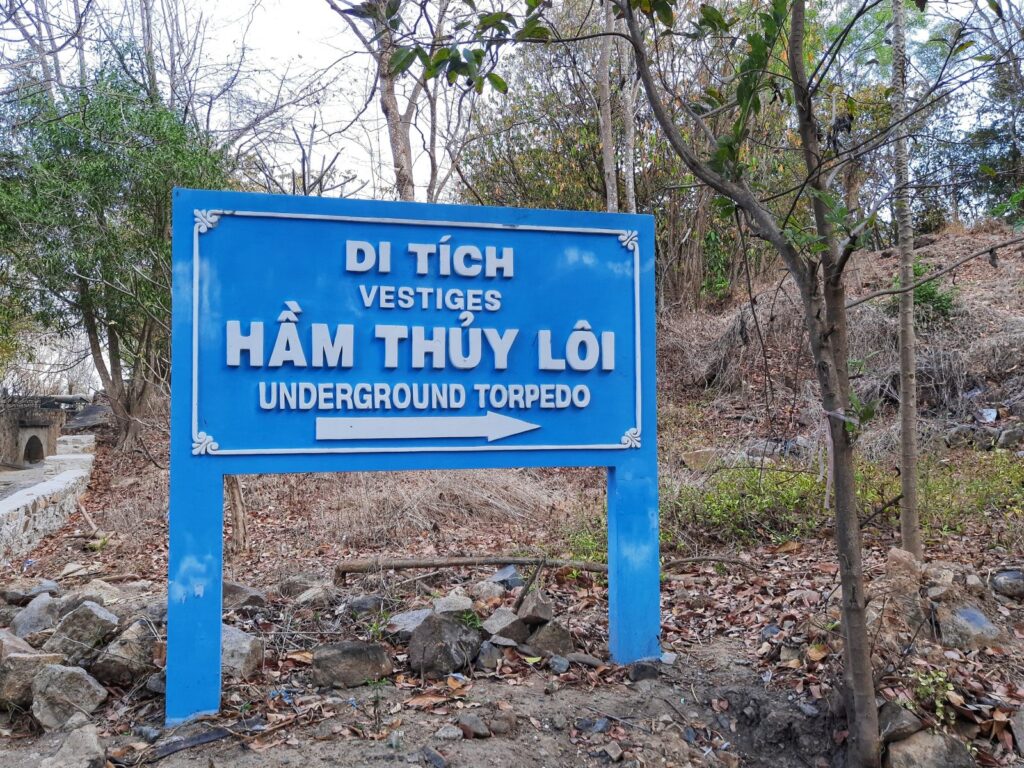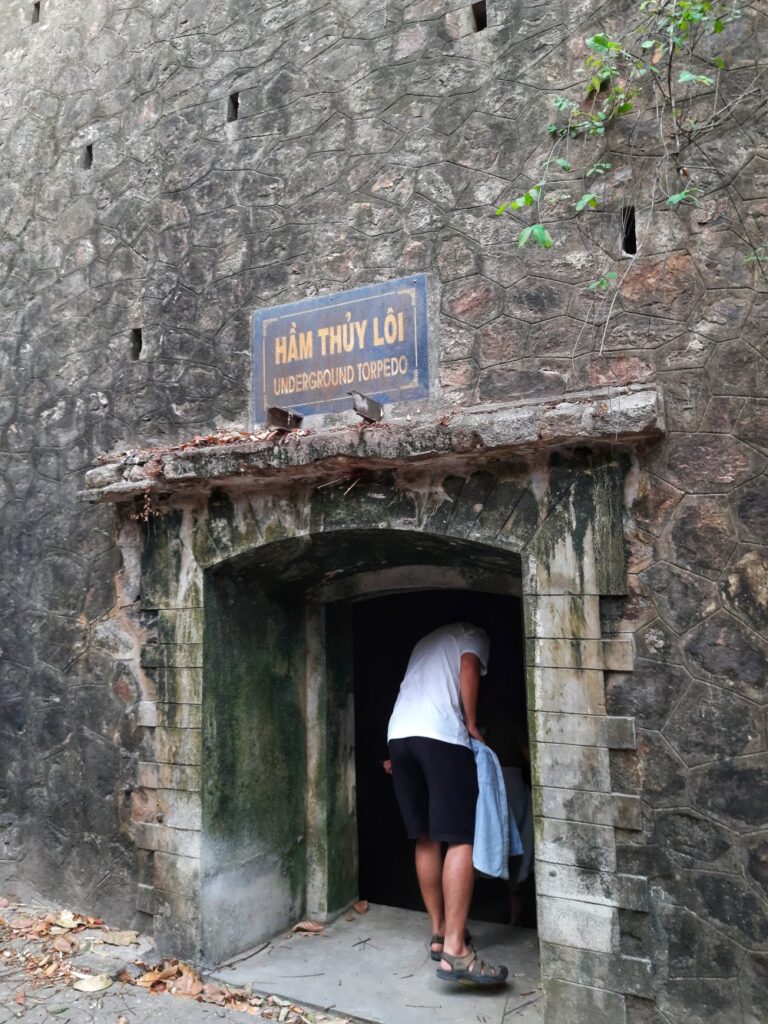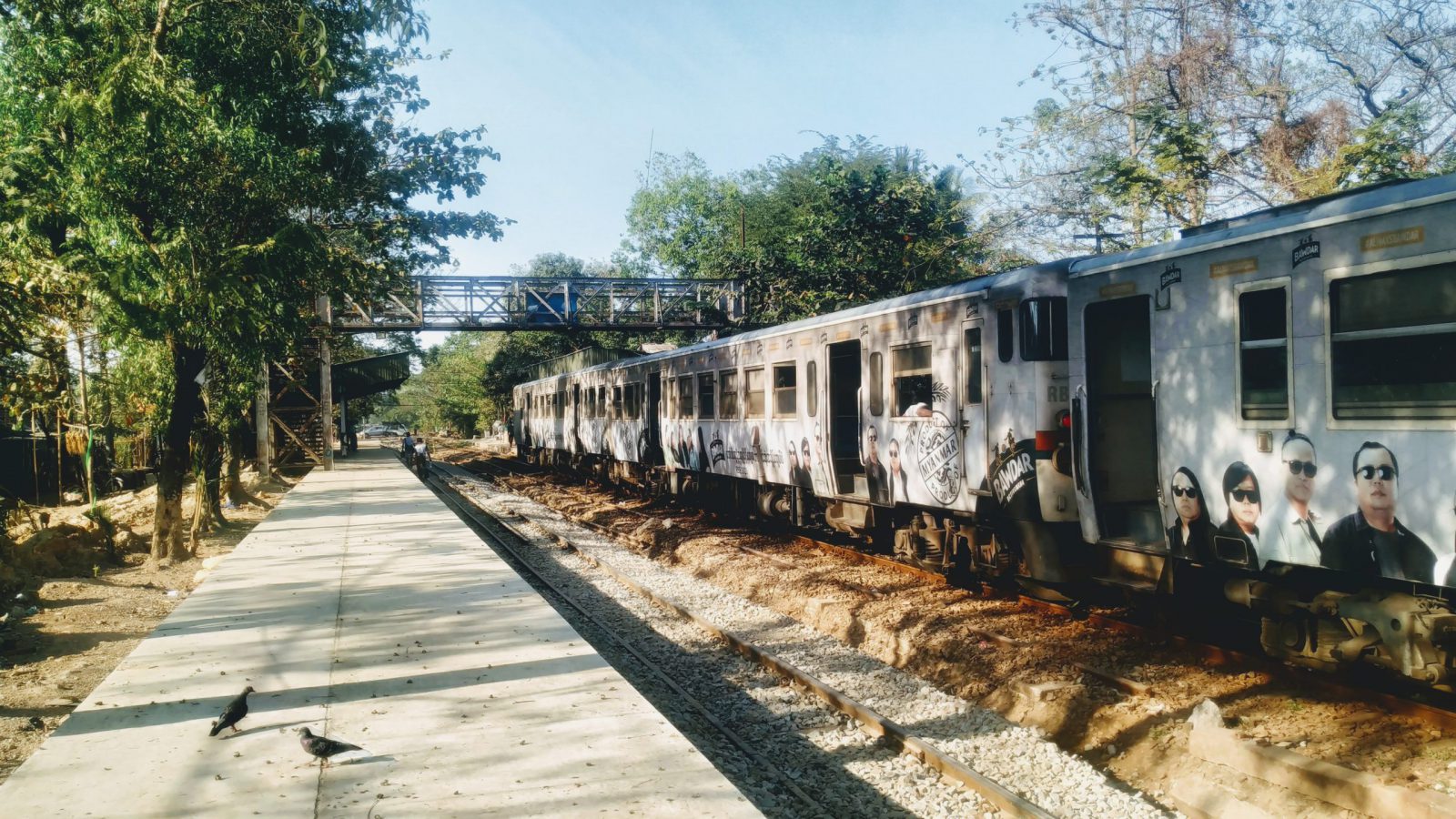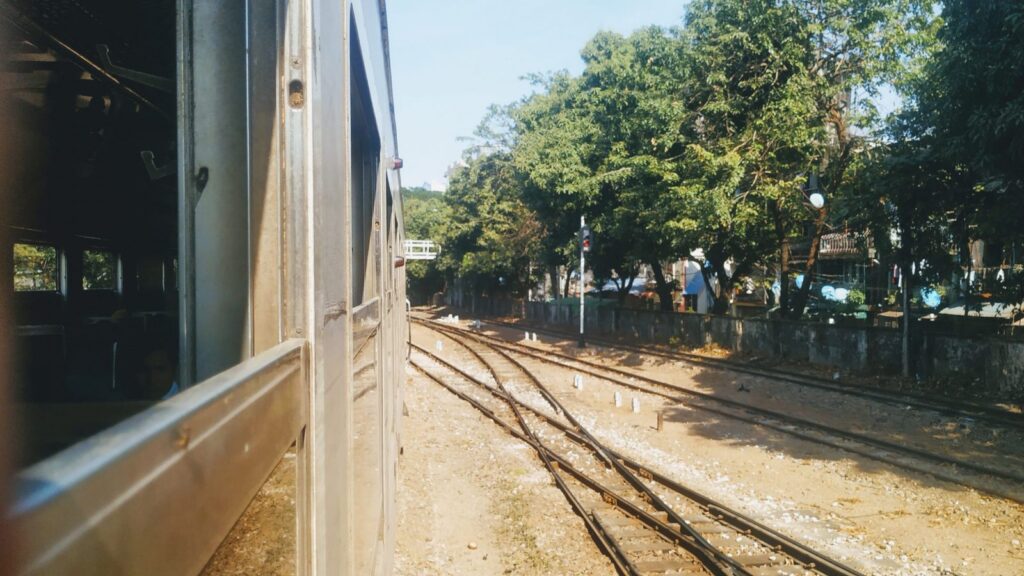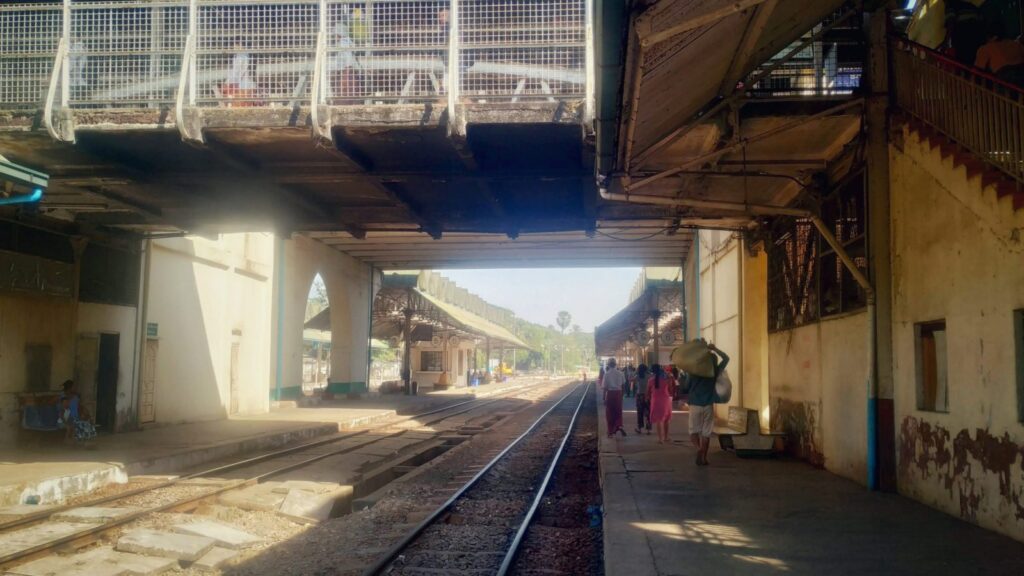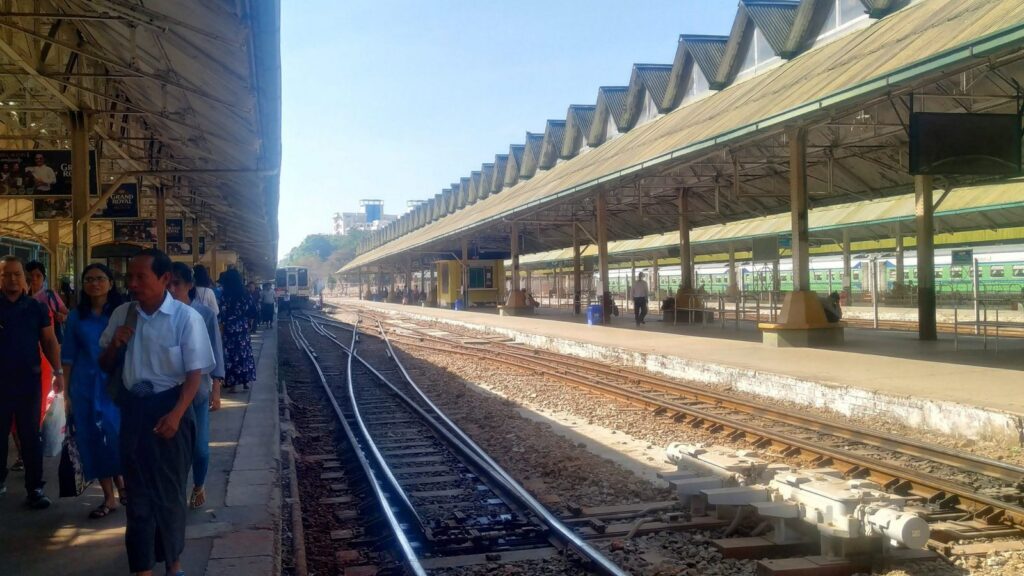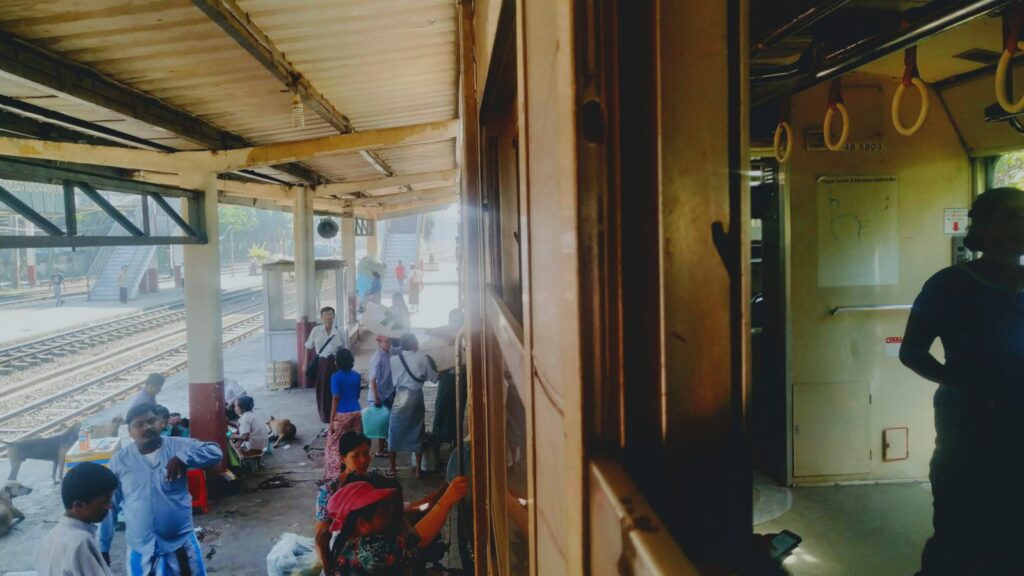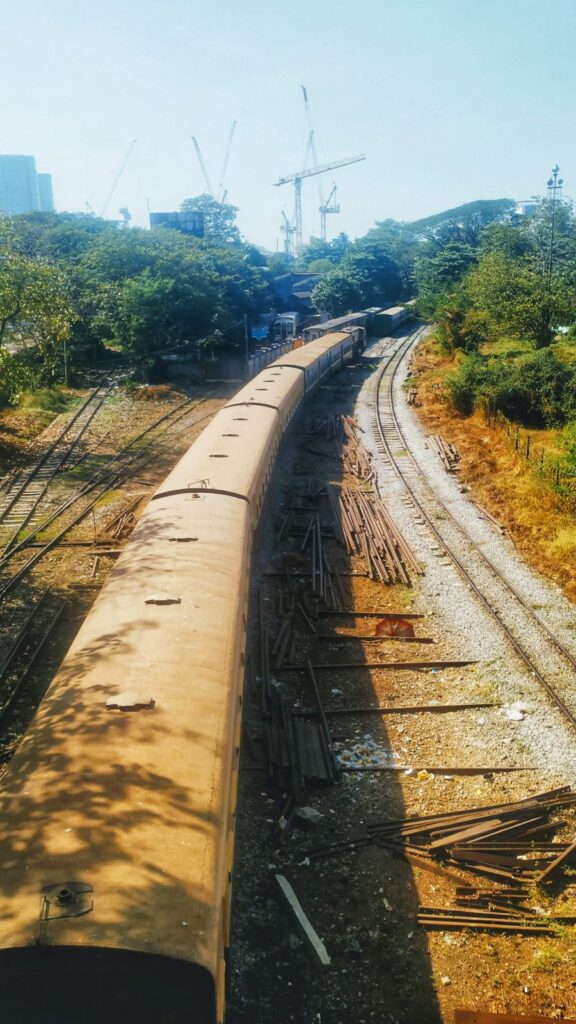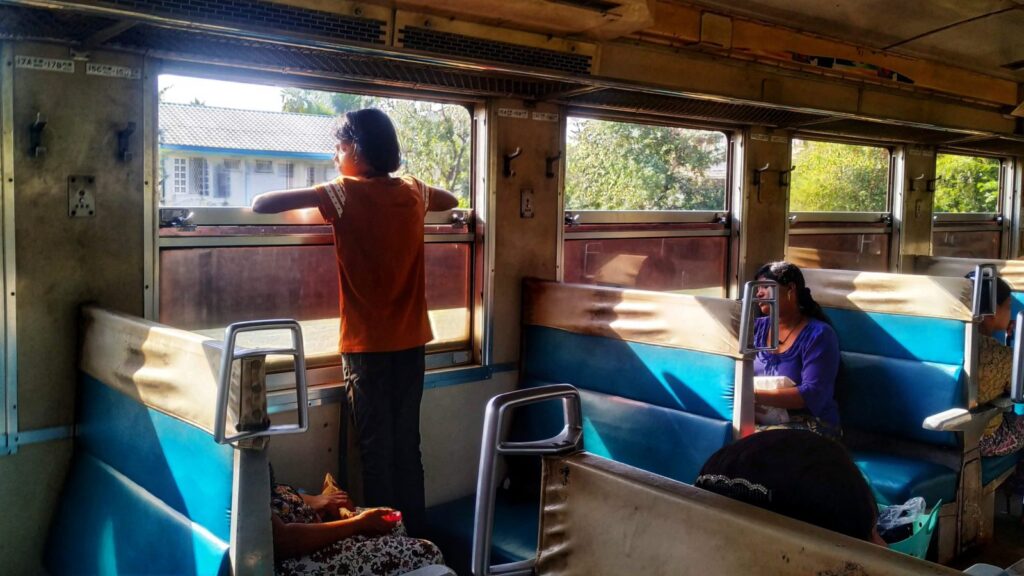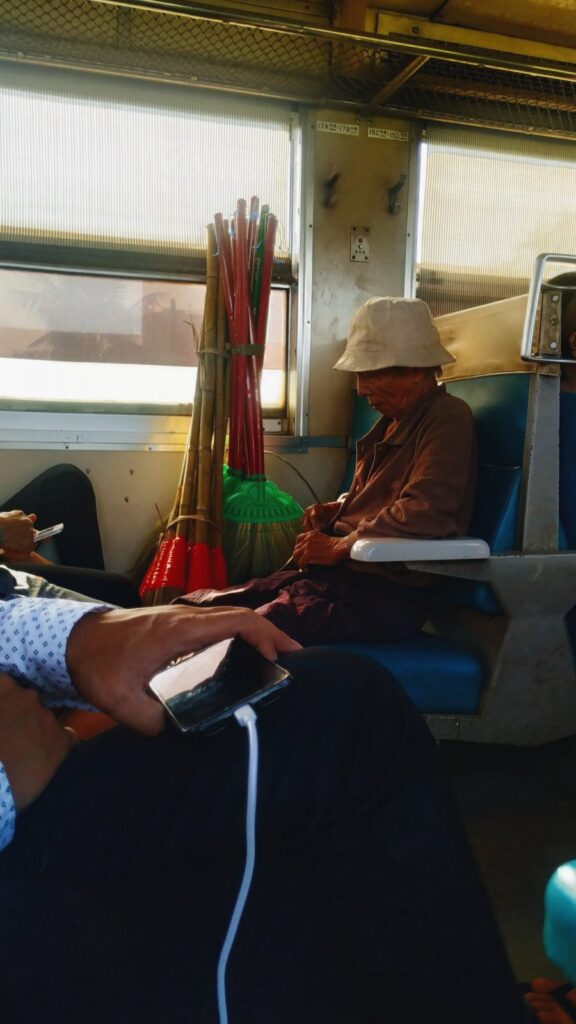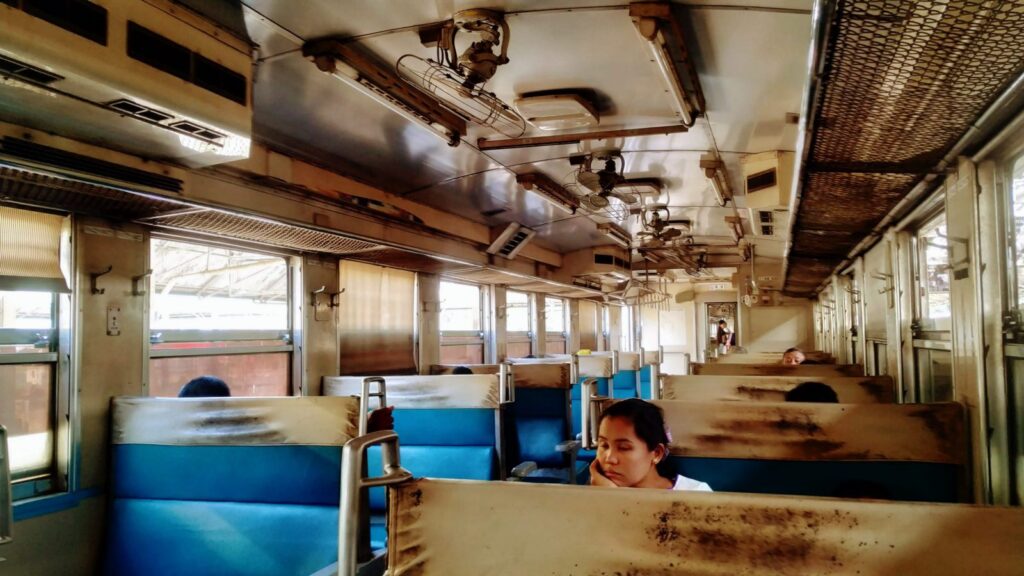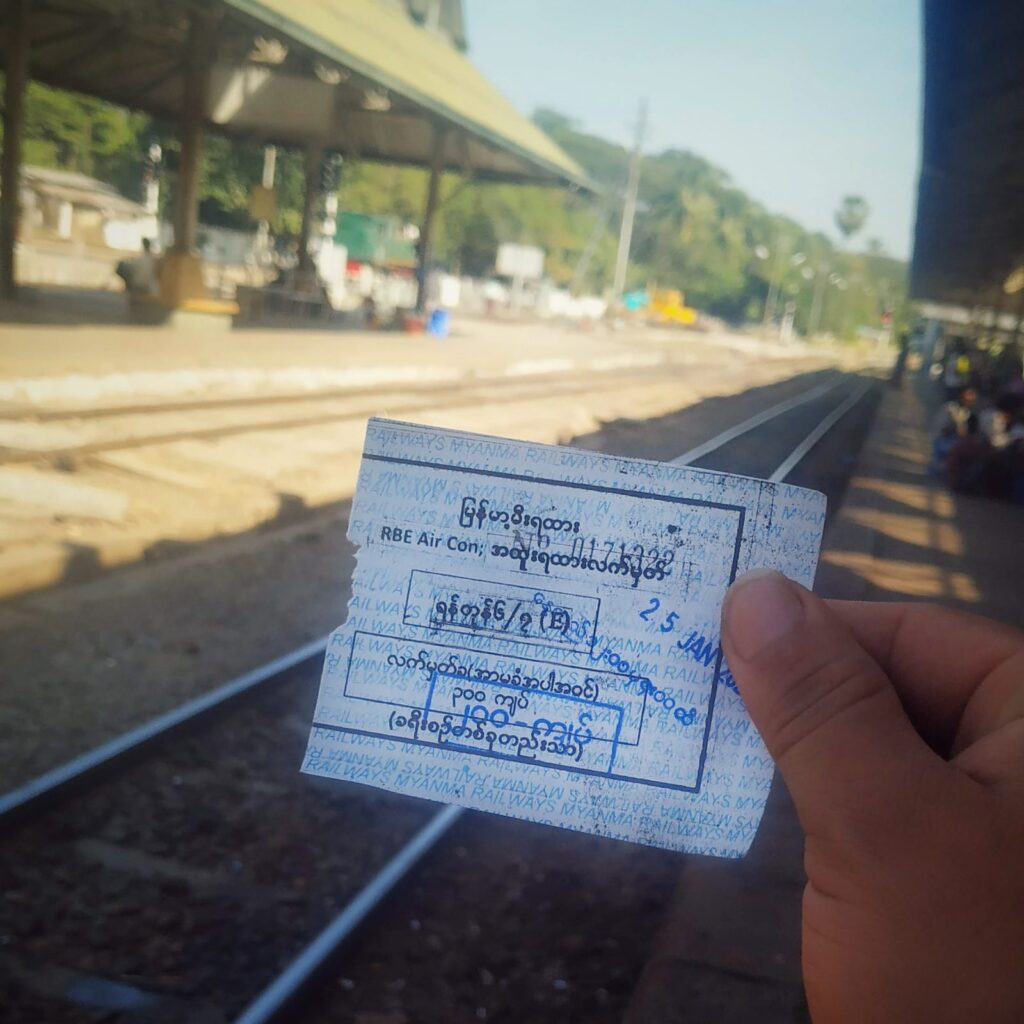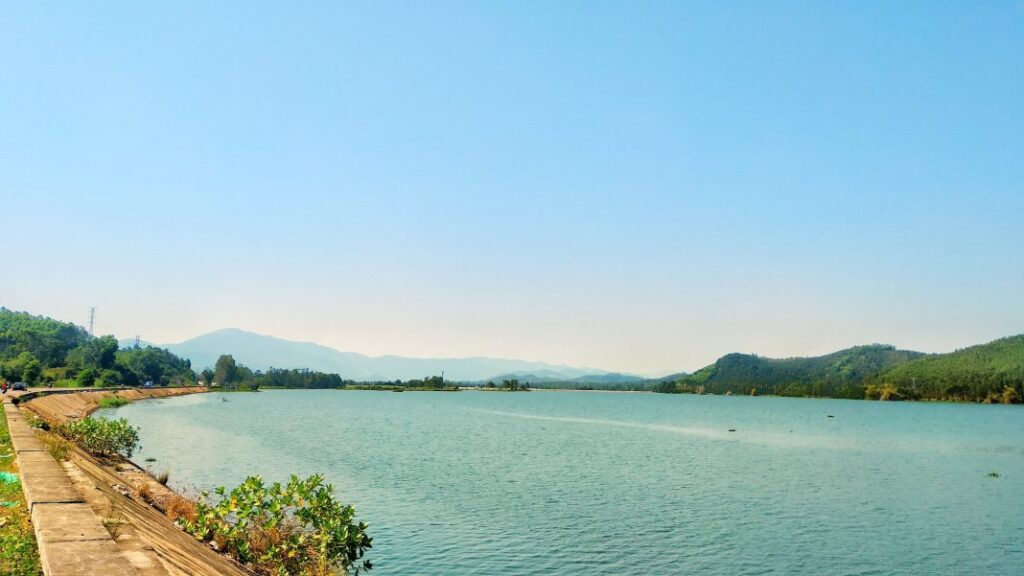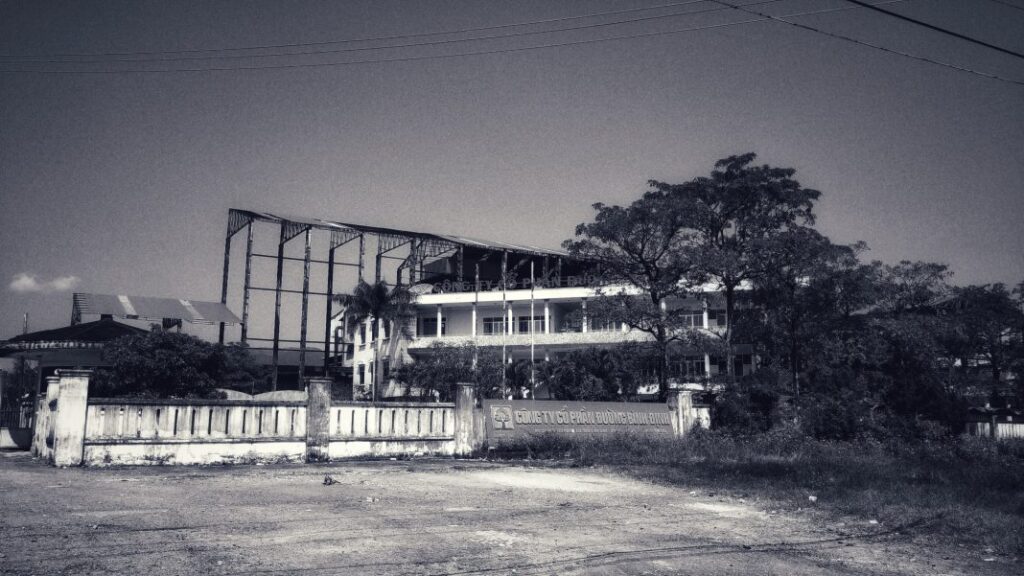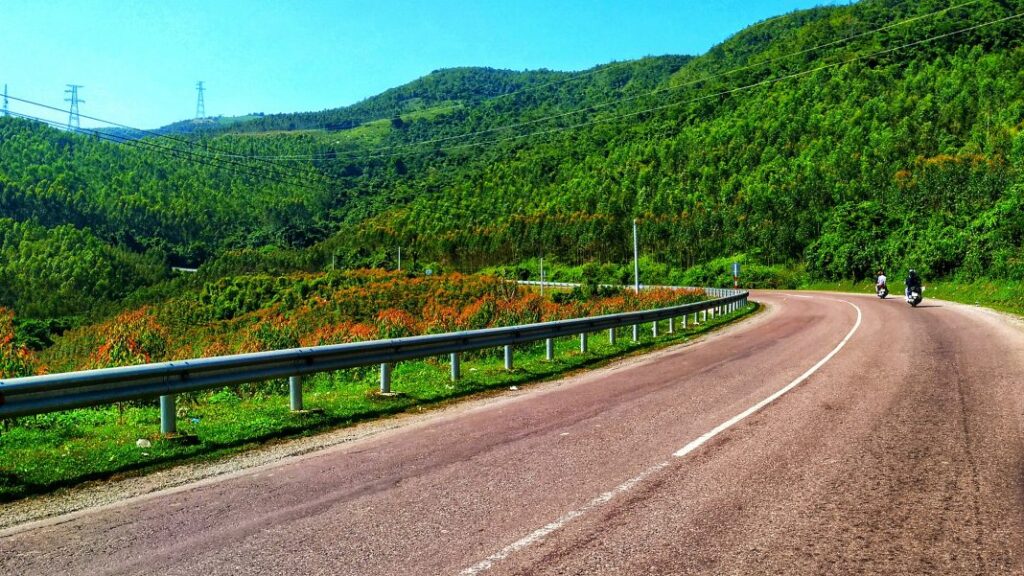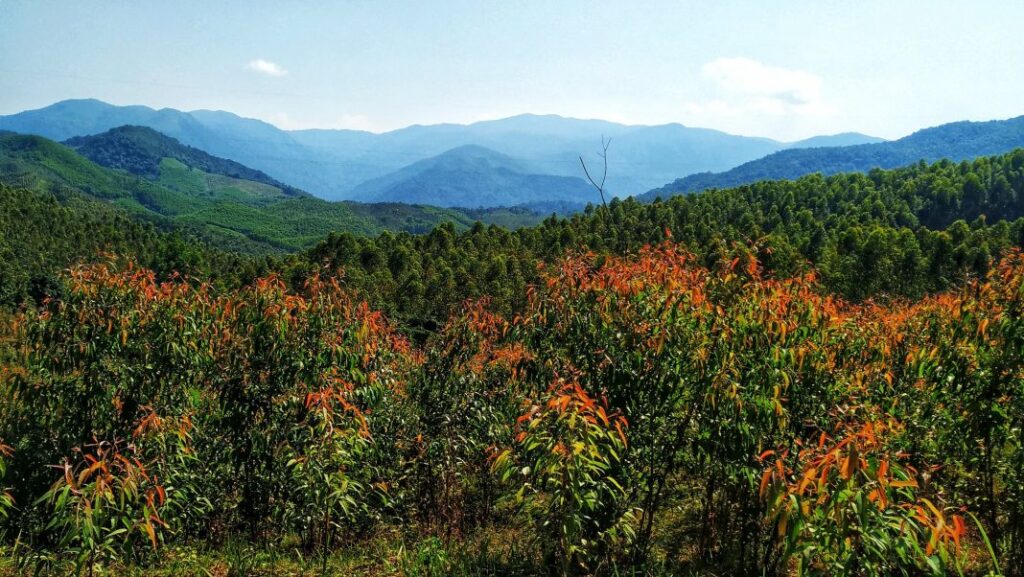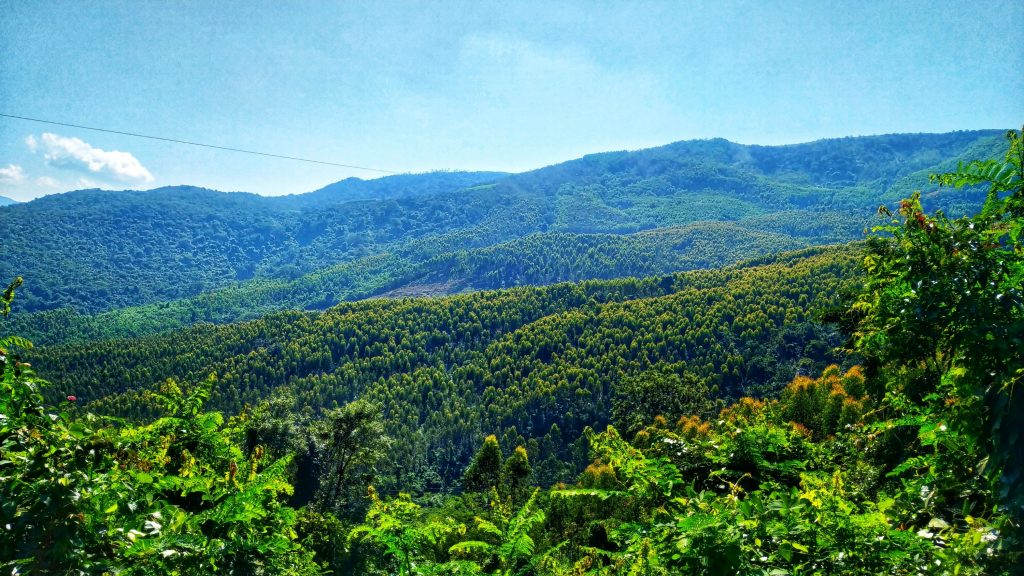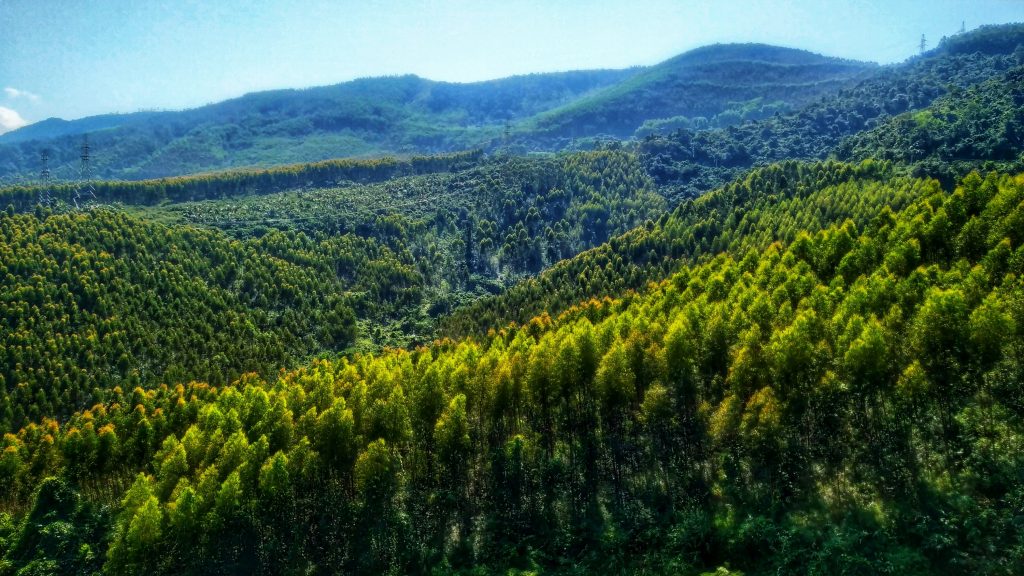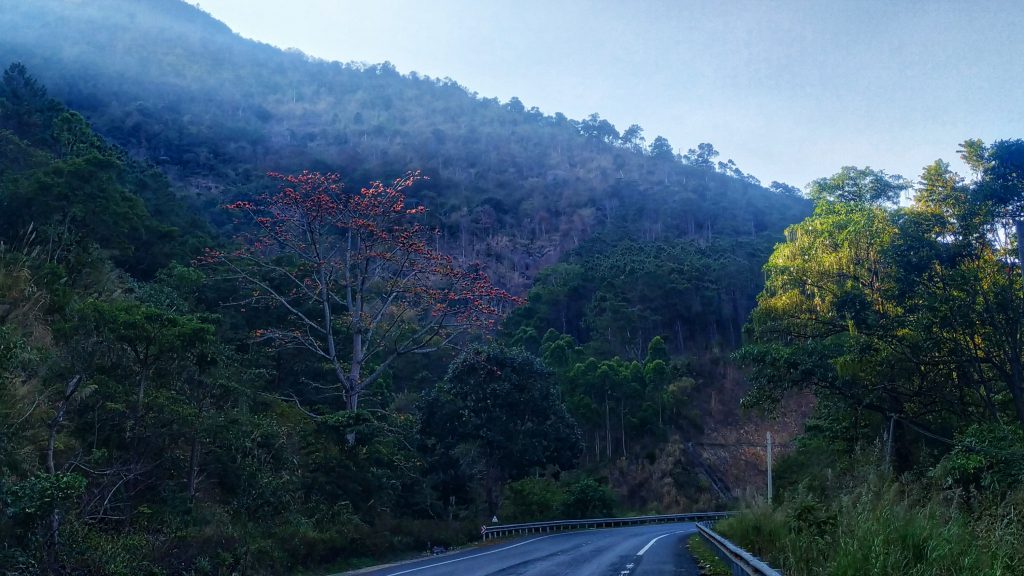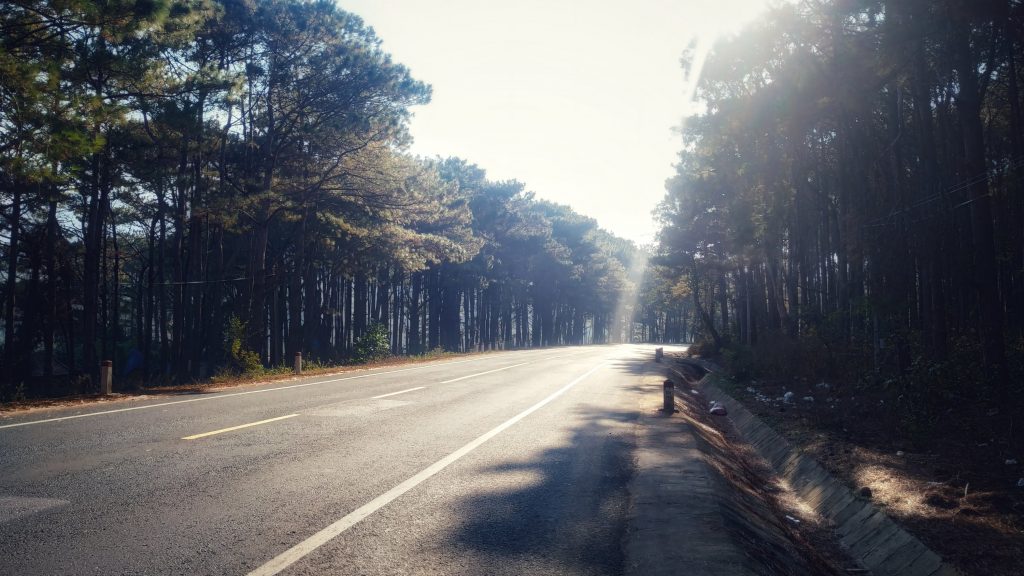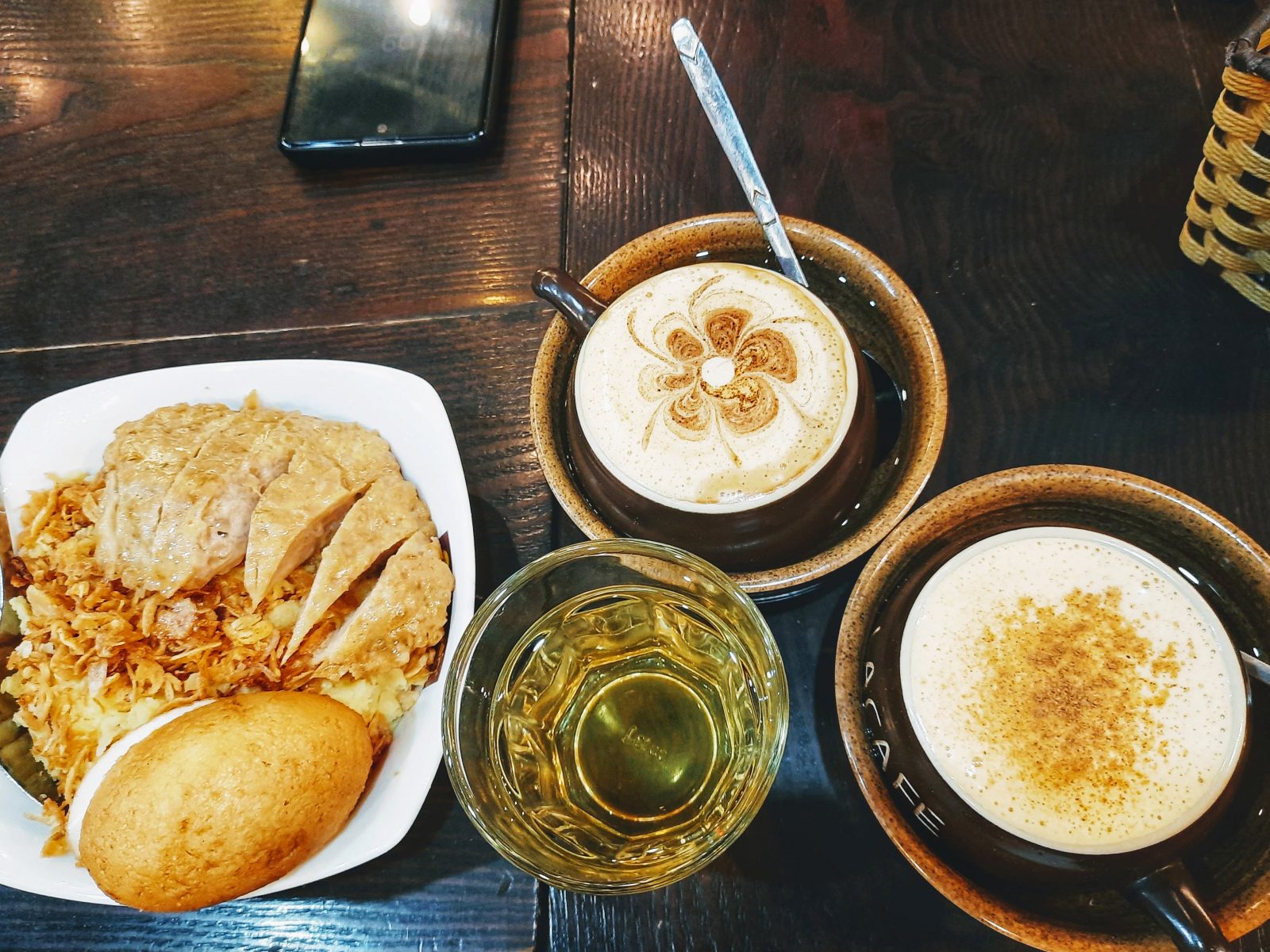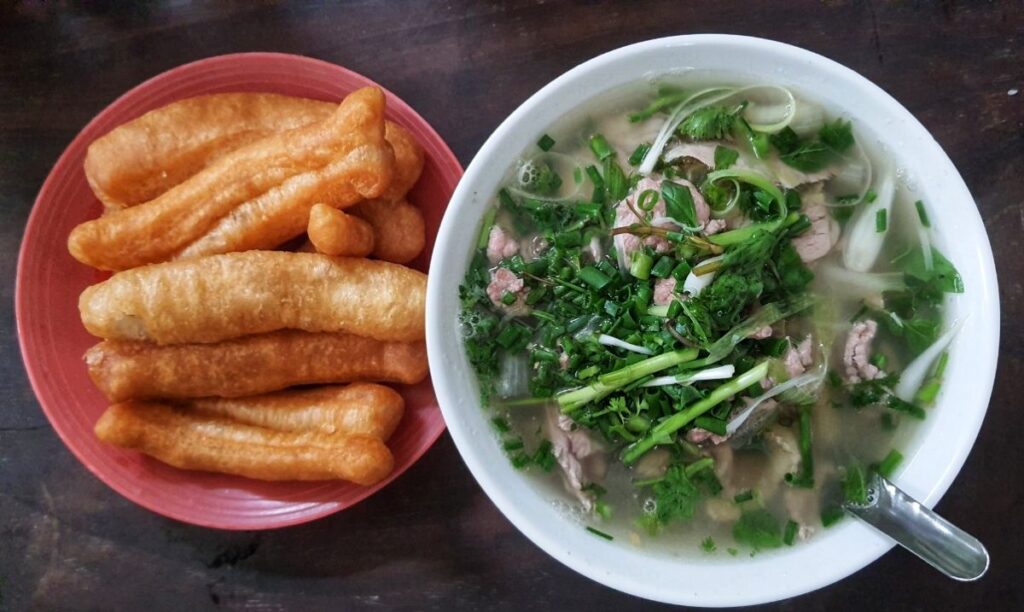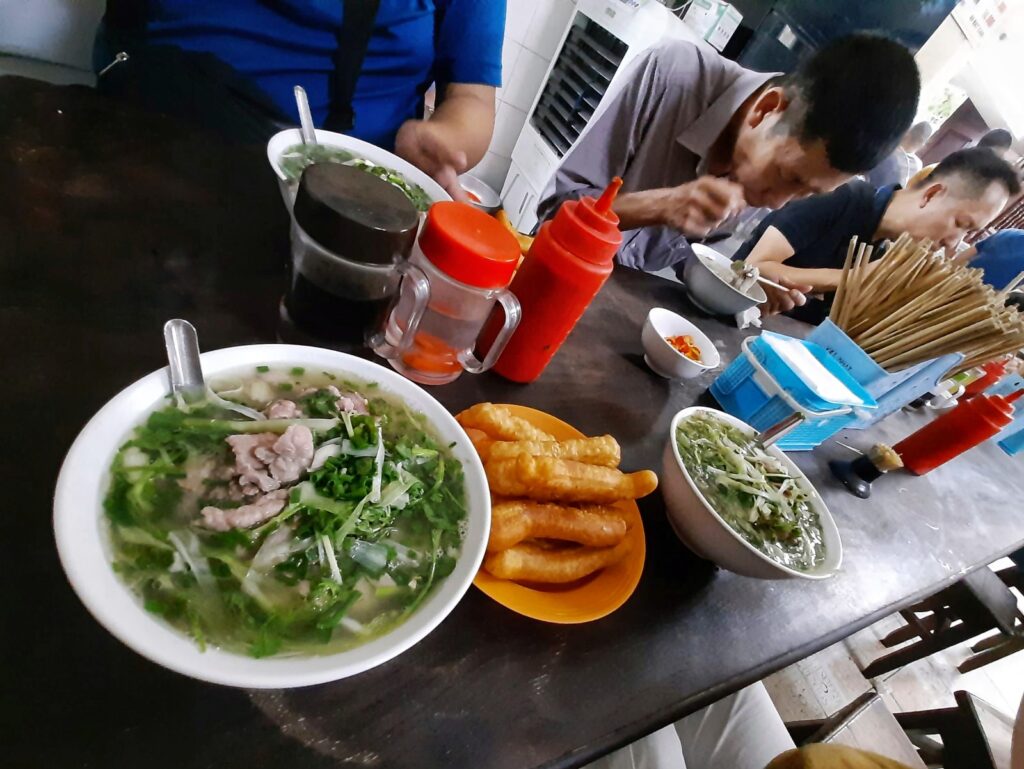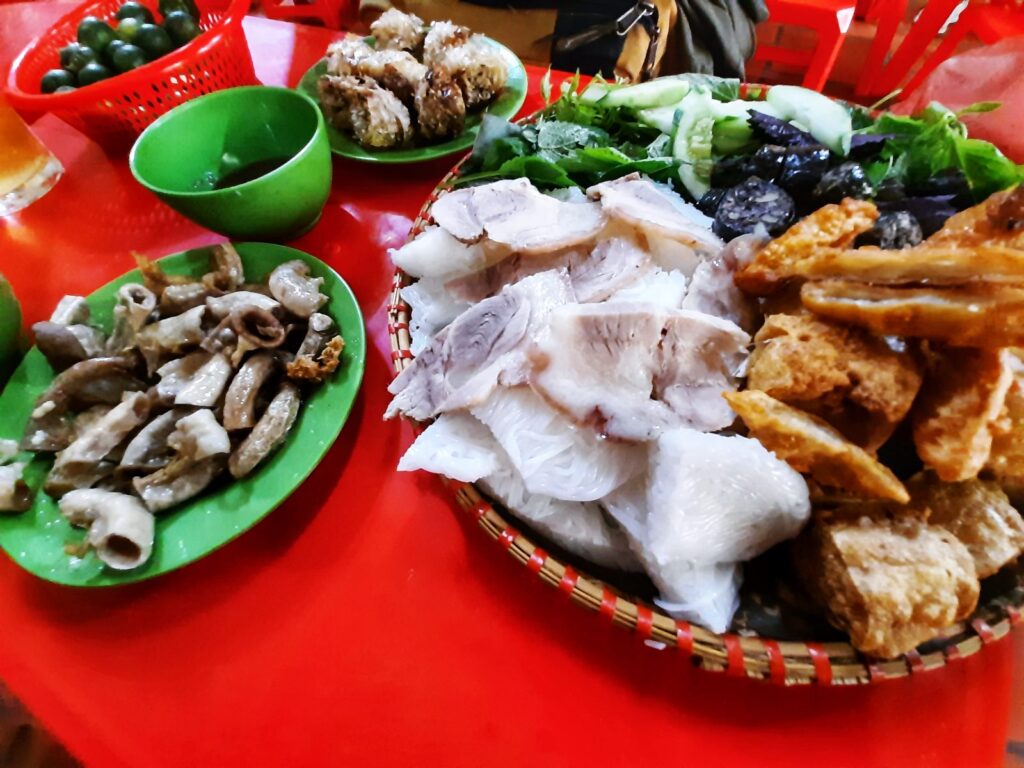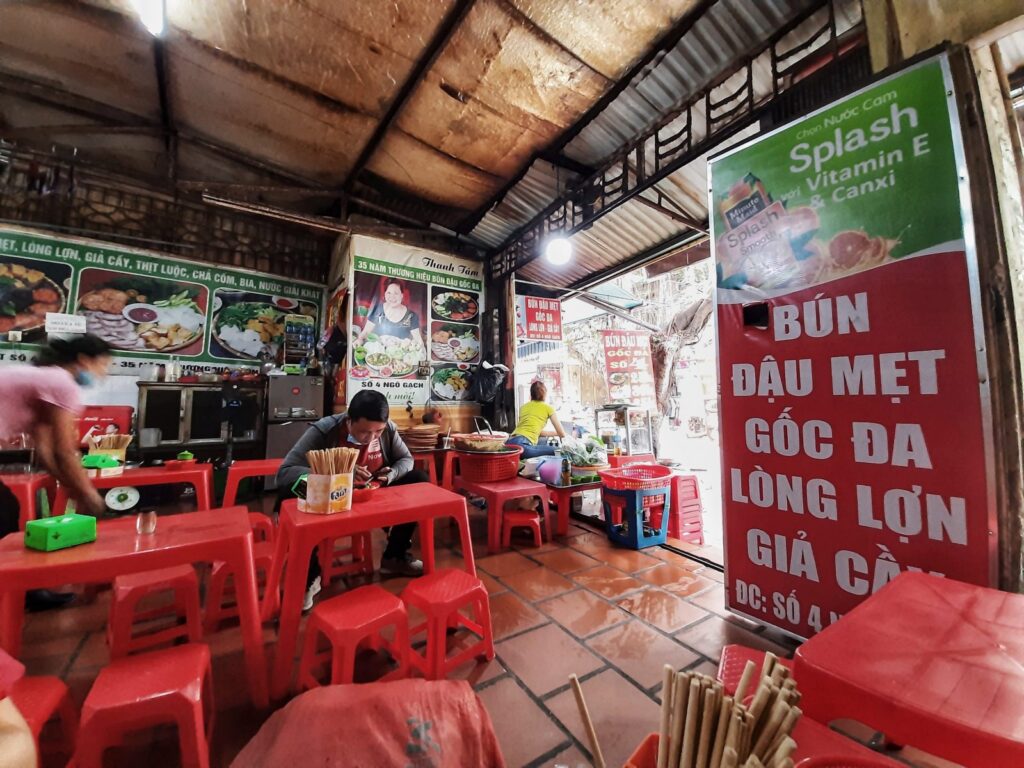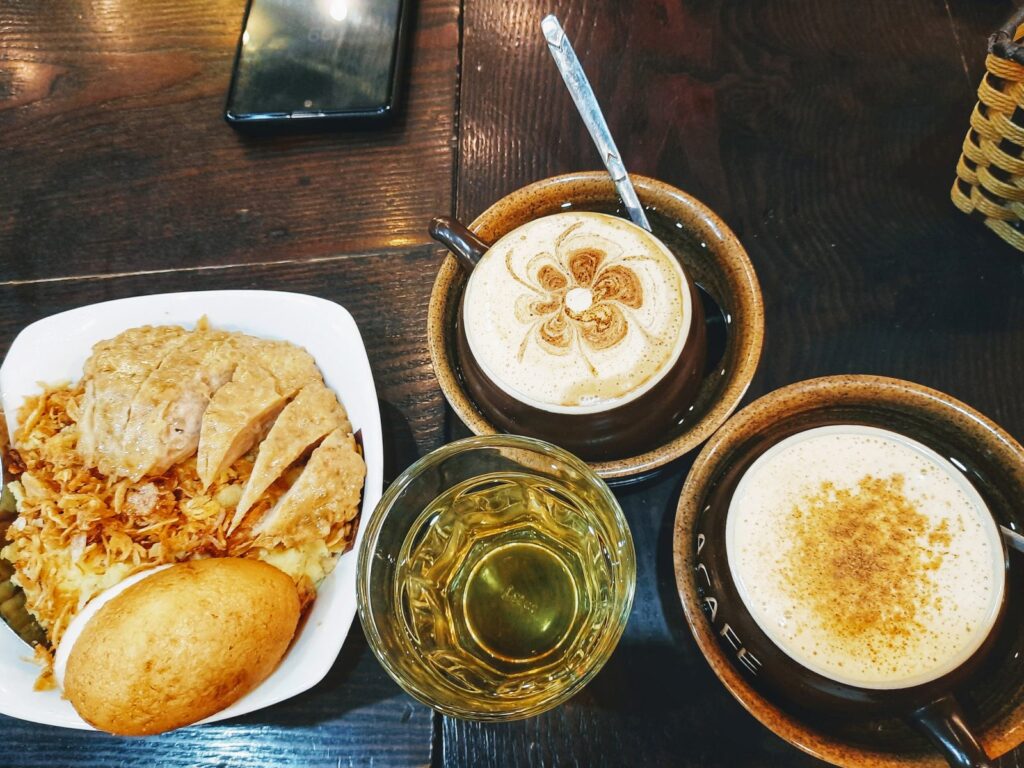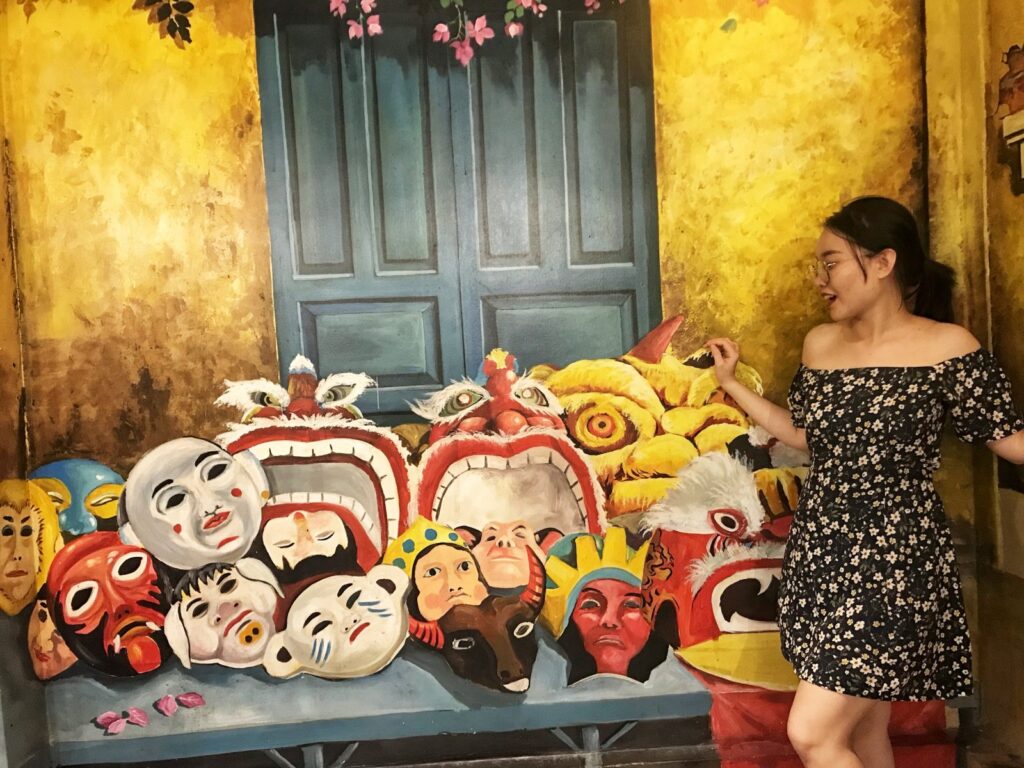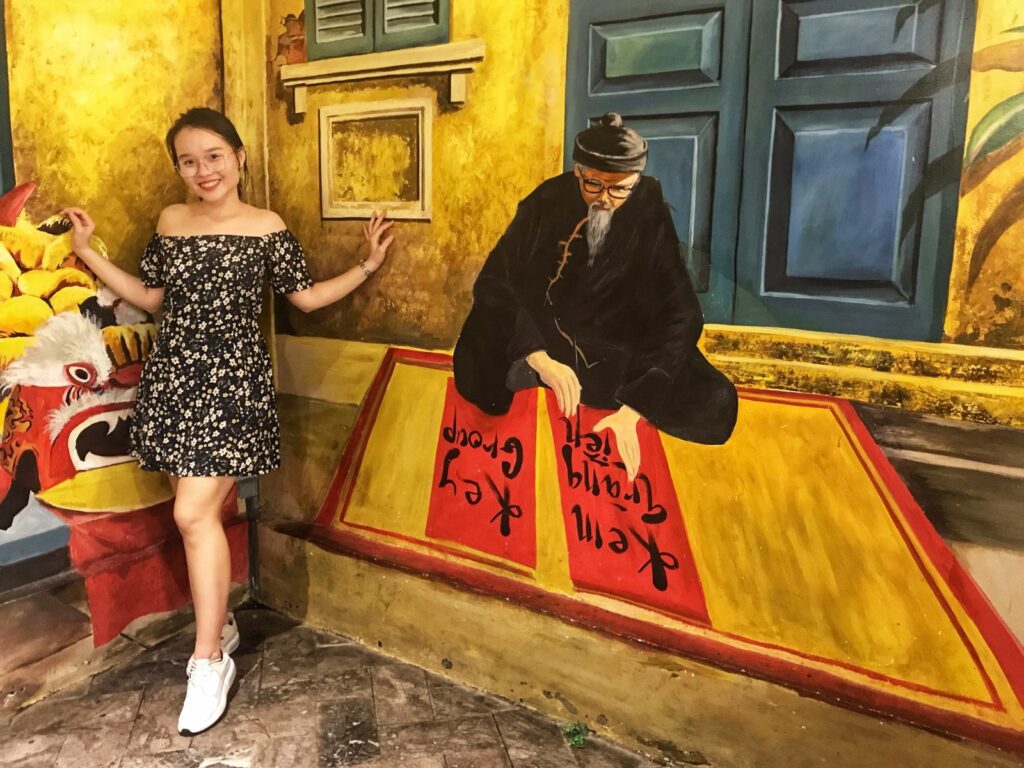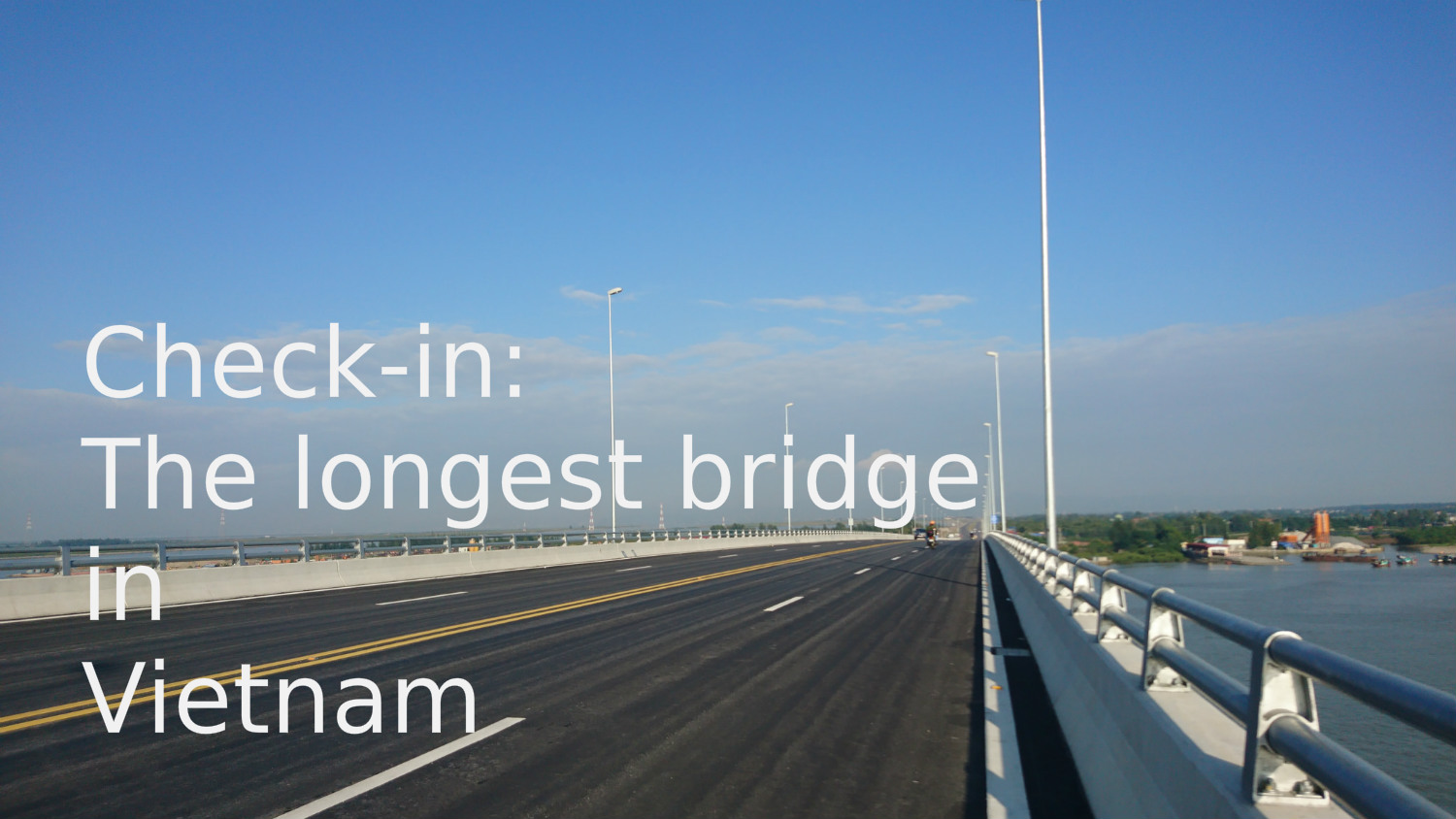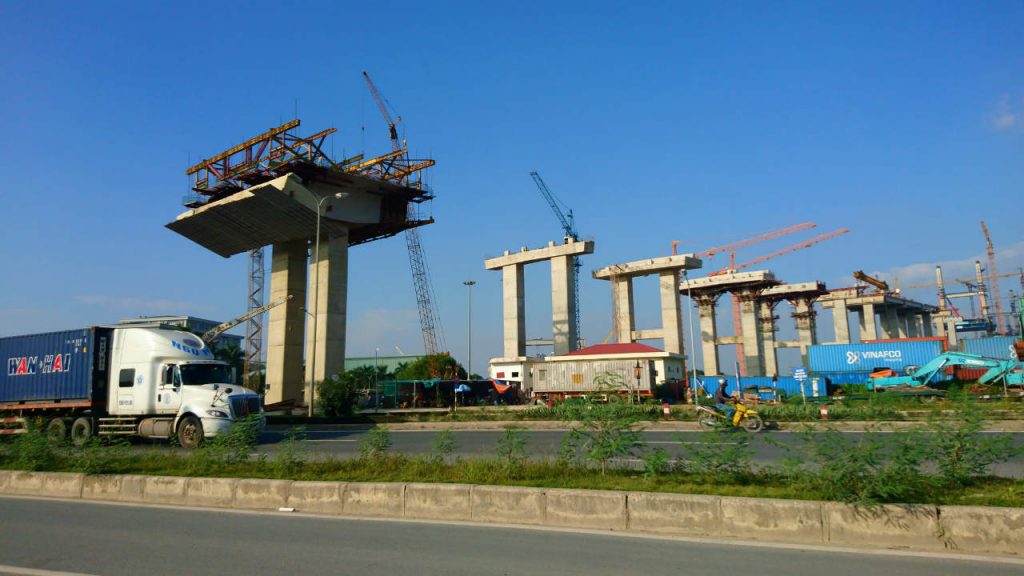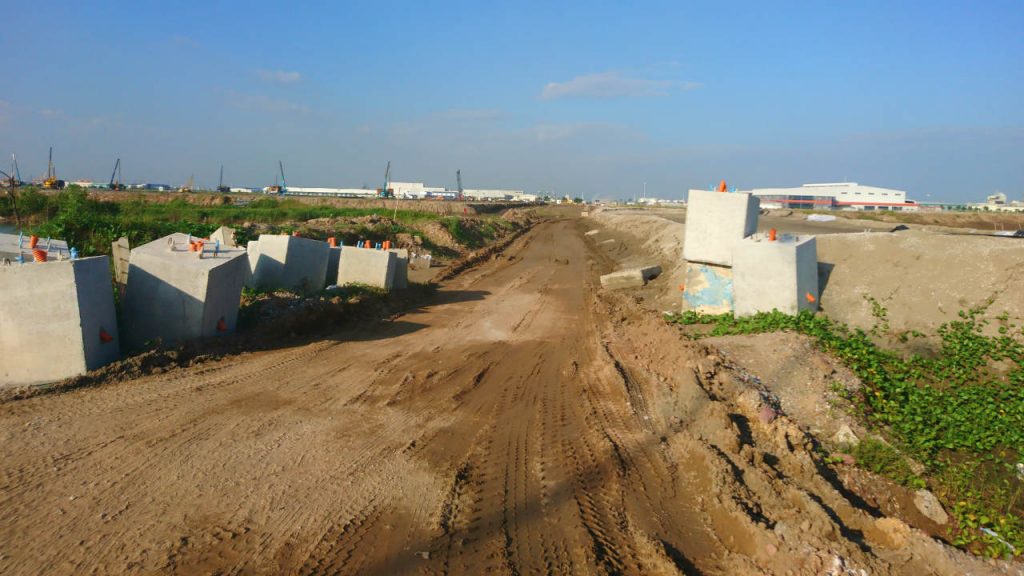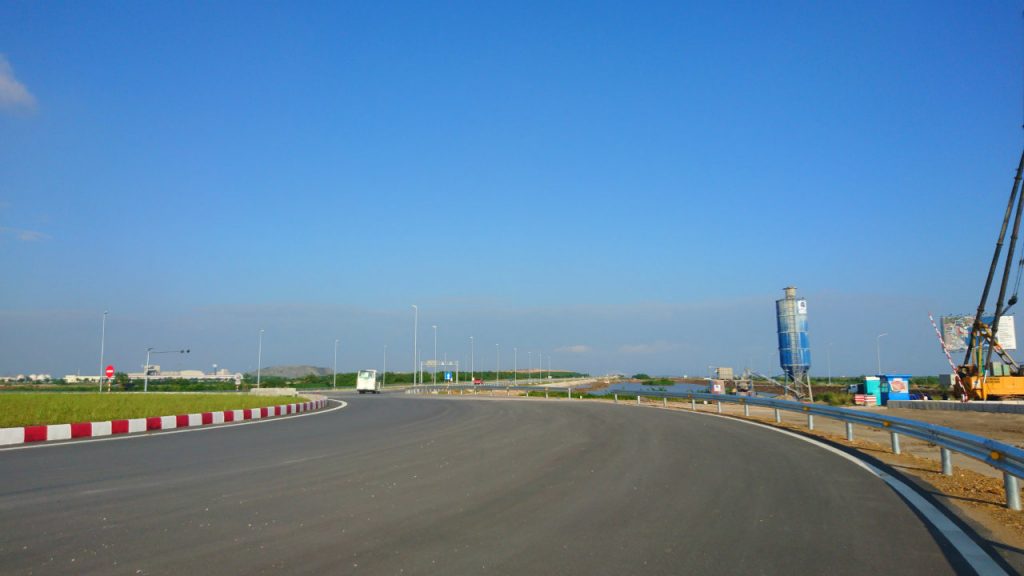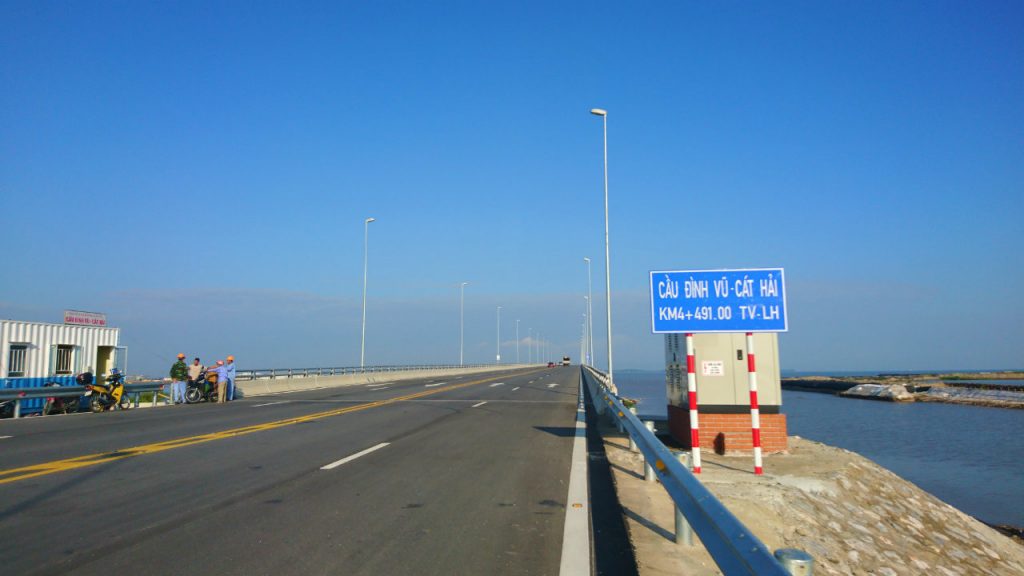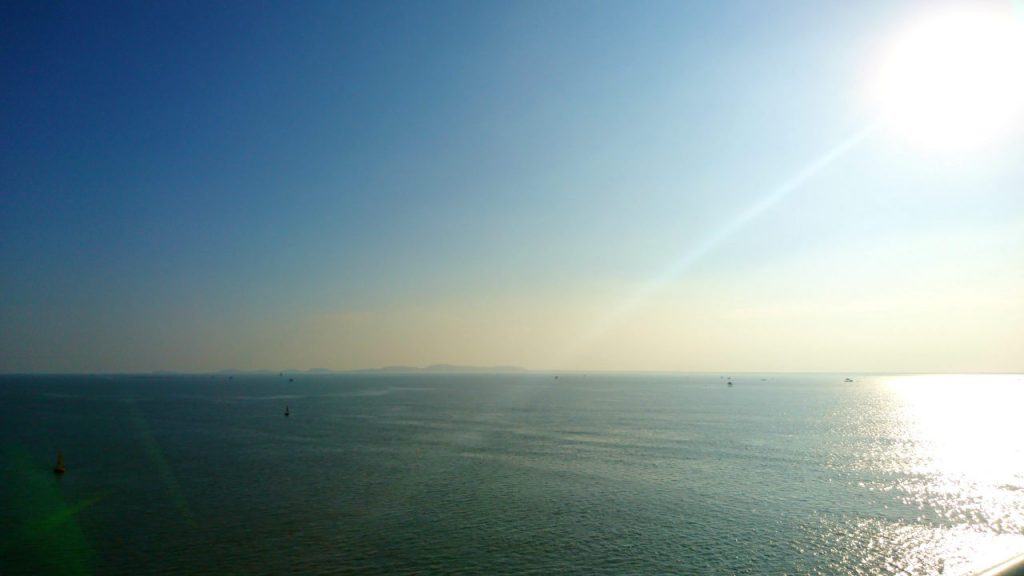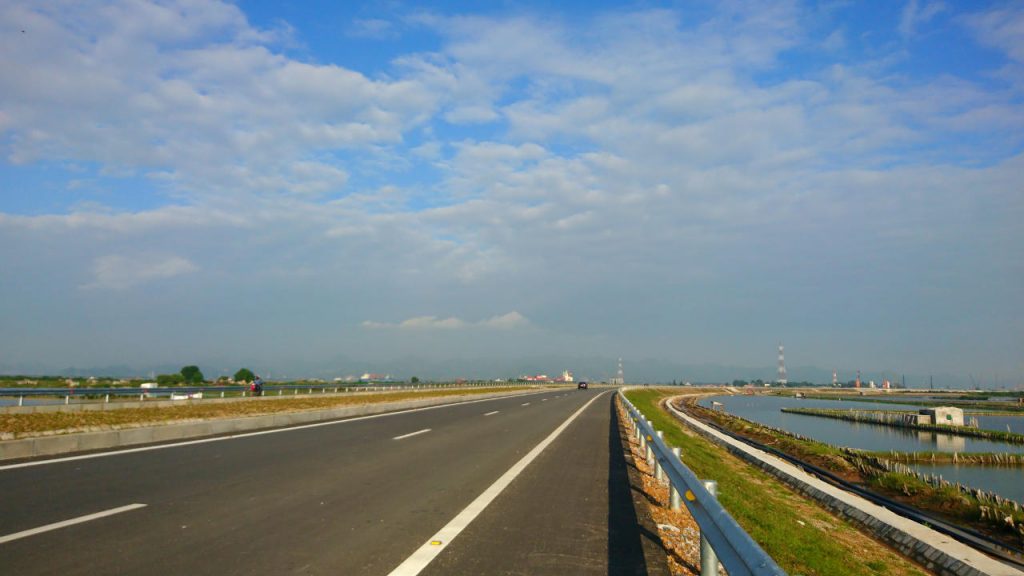On my journey to every provinces in Vietnam, I was surprisingly stunned by gorgeously best beaches in Phu Quoc. I do enjoy vitamin-sea, and the beaches in the ‘Pearl’ island are just wonderful.
Home to some of the most beautiful beaches in the world, Phu Quoc features serene resorts well suited to relax, have fun with family, and experience aquatic adventure. But on the other side, the island also welcomes solo travelers with its natural solitude to immerse into. In this post, we’ll look at some of the best beaches in Phu Quoc.
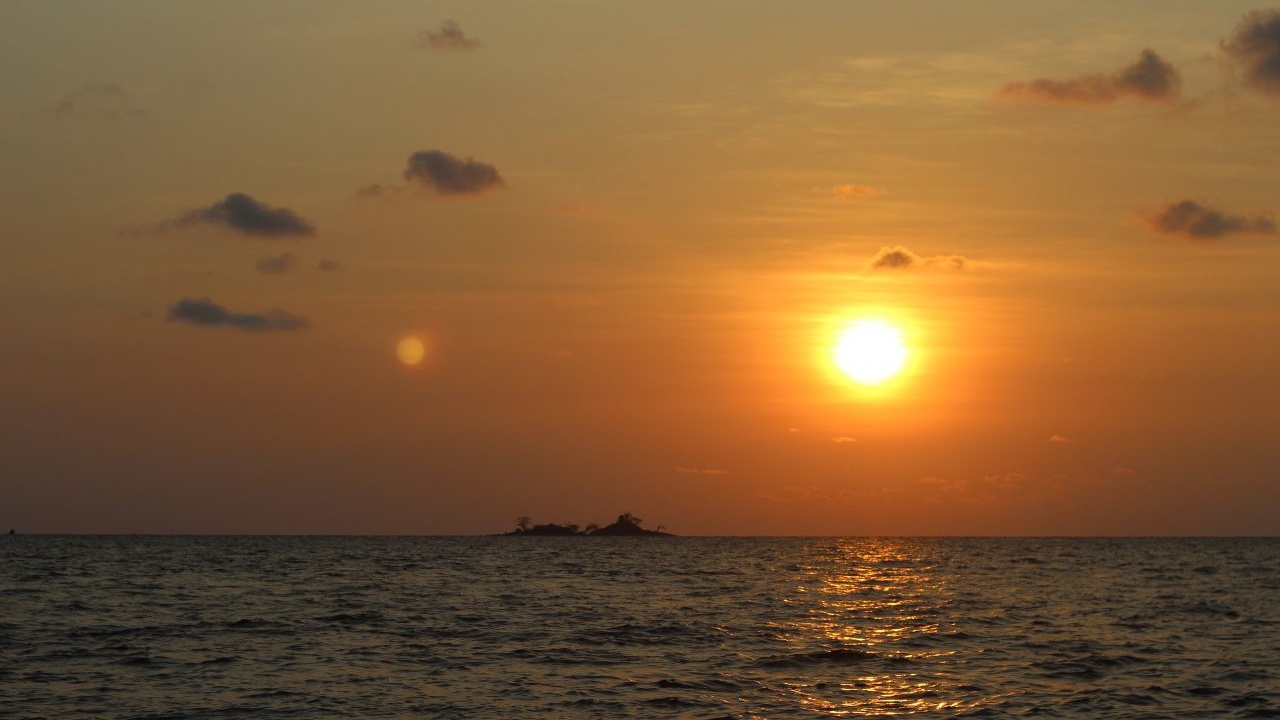
Ganh Dau beach (Gành Dầu)
On the northwest-most point of the island, Ganh Dau is a little serene corner of flour-white sand fringed by the line of coconut. Water is still and shallow, with a cluster of wooden fishing boats anchored offshore. Interestingly, You can even see the several Cambodian islands just a few kilometers away with its blue silhouettes turning fantasies when sun rises and sets. It was exactly what I enjoyed with my travel buddy years ago. We two lay on an ancient coral rock, cheered with cans of beer, some peanut packs and watched the sun disappearing gradually into the skyline. In fact, Ganh Dau is named for the entire northwestern cape, consisting of the picturesque fishing fleet by the calm harbour, next to a bustling fishing town with an active market, local life and, of course, street food. That’s why Ganh Dau is one of my best beaches in Phu Quoc without any doubts.
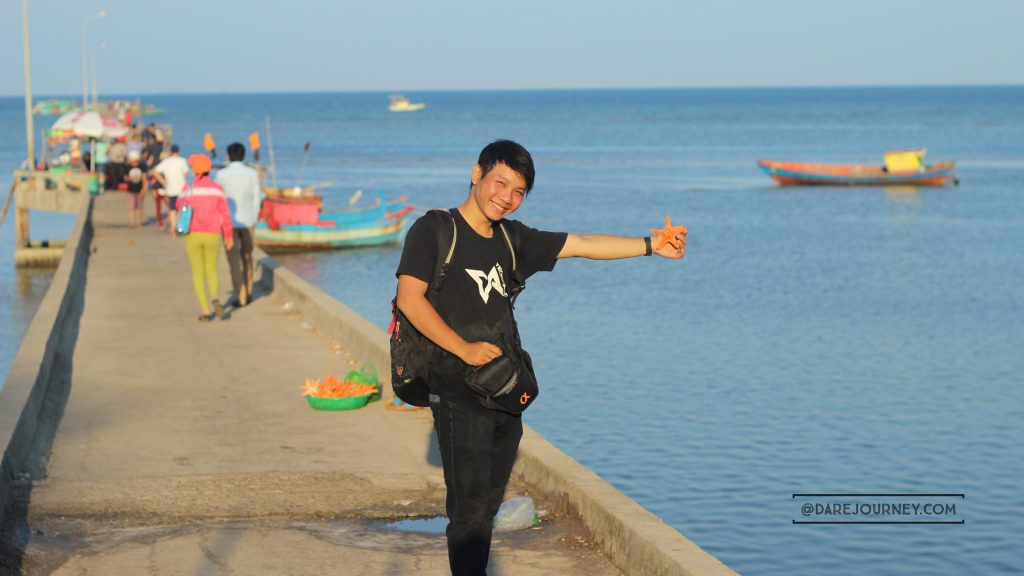
Ham Ninh fishing village
Once a thriving port, Ham Ninh now features fresh seafood and serene landscape. In fact, Ham Ninh doesn’t really have a beach, instead, a cluster of dwellings made out of concrete & corrugated-iron and surrounding a small river mouth, where a long pier reaches into the sea. Nowadays, boats no longer dock here, that pier turns into a seafood-market-cum-outdoor-restaurant. As home to informal eateries and street food stalls, it is particularly popular with budget travelers, who always seek the best and freshest seafood with reasonable price. The pier is definitely an ideal spot for sunset seafood dining.
Duong Dong town & harbour
In the middle of the western coast, the sprawling town is a busy, hustling place where you possibly explore specialty food like “bún khèn” without effort. On the harbour anchors the fleet of wooden tour boats while a new narrow pier stretches to the sea to welcome gigantic cruise ships. There is a beach next to Dinh Cau temple, which is perfect for travelers to sunbathe and watch boats moving back and forth, especially at sunset. It is noted that the beach is littered and crowded on golden hours. The nightlife is also a “specialty” of Duong Dong town with a night market consisting of street food vendors and informal food stalls (Rolled ice-cream and flavoured peanut). During the day, you would probably like to visit the ornate Cao Dai temple which is just a stone’s throw away from the night market.
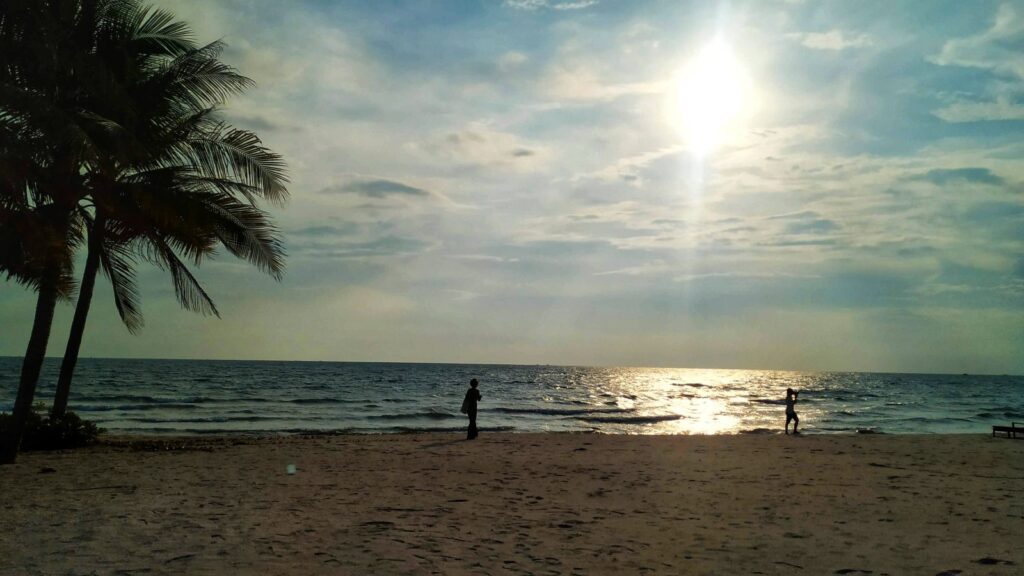
Long beach (Bãi Trường)
Stretching for almost 20km along the southwestern coast of Phu Quoc, Long Beach features yellow sand backed with rows of coconut along. Long beach is home to some of the most high-end resorts like InterContinental Phu Quoc Long Beach (I had a chance to experience in 2019, the beach is ultimately one of the best destinations for sunset, especially viewpoint from the highest bar of Phu Quoc – Ink360), as well as other pampering properties of colossuses like Novotel, Hyatt, etc. Despite the increasing development in construction, you still find serene facets when riding off the main road to the beachward to access some nice swimming spots and enjoy lifestyle bars like Golden Sand Bar, Shri Bar and Sunset Sanato Beach Club,to name a few!
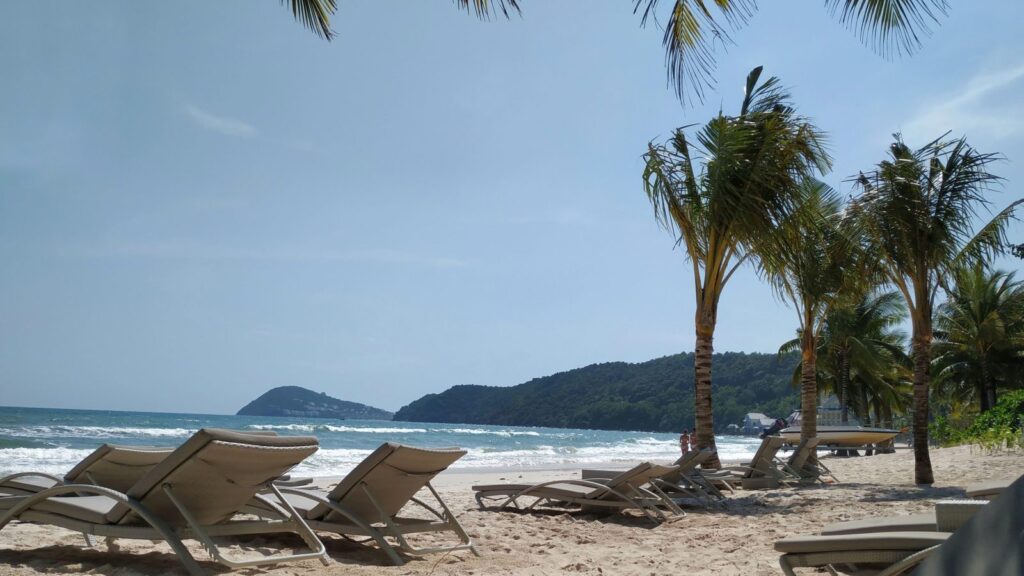
Khem beach (Bãi Khem)
It was my first ever trip to Phu Quoc in 2016 that I had a chance to glance at Khem beach at its purest nature along with a few food shacks for the public access. At dawn, you can even buy the freshest seafood from the fishing boats at a very reasonable price. Now, the beach is home to some of the most luxurious resorts on the island like JW Marriott Emerald Bay and Premier Residences that I visited during a fam trip at the end of 2018. I was particularly impressed by the luxury property of Marriott, whose concept is based on the idea of a fictional university “La Marck”. The slender concrete road leads, along a steep and jungled hillside by the sea, to Ong Doi Cape on which upscale property of Premier Village managed by AccorHotels locates. The secluded area features white villas, including some top-ends even built on stilts over the rocky bay and sandy coves. This place is a wonderland to stay, if you can afford the rate!
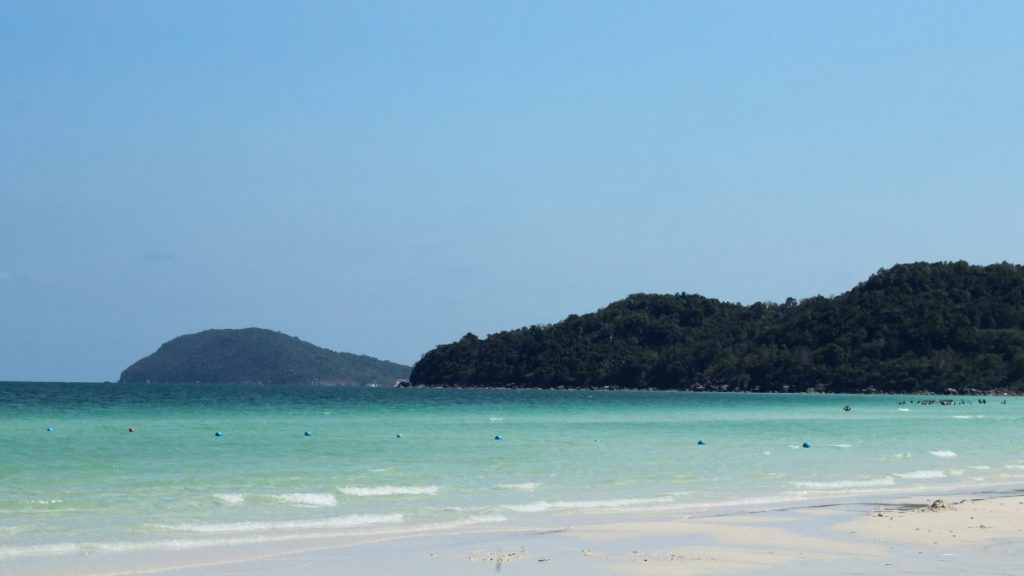
Sao beach (Bãi Sao)
Distinctive turquoise water, a long and attractive stretch of white sand as ice-cream with arcing coconut trees, Sao Beach is one of the best beaches in Phu Quoc and it is accessible to the public. To visit Sao beach at its best, here is the plan: Wake up early at dawn, take a ride to the beach, watch sunrise here, stroll along the stunning sandy bay then you can enjoy a lazy morning with delicious breakfast and fresh coconut before flocks of tourists occupy the beach.
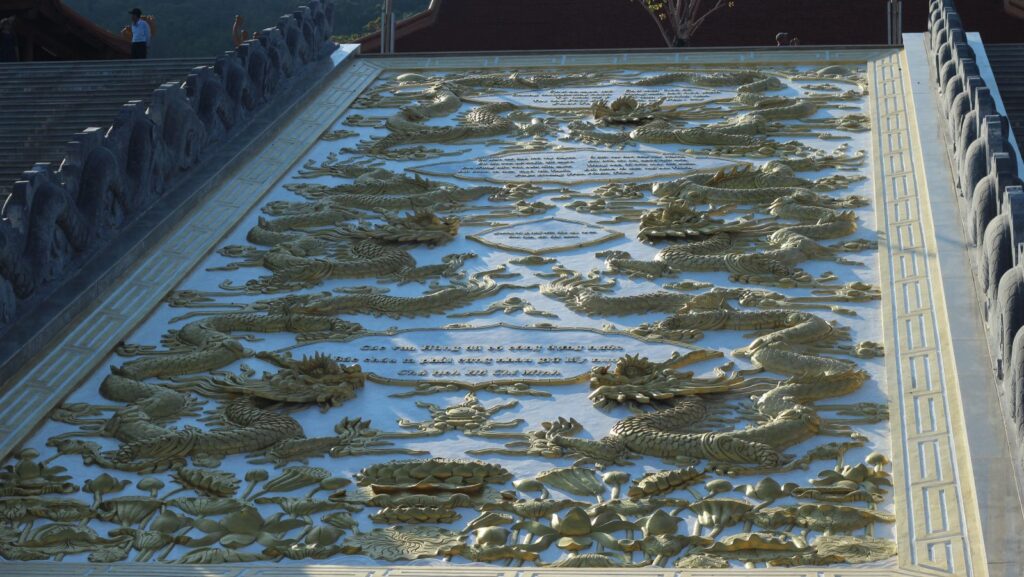
Dam Beach (Bãi Dăm)
Accessed via a scenic concrete road, Bai Dam is a wide bay of jungle by the sea. The most popular attraction here is Ho Quoc Pagoda with the colossal statue of Goddess of Mercy (Quan Âm) and a cluster of shrines, sculptures of Buddism deities and staircases. This is where you enjoy the calm of surroundings, do religious practice or just find your inner voice while observing the beautiful landscape. The religious complex looks over the serene bay with a lapping sea, making it a worldwide excursion.
Dai Beach (Bãi Dài)
With the long stretch of fine sand and turquoise water, Dai Beach is now occupied by luxurious integrated resorts like Vinpearl, where you will indulge in experiences in recreation park, play with friends in waterpark, try some golf game at green courses, safari, try finding your luck with gambles in casino and stay overnight in glamour villas. This is definitely a place for leisure fans!
